Wonder in Mathematics
[verb] + [noun]: Wondering about and creating wonder

My maths autobiography

School maths
I have always loved maths, but the reasons why have changed dramatically over time.
This is my Year 1 work. It reminds me about what I thought it meant to be good at maths: lots of ticks on neat work, especially if it was done quickly.

This attitude was reinforced by my report cards in primary school. A typical one looks like this. Note the focus on speed and accuracy. I loved maths because I was good at it.
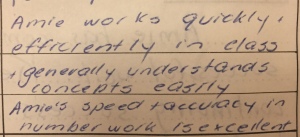
Our Year 2 classroom had a corner filled with self-directed puzzle-type problems. If students finished their work early, they could go to the puzzle corner. I recall spending a lot of time there (my report says I was put in an extension group). Looking back, I’m sad that not every student had the same opportunities to engage with these richer, stimulating problems.
Outside of school, I loved doing and making up puzzles. I looked for patterns everywhere. I was always thinking about different ways to count, to organise, and to get things done more quickly. Growing up on a rural property, I had a lot of chores and time to think. For example, I’d think about how many buckets of oranges I could pick in an hour, how long it would take us to fill an orange picking bin, the different ways I could climb the rungs of the ladder, and so on. But I didn’t connect these ideas to maths.
Most of my school maths memories involve doing exercise after exercise from the textbook, but that was fine by me because I could put a self-satisfied tick next to each neatly done problem (after checking the answer in the back of the book!). I remember one high-school maths project to work out the most efficient way to wrap a Kit Kat in foil. It stands out in my memory because it was so different to the rest of maths class.
There were gaps in my knowledge along the way that I tried to cover up. I missed a month of Year 4 due to illness, and a substantial chunk of that time was devoted to fractions. When I got to algebraic fractions in later years, I would furtively use my calculator on simple examples to see if I could work out the right ‘rule’. Now I congratulate myself on having the sense to work it out for myself by generalising from specific examples. In Year 12 I felt embarrassed for using straws and Blu Tack to make visualisations of 3D coordinate geometry; everyone else could do it in their heads. Now I’m proud that I found a tool to help me make sense of the maths.
In Year 12 I hit a big obstacle. All my grades went downhill, including in maths. My maths report card says that I was ‘prone to panic attacks when working against a time constraint’. I don’t remember that, although I do remember crying (which I almost never do) in my maths teacher’s office and thinking that I didn’t know anything. I realise now that much of my maths schooling was about memorisation but not about understanding, and that it had caught up with me by Year 12.
Despite my mostly mediocre grades (I got a D in physics!), I did okay and was offered several university places. My love of the English language drew me to careers such as law, journalism and psychology. But I had also applied for and been offered a place in mathematics. Despite this, I chose to repeat Year 12. I took maths again because I still enjoyed it. The second time around it seemed to make a lot more sense; my scores were 19 and 19.5 for Maths 1 and 2. At the end of Year 13 I was awarded one of the first UniSA Hypatia Scholarships for Mathematically Talented Women. This boosted my confidence and made University study more affordable for a country kid. So, I decided to do mathematics. I also enrolled in a computer science major because I wasn’t sure what kind of job you could get with a maths degree.
University days
Most of my undergraduate mathematics experience was the same as high school. I got Distinctions or High Distinctions for all my subjects (except Statistics 3B where I scraped a pass). I did most of my thinking in my head and then committed it to paper. I produced beautiful notes, and would rewrite a page if it had a single mistake on it. On reflection, I had a fairly superficial understanding of mathematics, but knew what to do to get good marks. I got disenchanted in the third year of my four-year degree and briefly considered quitting, but I had never quit something so important so I kept going.
At the end of third year, I had an experience that made me sure I wanted to be a mathematician. I attended a Mathematics-in-Industry Study Group. This is a five-day event that draws together around 100 mathematicians. On the first day, we listen to five or six different companies tell us about a problem they have that needs solving. For example, they might say ‘we want to stop washing machines from walking across the floor when they are unbalanced’ or ‘we want to know the best way to pack apples in cartons’. The mathematicians then decide which problem they want to work on, and smaller groups spend the next three and a half days feverishly trying to find a solution.
It was transformative as I witnessed, first-hand, mathematics put into action. I also saw how mathematicians creatively and collaboratively approach solving problems. I watched accomplished mathematicians initially not know how to start. I saw them making mistakes. They had intense (but friendly) discussions about whether something was the right approach. It was a defining moment, because it showed me how mathematics is really done, beyond learning mathematics that’s already known, or applying algorithms without a sense of why we would do so. I saw the true habits of mathematicians in action. I also discovered the important role that communication plays in mathematics, and that I could put my love of the English language to good use.
The transition from doing maths exercises with answers that were ‘perfect’ the first time to the more authentic and messy problem-solving required for mathematical research was not an easy one for me. I found it difficult in my PhD to accept that I was not perfect and that I had to constantly draft and refine both my mathematical ideas and my writing, especially because I had never been taught these skills. But I was helped in being surrounded by more experienced mathematicians who modelled, if not explicitly articulated, that this was how mathematicians really work.
It’s eight years since I was awarded my PhD, and I can now say that I am quite comfortable with this ‘messy’ approach to maths. I like to say that mathematicians are chronically lost and confused, and that is how it is supposed to be . It would be ridiculous for mathematicians to spend their days solving problems that they already know how to solve. So, being uncertain about whether something will work, or uncertain about what to do next, is a natural way for mathematicians to be.
Teaching maths
I started teaching mathematics during my PhD. At first I taught exactly as I had been taught, with procedures and algorithms. But I also didn’t want to respond to a student with ‘Because that’s the rule’, so I started trying to really understand why maths concepts worked the way they did. I learned so much more about maths when I started to explain it to others. The way I taught expanded to include visual ways to think about maths, a variety of representations and approaches, and other flexible ways of thinking. It wasn’t natural to me at first (and at times I still solve arithmetical problems in my head by imagining a pen writing the algorithm) but it has immeasurably enriched my own understanding of mathematical concepts.
I also realised that the way I was taught was not the way I wanted to teach, but I wasn’t sure how to change that. I sought ideas from the internet, and eventually stumbled into the early days of the online community that is the MTBoS (the Math Twitter Blogosphere), although I didn’t realise that until much later. I lurked for a long time because I felt like an outsider: I wasn’t a school teacher (what did I know about education?!) and I wasn’t located in North America. Today I couldn’t imagine teaching without the support of my professional community on Twitter which extends all around the world.
Around five years ago I decided that I could help break the cycle of traditional procedural-based teaching by supporting students, particularly preservice teachers, in experiencing maths in the ways that I and other professional mathematicians do. So, I designed a course that gives students these problem-solving experiences alongside learning skills for thinking and working mathematically. I hold these word clouds from Tracy Zager in my head as a reminder and a motivation of what I am trying to accomplish. (You can read more about how I found them here .)

I still love ‘cracking puzzles’ in maths like I did in Year 2, but my love of maths has expanded to include learning how others think about mathematical ideas. In almost every class I see a student think about a problem in a way I’d never imagined, and I love it. Listening to student thinking is why I’ll never tire of teaching, and it helps me to be a better teacher. I can’t wait to learn from you.
Share this:
5 thoughts on “ my maths autobiography ”.
You are an inspiration Amie – I love that you have shared your journey. It gives me confidence to continue to pursue your approach to teaching mathematics in my role as a mathematics teacher to young people.
Thanks Vanessa. It’s my respect for the work that you and your colleagues do that made me realise I have to learn a lot more about school teaching. So I’m about to start a Master of Teaching. Wish me luck!
I’m inspired about what we can do as a community when we work together. I’ve read a lot of maths autobiographies recently, and they almost all talk about procedurally-based classrooms. But I hope we are making an impact. I can’t wait to read the maths autobiographies of our students!
Thanks for this Amie. My journey in maths has similarities to yours. Unlike you it was not events within the research community that lead me to a transformative experience, rather it was conversations with a mathematics educator that brought things together.
I was capable at what I was asked to do at school. And I certainly remember speed and accuracy being rewarded there. University was more of the same and looking back I learnt how to do well, without any deep understanding. I did get frustrated at the assessment and got a sense that exams were a speed contest, not an opportunity to show deep understanding.
Unfortunately for me I feel as though my honours and postgraduate years were so overly scaffolded that even then I didn’t really learn what it is to do mathematics. No disrespect at all to my supervisor who is one Australia’s finest applied mathematicians – I know he thought he was doing his best by me. At the time, I thought his approach to my “research” internship was entirely appropriate, because it was like my undergraduate years. Looking back I wish he wasn’t so attentive and had me work out things for myself.
I finished my PhD in three years and three weeks and the following day took up my lecturing job in north QLD. This was 1993. I had moved to a department in decline and there was no broad culture of research or doing of mathematics. The most authentic doers of mathematics were actually the physicists on the floor below, but it took me a while to work this out. It was very much a place where we did direct teaching in the way I had experienced as a student.
By 2007 I was in a multi-disciplinary school and my responsibilities extended outside of mathematics into physics and assisting with off-shore delivery of IT. Somehow my efforts in teaching were recognised and I got approached to take a leadership role in the science faculty. It was a role where I had no power. I was supposed to use my “influence” to raise the profile of teaching. This did give me an opportunity to reflect – not on mathematics, but on what we were doing in our BSc – and I decided to focus on numeracy, because I knew this was an issue frequently discussed by the cohort of academics. I got to mix with other learning and teaching people across Australia and be involved in some great projects.
In 2010 I decided I needed some help from somebody with a knowledge of education, because I wanted to formalise some of the work I had been doing. I ended up meeting the mathematics educator, Jo Balatti. I did not ask for her. This was the person the Head of Education got me to meet.
It did not take long before Jo started telling me about her struggles with the maths pedagogy subject. She very quickly got me to realise that I as a mathematician had a responsibility to focus on the cohort of preservice maths teachers. There was a lot of distrust between education and the sciences and maths within the university, so there was not a history of cooperation. But Jo pointed out to me that her students were doing at least four subjects of maths in my discipline before she begins to teach them maths pedagogy in education – and that her experience was these students were very weak when it came to explaining mathematics concepts and procedures.
My interactions with Jo lead to a lot of reflection by me about mathematics and the way it needs to be taught. This is not to say that I had not contemplated this before. Despite my own lack of profile in research mathematics I knew enough from the conference circuit that mathematics is a very powerful bunch of knowledge and pursuits in mathematics are not procedural in nature. However it was not until I thought about Jo’s words that I really began to understand how our approaches in maths teaching were unhelpful.
Jo & I co-wrote a subject for preservice maths teachers – and this subject has given me an opportunity to revisit so much of mathematics – in a way that we hope helps aspiring maths teachers to do a good job. And I agree with the message in the word clouds of Tracy Zager – that there is so much to the body of knowledge we call mathematics that we ought to get across. This includes the messiness of problem solving and the absolute thrill of the light-bulb moments where connections are made and the beauty of the structures within mathematics are revealed.
- Pingback: (Some of) my mathematical journey | L'Infinit: the unfinished business of mathematics
- Pingback: The shape of our mathematical beliefs – Wonder in Mathematics
Leave a comment Cancel reply
Blog at WordPress.com.

- Already have a WordPress.com account? Log in now.
- Subscribe Subscribed
- Copy shortlink
- Report this content
- View post in Reader
- Manage subscriptions
- Collapse this bar

Exploring Mathematical Identities Through Autobiographies
Everyone has a "math story".
Updated January 23, 2024
- Why Education Is Important
- Take our ADHD Test
- Find a Child Therapist
In my discipline, Sociology, analyzing autobiographies, or life histories, has a rich foundation. Such narrative analysis enables us to gain insight into the phenomenological life worlds of both self and others. The quintessential example of a classic sociological study employing the use of autobiographical data is The Polish Peasant in Europe and America by W.I. Thomas and Florian Znaniecki (1918). Their analysis of familial letters exchanged between new immigrants to the U.S. and their family members in Poland shed light on the effects of immigration, industrialization, disintegration, and reorganization. Of course Sociology does not solely lay claim to utilizing the method of autobiographical analysis. Many disciplines – and not just in the social sciences – recognize the value of autobiographies in understanding subjective experiences in a holistic and reflective manner.
Recent collaborations with my colleague Carmen Latterell, who is in the field of Math Education , have demonstrated that math autobiographies can be used by researchers to better understand current and future teachers’ approaches to the study and teaching of mathematics. Researchers who have collected math autobiographies from current teachers as well as from both preservice elementary and secondary teachers have shown that individuals’ written narratives of their experiences with mathematics provide a window to their mathematical identities while also describing experiences with, and feelings toward, math that shape how they approach the teaching of the subject matter in their own classrooms. Mixes of positive and negative experiences with math are revealed in individuals’ math autobiographies. Not surprisingly, one’s teachers and family members have a large effect on one’s attitudes about math. With respect to former teachers, both good and bad experiences shape attitudes about and approaches toward math. While having had good teachers in the past provides future teachers excellent role models and are an inspiration, having had bad teachers also serves as a motivator – in particular, future teachers note that they will be sure not to repeat some of the poor practices and approaches they had to endure from some of their former teachers.
Math autobiographies provided by research participants highlight both minor and major setbacks – in some cases, the writers of the autobiographies express that they sought out alternative methods for learning the material outside of what was being done in the classroom; in other cases, individuals report simply giving up. Sadly, amongst those in the latter group, any sense of self-efficacy with respect to math was lost. Narratives also demonstrate the difference that particular branches of math can make in one’s interest and confidence level. For instance, some individuals indicate that they absolutely loved algebra but hated geometry, or vice versa.
Math is ubiquitous. We don’t need to be math teachers or working in a field that draws heavily from math, such as engineering, to recognize the relevance and daily necessity of mathematical properties. Whether we are measuring ingredients for a meal we are preparing, figuring out the best deal on an item in the store, counting beats as we practice our musical instrument, or computing the number of calories we are burning during our exercise regimen, we are inevitably relying upon our understanding of math. In this sense, each one of us has a math autobiography ; each of us has a math identity . As noted, researchers have collected the math autobiographies of current and future teachers. In the interest of broadening the scope, please share your math autobiography (whether through the comments function on this site or by sending me an email). In essence, describe how you identify yourself mathematically, including how particular people, events, and experiences have shaped who you are mathematically from as early as you remember until now. What is your math story?
Drake, C. (2006). Turning points: Using teachers’ mathematics life stories to understand the implementation of mathematics education reform. Journal of Mathematics Teacher Education, 9, 579-608.
Ellsworth, J. Z., & Buss, A. (2000). Autobiographical stories from preservice elementary mathematics and science students: Implications for K-16 teaching. School Science and Mathematics, 100(7), 355-364.
Guillaume, A. M., & Kirtman, L. (2010). Mathematics stories: Preservice teachers’ images and experiences as learners of mathematics. Issues in Teacher Education, 19(1), 121-143.
Latterell, C.M. & Wilson, J.L. (in press).
McCulloch, A., Marshall, P. L., DeCuir-Gunby, J. T., & Caldwell, T. S. (2013). Math autobiographies: A window into teachers’ identities as mathematics learners. School Science and Mathematics, 113(8), 380-389.
Thomas, W. I. & Znaniecki, F. (1918-1920). The Polish peasant in Europe and America. (5 volumes). Boston: Gorham Press.

Janelle Wilson, Ph.D., is a professor of sociology at the University of Minnesota Duluth.
- Find a Therapist
- Find a Treatment Center
- Find a Psychiatrist
- Find a Support Group
- Find Online Therapy
- United States
- Brooklyn, NY
- Chicago, IL
- Houston, TX
- Los Angeles, CA
- New York, NY
- Portland, OR
- San Diego, CA
- San Francisco, CA
- Seattle, WA
- Washington, DC
- Asperger's
- Bipolar Disorder
- Chronic Pain
- Eating Disorders
- Passive Aggression
- Personality
- Goal Setting
- Positive Psychology
- Stopping Smoking
- Low Sexual Desire
- Relationships
- Child Development
- Self Tests NEW
- Therapy Center
- Diagnosis Dictionary
- Types of Therapy

Sticking up for yourself is no easy task. But there are concrete skills you can use to hone your assertiveness and advocate for yourself.
- Emotional Intelligence
- Gaslighting
- Affective Forecasting
- Neuroscience
100 Best Mathematician Biography Books of All Time
We've researched and ranked the best mathematician biography books in the world, based on recommendations from world experts, sales data, and millions of reader ratings. Learn more
The Immortal Life of Henrietta Lacks
Rebecca Skloot | 5.00
Yet Henrietta Lacks remains virtually unknown, buried in an unmarked grave.
Now Rebecca Skloot takes us on an extraordinary journey, from the “colored” ward of Johns Hopkins Hospital in the 1950s to stark white laboratories with freezers full of HeLa cells; from Henrietta’s small, dying hometown of Clover, Virginia — a land of wooden slave quarters, faith healings, and voodoo — to East Baltimore today, where her children and grandchildren live and struggle with the legacy of her cells.
Henrietta’s family did not learn of her “immortality” until more than twenty years after her death, when scientists investigating HeLa began using her husband and children in research without informed consent. And though the cells had launched a multimillion-dollar industry that sells human biological materials, her family never saw any of the profits. As Rebecca Skloot so brilliantly shows, the story of the Lacks family — past and present — is inextricably connected to the dark history of experimentation on African Americans, the birth of bioethics, and the legal battles over whether we control the stuff we are made of.
Over the decade it took to uncover this story, Rebecca became enmeshed in the lives of the Lacks family—especially Henrietta’s daughter Deborah, who was devastated to learn about her mother’s cells. She was consumed with questions: Had scientists cloned her mother? Did it hurt her when researchers infected her cells with viruses and shot them into space? What happened to her sister, Elsie, who died in a mental institution at the age of fifteen? And if her mother was so important to medicine, why couldn’t her children afford health insurance?
Intimate in feeling, astonishing in scope, and impossible to put down, The Immortal Life of Henrietta Lacks captures the beauty and drama of scientific discovery, as well as its human consequences.
Carl Zimmer Yes. This is a fascinating book on so many different levels. It is really compelling as the story of the author trying to uncover the history of the woman from whom all these cells came. (Source)
A.J. Jacobs Great writer. (Source)
See more recommendations for this book...

Walter Isaacson | 4.93
Elon Musk Quite interesting. (Source)
Bill Gates [On Bill Gates's reading list in 2012.] (Source)
Gary Vaynerchuk I've read 3 business books in my life. If you call [this book] a business book. (Source)

Hidden Figures
The American Dream and the Untold Story of the Black Women Mathematicians Who Helped Win the Space Race
Margot Lee Shetterly | 4.89
Set against the backdrop of the Jim Crow South and the civil rights movement, the never-before-told true story of NASA’s African-American female mathematicians who played a crucial role in America’s space program—and whose contributions have been unheralded, until now.
Before John Glenn orbited the Earth or Neil Armstrong walked on the moon, a group of professionals worked as “Human Computers,” calculating the flight paths that would enable these historic achievements. Among these were a coterie of bright, talented African-American women. Segregated from their white counterparts by...
Before John Glenn orbited the Earth or Neil Armstrong walked on the moon, a group of professionals worked as “Human Computers,” calculating the flight paths that would enable these historic achievements. Among these were a coterie of bright, talented African-American women. Segregated from their white counterparts by Jim Crow laws, these “colored computers,” as they were known, used slide rules, adding machines, and pencil and paper to support America’s fledgling aeronautics industry, and helped write the equations that would launch rockets, and astronauts, into space.
Drawing on the oral histories of scores of these “computers,” personal recollections, interviews with NASA executives and engineers, archival documents, correspondence, and reporting from the era, Hidden Figures recalls America’s greatest adventure and NASA’s groundbreaking successes through the experiences of five spunky, courageous, intelligent, determined, and patriotic women: Dorothy Vaughan, Mary Jackson, Katherine Johnson, Christine Darden, and Gloria Champine.

"Surely You're Joking, Mr. Feynman!"
Adventures of a Curious Character
Richard P. Feynman, Ralph Leighton, Edward Hutchings, Albert R. Hibbs | 4.76
Sergey Brin Brin told the Academy of Achievement: "Aside from making really big contributions in his own field, he was pretty broad-minded. I remember he had an excerpt where he was explaining how he really wanted to be a Leonardo [da Vinci], an artist and a scientist. I found that pretty inspiring. I think that leads to having a fulfilling life." (Source)
Larry Page Google co-founder has listed this book as one of his favorites. (Source)
Peter Attia The book I’ve recommended most. (Source)

A Beautiful Mind
Sylvia Nasar | 4.74
Ariel Rubinstein The story of John Nash is really a human story – I don’t think it sheds much light on game theory. But it gives hope to people dealing with this disease. (Source)
Diane Coyle This is a terrific book for just saying something about what game theory helps to do, without plunging you into all the complicated mathematics of how to do it in practice. (Source)

The Man Who Loved Only Numbers
The Story of Paul Erdős and the Search for Mathematical Truth
Paul Hoffman | 4.72

The Last Lecture
Randy Pausch, Jeffrey Zaslow, et al | 4.71
Gabriel Coarna I read "The Last Lecture" because I had seen Randy Pausch give this talk: https://www.youtube.com/watch?v=ji5_MqicxSo (Source)

His Life and Universe
Walter Isaacson | 4.71
Bill Gates [On Bill Gates's reading list in 2011.] (Source)
Elon Musk I didn't read actually very many general business books, but I like biographies and autobiographies, I think those are pretty helpful. Actually, a lot of them aren't really business. [...] I also feel it’s worth reading books on scientists and engineers. (Source)
Scott Belsky [Scott Belsky recommended this book on the podcast "The Tim Ferriss Show".] (Source)

Tesla, SpaceX, and the Quest for a Fantastic Future
Ashlee Vance | 4.68
Richard Branson Elon Musk is a man after my own heart: a risk taker undaunted by setbacks and ever driven to ensure a bright future for humanity. Ashlee Vance's stellar biography captures Musk's remarkable life story and irrepressible spirit. (Source)
Casey Neistat I'm fascinated by Elon Musk, I own a Tesla, I read Ashlee Vance's biography on Elon Musk. I think he's a very interesting charachter. (Source)
Roxana Bitoleanu A business book I would definitely choose the biography of Elon Musk by Ashlee Vance, because of Elon's strong, even extreme ambition to radically change the world, which I find very inspiring. (Source)

The Man Who Knew Infinity
A Life of the Genius Ramanujan
Robert Kanigel | 4.68
Don't have time to read the top Mathematician Biography books of all time? Read Shortform summaries.
Shortform summaries help you learn 10x faster by:
- Being comprehensive: you learn the most important points in the book
- Cutting out the fluff: you focus your time on what's important to know
- Interactive exercises: apply the book's ideas to your own life with our educators' guidance.

Leonardo da Vinci
Walter Isaacson | 4.63
Bill Gates I think Leonardo was one of the most fascinating people ever. Although today he’s best known as a painter, Leonardo had an absurdly wide range of interests, from human anatomy to the theater. Isaacson does the best job I’ve seen of pulling together the different strands of Leonardo’s life and explaining what made him so exceptional. A worthy follow-up to Isaacson’s great biographies of Albert... (Source)
Satya Nadella Microsoft CEO has plunged into what must be an advance copy of Leonardo da Vinci by Walter Isaacson, who has written biographies of Steve Jobs, Albert Einstein and Ben Franklin. Isaacson’s biography is based on the Renaissance master’s personal notebooks, so you know we’re going to be taken into the creative mind of the genius. (Source)
Ryan Holiday Truly excellent book about one of history’s all time greats. (Source)

Benjamin Franklin
An American Life
Elon Musk I didn't read actually very many general business books, but I like biographies and autobiographies, I think those are pretty helpful. Actually, a lot of them aren't really business. [...] Isaacson's biography on Franklin is really good. Cause he was an entrepreneur and he sort of started from nothing, actually he was just like a run away kid, basically, and created his printing business and sort... (Source)
Brandon Stanton The [biography of Benjamin Franklin] I read. (Source)

The Biography of a Dangerous Idea
Charles Seife | 4.53
Alex Bellos Unlike Ifrah, Charles Seife is a brilliant popular science writer who has here written the ‘biography’ of zero. And even though he doesn’t talk that much about India, it works well as a handbook to Ifrah’s sections on India. Because Seife talks about how zero is mathematically very close to the idea of infinity, which is another mathematical idea that the Indians thought about differently. Seife... (Source)
Bryan Johnson Chronicles how hard it was for humanity to come up with and hold onto the concept of zero. No zero, no math. No zero, no engineering. No zero, no modern world as we know it... (Source)

Never at Rest
A Biography of Isaac Newton
Richard S. Westfall | 4.48
William Newman It’s a magisterial book. It’s the only treatment of Newton that really tries to give a detailed study of the totality of his science alongside his religion and his work on alchemy, which covered more than 30 years. (Source)

The Wright Brothers
David McCullough | 4.48
Ed Zschau A fabulous book. (Source)

Paul Halmos
Celebrating 50 Years of Mathematics
John Ewing, F.W. Gehring | 4.47

How to Change Your Mind
What the New Science of Psychedelics Teaches Us About Consciousness, Dying, Addiction, Depression, and Transcendence
POLLAN MICHAE | 4.47
Daniel Goleman Michael Pollan masterfully guides us through the highs, lows, and highs again of psychedelic drugs. How to Change Your mind chronicles how it’s been a longer and stranger trip than most any of us knew. (Source)
Yuval Noah Harari Changed my mind, or at least some of the ideas held in my mind. (Source)
David Heinemeier Hansson How we get locked into viewing the world, ourselves, and each other in a certain way, and then finding it difficult to relate to alternative perspectives or seeing other angles. Studying philosophy, psychology, and sociology is a way to break those rigid frames we all build over time. But that’s still all happening at a pretty high level of perception. Mind altering drugs, and especially... (Source)

An Astronaut's Guide to Life on Earth
Chris Hadfield | 4.44
James Altucher And while you are at it, throw in “Bounce” by Mathew Syed, who was the UK Ping Pong champion when he was younger. I love any book where someone took their passion, documented it, and shared it with us. That’s when you can see the subleties, the hard work, the luck, the talent, the skill, all come together to form a champion. Heck, throw in, “An Astronaut’s Guide to Earth” by Commander Chris... (Source)
Chris Goward Here are some of the books that have been very impactful for me, or taught me a new way of thinking: [...] An Astronaut's Guide to Life on Earth. (Source)
Simon Carley Also love the idea of being a zero. Totally agree that some of my finest colleagues are that. I’m fact the doc I want to look after me in resus is defo a zero. (Read the book to find out why). (Source)

My Family and Other Animals (Corfu Trilogy #1)
Gerald Durrell | 4.44
M G Leonard It’s a real work of genius and needs to be kept on every child’s bedside table. (Source)

Women in Science
50 Fearless Pioneers Who Changed the World
Rachel Ignotofsky | 4.43

The Ghost Map
The Story of London's Most Terrifying Epidemic—and How It Changed Science, Cities, and the Modern World
Steven Johnson | 4.42
Seth Mnookin The Ghost Map is a book that I oftentimes give to people to show them how cool and exciting and accessible and gripping stories about scientific discoveries can be. (Source)
Alison Alvarez I read the Ghost Map, a book about 1854 London Cholera outbreak. The outbreak was stopped because of a map created by Dr. John Snow. You can see hints of this map in some of our customer discovery tools because it was such an effective way of pinpointing a solution to a seemingly insurmountable problem. (Source)
Stephen Evans Johnson looks at London during a specific moment in time, August 1854, and focuses on a particular incident, an outbreak of cholera in Soho, in Central London. (Source)

Katherine Johnson
Thea Feldman and Alyssa Petersen | 4.42

The Innovators
How a Group of Hackers, Geniuses and Geeks Created the Digital Revolution
Walter Isaacson | 4.41
Chris Fussell The history of how great ideas evolve. (Source)
Brian Burkhart This book is essentially a biography of all the people who’ve led to the technology of today—it’s fascinating. The most important point of the book is everything is one long, connected chain. There isn’t just one person or one industry that makes anything happen—it all goes way back. For example, the communication theory I have espoused and taught throughout my career is from Aristotle, Socrates,... (Source)
Sean Gardner @semayuce @MicrosoftUK @HelenSharmanUK @astro_timpeake @WalterIsaacson Yes, I agree: "The Innovators" is a great book. I loved it too. (Source)

I Want to Be a Mathematician
An Automathography
P.R. Halmos | 4.41

Human Computer
Mary Jackson, Engineer
Andi Diehn and Katie Mazeika | 4.41

My Brain is Open
The Mathematical Journeys of Paul Erdős
Bruce Schechter | 4.38

Mathematicians Are People, Too
Stories from the Lives of Great Mathematicians, Volume 1
DALE SEYMOUR PUBLICATIONS | 4.38

Reaching for the Moon
The Autobiography of NASA Mathematician Katherine Johnson
Katherine Johnson | 4.37

A Mind at Play
How Claude Shannon Invented the Information Age
Jimmy Soni, Rob Goodman | 4.37
Erik Rostad Here is something that recently helped me. It comes from the book A Mind at Play by Jimmy Soni & Rob Goodman. I'll quote the passage directly and then describe how it helped me: "What does information really measure? It measures the uncertainty we overcome. It measure our chances of learning something we haven't yet learned. Or, more specifically: when one thing carries information about... (Source)
Bryan Johnson [Bryan Johnson recommended this book on Twitter.] (Source)

The Facebook Effect
The Inside Story of the Company That is Connecting the World
David Kirkpatrick | 4.37
Dustin Moskovitz [Dustin Moskovitz recommended this book during a Stanford lecture.] (Source)
Craig Pearce If you read to maintain motivation and be entertained, I recommend a few books that in addition to telling great stories, also contain lessons and learnings. You won’t gain many step-by-step type lessons from these books but you will come away realizing that not all startups, regardless of what stage they are in, are as well polished as they make you think. You will realize that they make... (Source)
Angela Pham The Facebook Effect by David Kirkpatrick made me a fan of Mark Zuckerberg and Sheryl Sandberg years ago. I didn’t hesitate to take my current role at Facebook because I feel so strongly about their integrity and leadership, no matter the negative sentiments and media narratives the company has endured recently. (Source)

The Life and Science of Richard Feynman
James Gleick | 4.36
Naval Ravikant I’ve been reading Perfectly Reasonable Deviations, and I’ve also been rereading Genius. (Source)

Failure Is Not an Option
Mission Control from Mercury to Apollo 13 and Beyond
Gene Kranz | 4.36
Dominic D'agostino Gene Kranz has always been a huge inspiration. Just finished his book "Failure is not an option". The level of detail he goes into describing mission control is fantastic. https://t.co/ii5UpJBKty https://t.co/wPc9anl07C (Source)

Fate Is the Hunter
Ernest K. Gann | 4.35

William Dunham | 4.35

Women in Mathematics
The Addition of Difference
Claudia Henrion | 4.34

Computer Decoder
Dorothy Vaughn, Computer Scientist
Andi Diehn and Katie Mazeika | 4.34

An Informal History of Liquid Rocket Propellants
John Drury Clark, Isaac Asimov | 4.34
Elon Musk There is a good book on rocket stuff called Ignition! [An informal history of liquid rocket propellants] by John Clark, that’s a really fun one. (Source)

The Cuckoo's Egg
Clifford Stoll | 4.33
Rick Klau @AtulAcharya @stevesi Same. Read it in college, realized I was more excited about the tech than what I was studying -- and Cliff did such a great job helping you understand what was going on. Such a great book. (Source)
James Stanley "The Cuckoo's Egg" by Clifford Stoll is another great book. I believe it's the first documented account of a computer being misused by a remote attacker. It talks about how Clifford attached physical teleprinters to the incoming phone lines so that he could see what the attacker was actually doing on the computer, and how he traced the attacker across several countries. (Source)

Bitcoin Billionaires
A True Story of Genius, Betrayal, and Redemption
Ben Mezrich | 4.33
Kim Dotcom The Winklevoss brothers mailed me this awesome must-read book #bitcoinbillionaires with a really nice personal note. Thank you @winklevoss and @tylerwinklevoss. Facebook was stolen from you but what you’ve created since then is even more impressive. Crypto is the future. https://t.co/iAkfU1Dm65 (Source)
Bill Lee Thank you @tylerwinklevoss @winklevoss for sending me the must read @benmezrich book with the nice signed note. You guys are ushering in the crypto revolution and have captured lightning in a bottle again. #respect #BitcoinBillionaires https://t.co/QNaJLkQPJa (Source)

Leonhard Euler
Mathematical Genius in the Enlightenment
Ronald S. Calinger | 4.33
Robin Wilson Ron (Source)

DK Life Stories
Ebony Joy Wilkins and Charlotte Ager | 4.32

Prime Obsession
Bernhard Riemann and the Greatest Unsolved Problem in Mathematics
John Derbyshire | 4.32

The Undoing Project
A Friendship That Changed Our Minds
Michael Lewis | 4.31
Doug McMillon Here are some of my favorite reads from 2017. Lots of friends and colleagues send me book suggestions and it's impossible to squeeze them all in. I continue to be super curious about how digital and tech are enabling people to transform our lives but I try to read a good mix of books that apply to a variety of areas and stretch my thinking more broadly. (Source)
David Heinemeier Hansson Michael Lewis is just a great storyteller, and tell a story in this he does. It’s about two Israeli psychologists, their collaboration on the irrationality of the human mind, and the milestones they set with concepts like loss-aversion, endowment effect, and other common quirks that the assumption of rationality doesn’t account for. It’s a bit long-winded, but if you like Lewis’ style, you... (Source)
Francisco Perez Mackenna This summer, Mackenna is learning more about the birth of behavioral economics, the psychology of white collar crime, and the restoration of American cities as locations of economic growth. (Source)

NASA Mathematician Katherine Johnson NASA Mathematician Katherine Johnson
Heather E. Schwartz | 4.31

American Prometheus
The Triumph & Tragedy of J. Robert Oppenheimer
Kai Bird, Martin J. Sherwin | 4.31
David Blaine One of the more fascinating men that I’ve read about. (Source)

Fourteen Billion Years of Cosmic Evolution
Neil deGrasse Tyson, Vikas Adam, et al | 4.31

A Year in Space, A Lifetime of Discovery
Scott Kelly | 4.31
Eric Ries Kelly spent a record-breaking year in space and this book is a fascinating account of that time and what he learned about humanity and himself. (Source)
Anoop Anthony Reading Endurance puts things in perspective; some of us have callings with remarkable purpose — the very future of humankind — at significant risk to one's own life and creature comforts. It may sound corny, but it makes one wonder: can the work we do in our industries and businesses have a higher purpose than just commercial success? (Source)

Thunderstruck
Erik Larson | 4.31
Timothy J. Jorgensen I chose this book because radio waves are a type of radiation. (Source)

Margot Lee Shetterly | 4.31
Based on the New York Times bestselling book and the Academy Award–nominated movie, author Margot Lee Shetterly and illustrator Laura Freeman bring the incredibly inspiring true story of four black women who helped NASA launch men into space to picture book readers!
Dorothy Vaughan, Mary Jackson, Katherine Johnson, and Christine Darden were good at math… really good.
They participated in some of NASA's greatest successes, like providing the calculations for America's first journeys into space. And they did so during a time when being black...
They participated in some of NASA's greatest successes, like providing the calculations for America's first journeys into space. And they did so during a time when being black and a woman limited what they could do. But they worked hard. They persisted. And they used their genius minds to change the world.
In this beautifully illustrated picture book edition, we explore the story of four female African American mathematicians at NASA, known as "colored computers," and how they overcame gender and racial barriers to succeed in a highly challenging STEM-based career.
"Finally, the extraordinary lives of four African American women who helped NASA put the first men in space is available for picture book readers," proclaims Brightly in their article "18 Must-Read Picture Books of 2018." "Will inspire girls and boys alike to love math, believe in themselves, and reach for the stars."

Rocket Boys (Coalwood #1)
Homer Hickam | 4.30

Women Who Count
Honoring African American Women Mathematicians
Shelly M. Jones | 4.30

Hidden Valley Road
Inside the Mind of an American Family
Robert Kolker | 4.30

The Boy Who Harnessed the Wind
Creating Currents of Electricity and Hope
William Kamkwamba, Bryan Mealer | 4.30
Cambridge Analytica and the Plot to Break America
Christopher Wylie | 4.30

Wizard: The Life and Times of Nikola Tesla
Biography of a Genius
Marc Seifer | 4.30

Black Pioneers of Science and Invention
Louis Haber | 4.28

Hope Jahren | 4.28

Lost in Math
How Beauty Leads Physics Astray
Sabine Hossenfelder | 4.28
Barbara Kiser This is a firecracker of a book—a shot across the bows of theoretical physics. Sabine Hossenfelder, a theoretical physicist working on quantum gravity and blogger, confronts failures in her field head-on. (Source)

Love and Math
The Heart of Hidden Reality
Edward Frenkel | 4.27

The True Story of a Lone Genius Who Solved the Greatest Scientific Problem of His Time
Dava Sobel, Neil Armstrong | 4.26
Richard Branson Today is World Book Day, a wonderful opportunity to address this #ChallengeRichard sent in by Mike Gonzalez of New Jersey: Make a list of your top 65 books to read in a lifetime. (Source)
Alan Turing
Andrew Hodges, Douglas Hofstadter | 4.26
George Dyson Alan Turing was born exactly 100 years ago, [editor’s note: this interview was done in 2012] and died aged 41. In those 41 years he led an amazing life that is covered with extraordinary grace, complexity and completeness by Andrew Hodges in this biography. It was first published in 1983 and remains in print. (Source)

Ghost in the Wires
My Adventures as the World's Most Wanted Hacker
Kevin Mitnick, Steve Wozniak, William L. Simon | 4.25
If they were a hall of fame or shame for computer hackers, a Kevin Mitnick plaque would be mounted the near the entrance. While other nerds were fumbling with password possibilities, this adept break-artist was penetrating the digital secrets of Sun Microsystems, Digital Equipment Corporation, Nokia, Motorola, Pacific Bell, and other mammoth enterprises. His Ghost in the Wires memoir paints an action portrait of a plucky loner motivated by a passion for trickery, not material game. (P.S. Mitnick's capers have already been the subject of two books and a movie. This first-person account is...
If they were a hall of fame or shame for computer hackers, a Kevin Mitnick plaque would be mounted the near the entrance. While other nerds were fumbling with password possibilities, this adept break-artist was penetrating the digital secrets of Sun Microsystems, Digital Equipment Corporation, Nokia, Motorola, Pacific Bell, and other mammoth enterprises. His Ghost in the Wires memoir paints an action portrait of a plucky loner motivated by a passion for trickery, not material game. (P.S. Mitnick's capers have already been the subject of two books and a movie. This first-person account is the most comprehensive to date.)
Richard Bejtlich In 2002 I reviewed Kevin Mitnick's first book, The Art of Deception. In 2005 I reviewed his second book, The Art of Intrusion. I gave both books four stars. Mitnick's newest book, however, with long-time co-author Bill Simon, is a cut above their previous collaborations and earns five stars. As far as I can tell (and I am no Mitnick expert, despite reading almost all previous texts mentioning... (Source)
Antonio Eram This book was recommended by Antonio when asked for titles he would recommend to young people interested in his career path. (Source)
Nick Janetakis I'm going to start reading Ghost in the Wires by Kevin Mitnick this week. I used to go to 2600 meetings back when he was arrested for wire fraud and other hacking related shenanigans in the mid 1990s. I'm fascinated by things like social engineering and language in general. In the end, I just want to be entertained by his stories. For someone who is into computer programming, a book like this... (Source)

My Inventions
The Autobiography of Nikola Tesla
Nikola Tesla | 4.25
Elon Musk I didn't read actually very many general business books, but I like biographies and autobiographies, I think those are pretty helpful. Actually, a lot of them aren't really business. [...] I think it's also worth reading books on scientists and engineers. Tesla, obviously. (Source)

My Stroke of Insight
A Brain Scientist's Personal Journey
Jill Bolte Taylor | 4.24
Maya Zlatanova [One of the books that had the biggest impact on Maya.] (Source)

Why Fish Don't Exist
A Story of Loss, Love, and the Hidden Order of Life
Lulu Miller | 4.24

Angles of Reflection
Joan L. Richards | 4.23

Men of Mathematics
E.T. Bell | 4.23

A Mathematician's Apology
G. H. Hardy, C. P. Snow | 4.23
Marcus du Sautoy Yes, it really appealed to me when I read it as a kid because I was interested in music, I played the trumpet, I loved doing theatre, and somehow GH Hardy in that book revealed to me how much mathematics is a creative art as much as a useful science. In fact he probably goes further, he really revels in the beauty of the subject and says he’s not particularly interested in the applications. That... (Source)

Plague of Corruption
Restoring Faith in the Promise of Science
Kent Heckenlively | 4.23

One Scientist's Intrepid Search for the Truth about Human Retroviruses and Chronic Fatigue Syndrome (ME/CFS), Autism, and Other Diseases
Kent Heckenlively | 4.22

Abel's Proof
An Essay on the Sources and Meaning of Mathematical Unsolvability
Peter Pesic | 4.22

Beyond Banneker
Black Mathematicians and the Paths to Excellence
Erica N. Walker | 4.22

Mathematicians are People, Too
Stories from the Lives of Great Mathematicians (Volume Two)
Luetta Reimer, Wilbert Reimer, et al. | 4.18

God Created the Integers
The Mathematical Breakthroughs That Changed History
Stephen Hawking | 4.18
The Clockwork Universe
Isaac Newton, the Royal Society, and the Birth of the Modern World
Edward Dolnick | 4.17

Remarkable Mathematicians
From Euler to Von Neumann
Ioan James | 4.17

A Mathematician Grappling with His Century
Laurent Schwartz and S. Schneps | 4.17

Adventures of a Mathematician
S. M. Ulam, Daniel Hirsch, et al. | 4.16

The Random Walks of George Polya
George Pólya and Gerald L. Alexanderson | 4.15

Uncanny Valley
Anna Wiener | 4.14
Can Duruk Interesting thread about @annawiener’s book. I’d like us, as the tech industry, to move past framing every single criticism or commentary on our work as “anti tech screed”. Seems like books like this are key, but it requires an open and inquisitive mind more than anything. https://t.co/OCCgGyScwQ (Source)
Kara Swisher @AmyAlex63 @GuardianUS Agreed but it is a great book and very sly (Source)
Robert Went Great book! Uncanny Valley author @annawiener on the stories tech companies tell themselves. My hope is to provide an ordinary employee’s perspective, which is one that for many different reasons is harder for a lot of people to share publicly https://t.co/sUzc5wJeCk (Source)

Code-Breaker and Mathematician Alan Turing
Heather E. Schwartz | 4.14

More Mathematical People
Donald J. Albers, Gerald L. Alexanderson, Constance Reid | 4.13

Prisoner's Dilemma
William Poundstone | 4.13

Constance Reid | 4.13
How Microsoft's Mogul Reinvented an Industry--and Made Himself the Richest Man in America
Stephen Manes, Paul Andrews | 4.12
Returning to Earth
Buzz Aldrin | 4.12

Summary and Analysis of Hidden Figures: The American Dream and the Untold Story of the Black Women Mathematicians Who Helped Win the Space Race
Based on the Book by Margot Lee Shetterly
Worth Books | 4.10

Maurice Mashaal and Anna Pierrehumbert | 4.09

The Mathematician's Shiva
Stuart Rojstaczer | 4.09

Mathematical Apocrypha Redux
More Stories and Anecdotes of Mathematicians and the Mathematical (Spectrum)
Steven Krantz | 4.07

Einstein's Italian Mathematicians
Ricci, Levi-Civita, and the Birth of General Relativity
Judith R. Goodstein | 4.07

John Von Neumann
Norman MacRae | 4.06

Out of the Mouths of Mathematicians
Rosemary Schmalz | 4.05

Mathematical People
Profiles and Interviews
Donald Albers, Gerald L. Alexanderson | 4.04

Math Equals
Biographies of Women Mathematicians+related Activities
Teri Perl | 4.04

Alan M. Turing
Sara Turing | 4.02

Edmund Morris | 4.02

Norbert Wiener--A Life in Cybernetics: Ex-Prodigy: My Childhood and Youth and I Am a Mathematician
The Later Life of a Prodigy
Norbert Wiener and Ronald R. Kline | 4.00

Mathematicians
An Outer View of the Inner World
Mariana Cook | 4.00

The Man Who Knew The Way to the Moon
Todd Zwillich | 3.98

Discovering Each Teacher's "Math Autobiography"
What are the most powerful memories you have about learning math? Did it always feel fun and easy, supported by parents and teachers who gave you confidence? Was it generally enjoyable, but marred by a few bad experiences, like mean teachers, critical parents, and traumatic life events that impacted school? Or has math long felt like a struggle - one where you never received support?
These home and school experiences shape the way we each think about our abilities - and thus, how much we gravitate to, persevere at, and ask for help with our school subjects. They are especially impactful in math, where students may hear the phrase "I'm not a math person" - which conveys the common erroneous belief that math is something you either "get" or you don't. These experiences are a part of each person's "math identity". To support students to be successful mathematicians, teachers must understand the math identities their students bring to the classroom, and commit to being a positive force in shaping them for the future.
Hear Dr. Kim Melgar talk about Preventing and Overcoming Math Trauma on the Mindful Math podcast.
But first, teachers must understand their own math identities. Only by exploring their experiences can they identify how they may replicate their own traumas and biases - or, conversely, re-create the fun, engaging math classrooms and mentor relationships they remember. This is true whether you're a high school calculus teacher or an elementary school teacher who dislikes math. Those for whom math has always "come easily" may need to learn more diverse strategies for breaking down concepts and remaining patient as learners struggle through a task. Those who had punishing or demeaning adults in their lives, or had teachers who simply did not know how to break down a problem, may need to relearn their own confidence and acquire math pedagogy skills. For all groups, remembering the caring, patient, and supportive adults they still cherish, is a welcome reminder of just how much impact one teacher can make.
In our Relay teacher preparation curriculum for math teachers, we start by asking Relay students to write their own math autobiography. The exercise works like this:
- Relay students read this article by North Carolina State University researchers Allison W. McCulloch, Patricia L. Marshall, Jessica T. DeCuir-Gunby and Ticola S. Caldwall
- Relay students write their own math autobiography as well as a reflection on it, answering these questions:
- ~Consider the beliefs you named in the pre-work about what it means to teach math, who can learn math, and how math should be taught. How have your experiences with math informed how you currently think?
- ~ What do you want all students to believe about math based on their experience with you this year?
- ~What, if anything, do you need to change about your beliefs and mindsets in order to help all students believe this?
- ~What support might you need to shift these beliefs and mindsets?
- Relay students then share portions of their autobiographies and reflections in class as the basis of discussion, connection, and greater self-understanding
During this exercise, we often hear Relay students say things like, “I feel affirmed” or “Wow, I thought math just wasn’t for me, but I see now how I was taught that”, or “I didn’t realize that this previous experience caused trauma for me in math”. Students may describe how it felt to be the only person of color in advanced math classes, or other experiences related to how their identity - from race, to gender, disability, sexuality, religion, nationality, perceived family income, and more - led others to make assumptions about them and either limit or support their math confidence. For many, it is the first time really confronting the idea of trauma within school, and how they still carry the negative experiences today. But nearly everyone can also remember a teacher, parent, or mentor who connected with them, supported them, and turned them on the path to teaching. These are the "aha" moments that will shape teachers' classrooms for years to come.
If you are a school or school system leader and want to learn more about enrolling prospective teachers or currents in a teacher residency and/ or masters degree program, start on our Locations page to see the programs available in your state.

Dr. Kim Melgar
Kim Melgar is the Department Chair, Mathematics at Relay Graduate School of Education. This is her 15th year in what she describes as the best field - education. Kim taught middle school math and science and served as an instructional coach in the South Bronx before joining Relay, where she has also taught aspiring teachers as an adjunct and assistant professor. Kim is passionate about all things math, including how to create inclusive math classrooms through UDL, support multilingual learners, and help teachers and students see themselves as “math people.”
Sign up for our monthly newsletter for more expert insights from school and system leaders.
Math is for everyone
Mathematical, autobiography.
This math autobiography is the story of who I am as a mathematician. Everyone has a math journey, but every journey is unique. My math journey has had a profound impact on my identity — chance is that yours has too. When we share, we can better understand each other.

Before birth
That's my grandma. My mom is wearing pigtails, and next to her is my aunt. I come from a line of driven and entrepreneurial women. My mom graduated from college in Southern California and started her own business with my aunt. They owned a card shop for 14 years.
Meet my dad - he plays the guitar and likes to ride his bike. My brother and I are three years apart. Growing up I loved helping my brother with his math homework because people told me I was good at it. We went to the same K - 8 school in California. The teachers gave my brother points for acting out. He hated school.


Middle School
Gina and Audrey were my two closest friends in middle school. That's us! I was one of only two girls tracked for advanced math. I was proud, but embarrassed. What did I do? Did I deserve to be there more than my friends? They worked just as hard as I did — plus, they were way more popular than I. Th oughts from my middle school diary...
High School
This is my high school AB Calculus class. I took the class when I was a senior. I don't remember very much about Calculus, but I remember how the class made me feel. We were a community; evidently we took pictures together. We had fun solving problems. And our teacher encouraged us, gave us time, and validated our efforts. College math and pre-med track, here I come!

I graduated from college in 2014! Though the degree I'm holding is not the one you'd expect — Bachelor of Science in Anthropology. My first year of college courses was stacked - Chemistry, Chemistry Lab, Calc I, Calc 2, Biology. Then I failed my first chem exam. And then another. My confidence plummeted. I compared myself to others and decided that I wasn't smart enough. I am not a math person, I told myself. I was ready to get out of town and start something new.
New York City
New York City is where I learned courage, perseverance, and resilience. Before graduating college I applied for a position at Cornelia Connelly Center (CCC), an all-girls school in the Lower East Side that champions under-resourced students. I learned of the position from a high school alumni job alert. I interviewed, got the job, and a few months later, I moved to NYC. I'd serve as an Americorps Resident Teacher and I'd be teaching...math! CCC is not only where I rediscovered my love for math, but also discovered my love for teaching it!

Graduate School
I decided that I owed it to myself and to my students to learn how to teach math the right way. There's no right way, but while attending Fordham's Graduate School of Education I learned that math is about problem solving, using your brain, building up confidence, overcoming challenges, and ensuring equity. I was living and breathing math — it was awesome.
There is much to do to achieve justice. What can I do? What can I give? We all have gifts and talents to contribute, and this is mine. Teaching math is about breaking down systems that undermine equality and promoting confidence and compassion. It's a math revolution that's changing the world!

Famous Mathematicians
Mathematicians who changed history.

.css-34sej9{-webkit-text-decoration:none;text-decoration:none;display:block;margin-top:0;margin-bottom:0;font-family:Ramillas,Ramillas-weightbold-roboto,Ramillas-weightbold-local,Georgia,Times,Serif;font-size:2rem;line-height:1.2;font-weight:bold;}@media(max-width: 48rem){.css-34sej9{font-size:1.5rem;line-height:1.1;}}@media (any-hover: hover){.css-34sej9{-webkit-transition:color 0.3s ease-in-out;transition:color 0.3s ease-in-out;}.css-34sej9:hover{color:link-hover;}} Isaac Newton

.css-1796pb7{-webkit-text-decoration:none;text-decoration:none;display:block;margin-top:0;margin-bottom:0;font-family:Gilroy,Gilroy-roboto,Gilroy-local,Helvetica,Arial,Sans-serif;font-size:1.125rem;line-height:1.2;font-weight:bold;color:#262626;text-transform:capitalize;}@media (any-hover: hover){.css-1796pb7{-webkit-transition:color 0.3s ease-in-out;transition:color 0.3s ease-in-out;}.css-1796pb7:hover{color:link-hover;}} Archimedes: The Mathematician Who Discovered Pi

Katherine Johnson

Benjamin Banneker

Kelly Miller

.css-1dmjnw1{position:relative;}.css-1dmjnw1:before{content:"";position:absolute;} .css-qaeylj{-webkit-text-decoration:none;text-decoration:none;display:block;margin-top:0;margin-bottom:0;font-family:Ramillas,Ramillas-weightbold-roboto,Ramillas-weightbold-local,Georgia,Times,Serif;font-size:2rem;line-height:1.2;font-weight:800;}@media(max-width: 48rem){.css-qaeylj{font-size:1.5rem;line-height:1.1;}}@media (any-hover: hover){.css-qaeylj{-webkit-transition:color 0.3s ease-in-out;transition:color 0.3s ease-in-out;}.css-qaeylj:hover{color:link-hover;}} Leonhard Euler .css-ha23m7{position:relative;}.css-ha23m7:after{content:"";position:absolute;}
More mathematicians.

.css-q53si6{-webkit-text-decoration:none;text-decoration:none;display:block;margin-top:0;margin-bottom:0;font-family:Gilroy,Gilroy-roboto,Gilroy-local,Helvetica,Arial,Sans-serif;font-size:1.125rem;line-height:1.2;font-weight:bold;color:#ffffff;text-transform:capitalize;}@media (any-hover: hover){.css-q53si6{-webkit-transition:color 0.3s ease-in-out;transition:color 0.3s ease-in-out;}.css-q53si6:hover{color:link-hover;}} Did This Newly Found Compass Belong to Copernicus?

The Solar Eclipse That Made Albert Einstein a Star
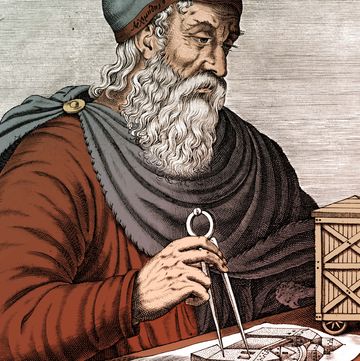
Archimedes: The Mathematician Who Discovered Pi

22 Famous Scientists You Should Know
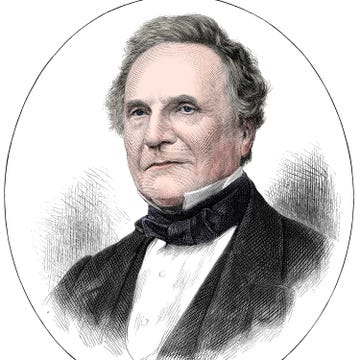
Charles Babbage
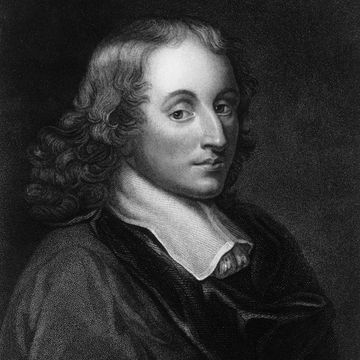
Blaise Pascal

Leonhard Euler
- Our Mission
How Math Autobiographies Build Student Confidence
Incorporating a writing task into lessons can help students reflect on their work and see their skills in a new light.

As educators, we understand the crucial role of fostering confidence and a strong math identity in our students. We aim for each student to feel empowered and to see themselves as capable mathematicians every day. One effective way to nurture this mindset is by encouraging students to write a math autobiography. This reflective exercise invites them to consider their entire mathematical journey, which helps build confidence and reinforce the belief that they are inherently skilled at math.
Writing a math autobiography allows students to connect with each other through their mathematical experiences, identify their learning preferences (though those may change), and set future goals. It also highlights the times when they’ve stepped out of their comfort zone and found joy in the challenges they faced. Take a fifth grader, who discovered that “the more challenging math got, the more I loved it.” This realization helped her embrace challenges, because she knew she could enjoy them.
Similarly, another fifth grader reflected on his experience learning math during the pandemic. He found that virtual learning strengthened his perseverance, and he realized the power of his own resilience. By integrating reading, writing, and talking, this project guides students to develop a mathematical mindset.
Would Students Describe Themselves as Mathematicians?
Most students wouldn’t know how to respond, but we know mathematicians each have their own unique and beautiful math history. We can guide students by helping them find what they enjoy as a mathematician, how they hope to be perceived as a mathematician, and what concepts they’re passionate about. In our experience, students uncovered their math identity by using mentor texts and emotion graphs .
Mentor texts provide a mathematician’s perspective while allowing students to reflect on their own math journey. We chose to share mentor texts centered around the theme of perseverance. When we read Nothing Stopped Sophie , by Cheryl Bardoe, a fourth-grade mathematician stated, ”I forget that every person has trouble with math sometimes.”
We used emotion graphs to help students share their stories and experiences, which allowed them to realize what has shaped their mindset. This visual brainstorming task was the foundation for their math autobiography. As students thought about their math feelings throughout the years, memories flooded into their heads.
For our upper elementary students, we decided to use three different emojis on the y axis (happy, indifferent, and sad). The x axis listed the time period of their life. Most students had a “before school” category and then listed each grade level individually.
Planning on Paper and Identifying Relatable Themes
With these connections made, students were ready to plan their math autobiographies. Each student got six sticky notes to jot ideas related to their own history. When students read biographies, they look for certain elements (dates, challenges or obstacles, achievements, memorable moments, firsts and lasts, and connections or relationships).
They consider their own math history with each of these lenses, which gives them a collection of ideas to get writing. When students place each sticky note on a sheet of plain white paper, they’re able to view all of their ideas at one time and begin to plan their own autobiography. As they write, they can return to their sticky notes over and over again, weaving in each component. Students might plan ahead by adding a star to certain ideas that they want to include. They might also use check marks to keep track of what they’ve included so far.
In addition, having the sheet with these sticky notes at student workspaces will help teachers engage in writing conferences to help students get started when they’re stuck (and also help students rehearse ideas with partners before writing).
As students began writing, we noticed that each one crafted their own theme. One student reflected on his confidence in math when he wrote, “When I was in kindergarten, that’s when math started to play a role in my life” and “I realized it was not good to be overconfident in my math skills.”
Another student highlighted her perseverance in her math autobiography, saying, “I knew after trying and working hard, I could do it!” A student chose to focus his writing around connecting mathematics to world experiences when he wrote, “Math, I found, was everywhere—in Sesame Street , on cereal boxes, and in chess, my favorite board game—and so I grew as a mathematician.”
Instructional Strategies That Empower Mathematicians
Having the texts out while students are writing is key. Students quickly pointed out that the mentor texts they were reading had illustrations and pictures, so they included pictures in their own math autobiographies. Students wrote captions to convey the theme of their photographs.
When describing a candy photo he had pasted on his autobiography, a fifth grader wrote, “Mathematicians sort objects. On Halloween, me and my friends gave ‘values’ to every candy to make trading easier.” Mathematicians became motivated to teach others through their own math story. As a result, they became more confident in their math identity.
Showcase Student Projects in Different Ways
Some students created storybooks, others designed scrapbook pages, and still others wrote by hand, typed, or recorded their voice. Projects included real photographs, graphs, and math symbols in their design. A gallery walk displayed the math autobiographies so that everyone could move around to see the projects.
In a follow-up discussion, consider asking students:
- What’s the same about your work and someone else’s work? What is different?
- What kind of mathematicians are we? Can you finish this statement, “We’re the kind of mathematicians who…”?
- What can we do with math? How would you finish this sentence, “With math, we can…”? (Do this a few times in different ways.)
Embedding this writing project into any math classroom can help build confidence in students and promote reflection. Elementary mathematicians will craft a successful autobiography when they have time to reflect on their feelings around math, brainstorm memorable moments, and connect with other mathematicians.
Reflecting on their current feelings about their identity, the more they reflect, the more they’ll grow in and outside of the classroom.
Famous Scientists
Top Mathematicians
Here’s our alphabetical list of the most popular mathematicians or contributors to mathematics on the Famous Scientists website, ordered by surname.

Alphabetical List of Scientists
Louis Agassiz | Maria Gaetana Agnesi | Al-Battani Abu Nasr Al-Farabi | Alhazen | Jim Al-Khalili | Muhammad ibn Musa al-Khwarizmi | Mihailo Petrovic Alas | Angel Alcala | Salim Ali | Luis Alvarez | Andre Marie Ampère | Anaximander | Carl Anderson | Mary Anning | Virginia Apgar | Archimedes | Agnes Arber | Aristarchus | Aristotle | Svante Arrhenius | Oswald Avery | Amedeo Avogadro | Avicenna
Charles Babbage | Francis Bacon | Alexander Bain | John Logie Baird | Joseph Banks | Ramon Barba | John Bardeen | Charles Barkla | Ibn Battuta | William Bayliss | George Beadle | Arnold Orville Beckman | Henri Becquerel | Emil Adolf Behring | Alexander Graham Bell | Emile Berliner | Claude Bernard | Timothy John Berners-Lee | Daniel Bernoulli | Jacob Berzelius | Henry Bessemer | Hans Bethe | Homi Jehangir Bhabha | Alfred Binet | Clarence Birdseye | Kristian Birkeland | James Black | Elizabeth Blackwell | Alfred Blalock | Katharine Burr Blodgett | Franz Boas | David Bohm | Aage Bohr | Niels Bohr | Ludwig Boltzmann | Max Born | Carl Bosch | Robert Bosch | Jagadish Chandra Bose | Satyendra Nath Bose | Walther Wilhelm Georg Bothe | Robert Boyle | Lawrence Bragg | Tycho Brahe | Brahmagupta | Hennig Brand | Georg Brandt | Wernher Von Braun | J Harlen Bretz | Louis de Broglie | Alexander Brongniart | Robert Brown | Michael E. Brown | Lester R. Brown | Eduard Buchner | Linda Buck | William Buckland | Georges-Louis Leclerc, Comte de Buffon | Robert Bunsen | Luther Burbank | Jocelyn Bell Burnell | Macfarlane Burnet | Thomas Burnet
Benjamin Cabrera | Santiago Ramon y Cajal | Rachel Carson | George Washington Carver | Henry Cavendish | Anders Celsius | James Chadwick | Subrahmanyan Chandrasekhar | Erwin Chargaff | Noam Chomsky | Steven Chu | Leland Clark | John Cockcroft | Arthur Compton | Nicolaus Copernicus | Gerty Theresa Cori | Charles-Augustin de Coulomb | Jacques Cousteau | Brian Cox | Francis Crick | James Croll | Nicholas Culpeper | Marie Curie | Pierre Curie | Georges Cuvier | Adalbert Czerny
Gottlieb Daimler | John Dalton | James Dwight Dana | Charles Darwin | Humphry Davy | Peter Debye | Max Delbruck | Jean Andre Deluc | Democritus | René Descartes | Rudolf Christian Karl Diesel | Diophantus | Paul Dirac | Prokop Divis | Theodosius Dobzhansky | Frank Drake | K. Eric Drexler
John Eccles | Arthur Eddington | Thomas Edison | Paul Ehrlich | Albert Einstein | Gertrude Elion | Empedocles | Eratosthenes | Euclid | Eudoxus | Leonhard Euler
Michael Faraday | Pierre de Fermat | Enrico Fermi | Richard Feynman | Fibonacci – Leonardo of Pisa | Emil Fischer | Ronald Fisher | Alexander Fleming | John Ambrose Fleming | Howard Florey | Henry Ford | Lee De Forest | Dian Fossey | Leon Foucault | Benjamin Franklin | Rosalind Franklin | Sigmund Freud | Elizebeth Smith Friedman
Galen | Galileo Galilei | Francis Galton | Luigi Galvani | George Gamow | Martin Gardner | Carl Friedrich Gauss | Murray Gell-Mann | Sophie Germain | Willard Gibbs | William Gilbert | Sheldon Lee Glashow | Robert Goddard | Maria Goeppert-Mayer | Thomas Gold | Jane Goodall | Stephen Jay Gould | Otto von Guericke
Fritz Haber | Ernst Haeckel | Otto Hahn | Albrecht von Haller | Edmund Halley | Alister Hardy | Thomas Harriot | William Harvey | Stephen Hawking | Otto Haxel | Werner Heisenberg | Hermann von Helmholtz | Jan Baptist von Helmont | Joseph Henry | Caroline Herschel | John Herschel | William Herschel | Gustav Ludwig Hertz | Heinrich Hertz | Karl F. Herzfeld | George de Hevesy | Antony Hewish | David Hilbert | Maurice Hilleman | Hipparchus | Hippocrates | Shintaro Hirase | Dorothy Hodgkin | Robert Hooke | Frederick Gowland Hopkins | William Hopkins | Grace Murray Hopper | Frank Hornby | Jack Horner | Bernardo Houssay | Fred Hoyle | Edwin Hubble | Alexander von Humboldt | Zora Neale Hurston | James Hutton | Christiaan Huygens | Hypatia
Ernesto Illy | Jan Ingenhousz | Ernst Ising | Keisuke Ito
Mae Carol Jemison | Edward Jenner | J. Hans D. Jensen | Irene Joliot-Curie | James Prescott Joule | Percy Lavon Julian
Michio Kaku | Heike Kamerlingh Onnes | Pyotr Kapitsa | Friedrich August Kekulé | Frances Kelsey | Pearl Kendrick | Johannes Kepler | Abdul Qadeer Khan | Omar Khayyam | Alfred Kinsey | Gustav Kirchoff | Martin Klaproth | Robert Koch | Emil Kraepelin | Thomas Kuhn | Stephanie Kwolek
Joseph-Louis Lagrange | Jean-Baptiste Lamarck | Hedy Lamarr | Edwin Herbert Land | Karl Landsteiner | Pierre-Simon Laplace | Max von Laue | Antoine Lavoisier | Ernest Lawrence | Henrietta Leavitt | Antonie van Leeuwenhoek | Inge Lehmann | Gottfried Leibniz | Georges Lemaître | Leonardo da Vinci | Niccolo Leoniceno | Aldo Leopold | Rita Levi-Montalcini | Claude Levi-Strauss | Willard Frank Libby | Justus von Liebig | Carolus Linnaeus | Joseph Lister | John Locke | Hendrik Antoon Lorentz | Konrad Lorenz | Ada Lovelace | Percival Lowell | Lucretius | Charles Lyell | Trofim Lysenko
Ernst Mach | Marcello Malpighi | Jane Marcet | Guglielmo Marconi | Lynn Margulis | Barry Marshall | Polly Matzinger | Matthew Maury | James Clerk Maxwell | Ernst Mayr | Barbara McClintock | Lise Meitner | Gregor Mendel | Dmitri Mendeleev | Franz Mesmer | Antonio Meucci | John Michell | Albert Abraham Michelson | Thomas Midgeley Jr. | Milutin Milankovic | Maria Mitchell | Mario Molina | Thomas Hunt Morgan | Samuel Morse | Henry Moseley
Ukichiro Nakaya | John Napier | Giulio Natta | John Needham | John von Neumann | Thomas Newcomen | Isaac Newton | Charles Nicolle | Florence Nightingale | Tim Noakes | Alfred Nobel | Emmy Noether | Christiane Nusslein-Volhard | Bill Nye
Hans Christian Oersted | Georg Ohm | J. Robert Oppenheimer | Wilhelm Ostwald | William Oughtred
Blaise Pascal | Louis Pasteur | Wolfgang Ernst Pauli | Linus Pauling | Randy Pausch | Ivan Pavlov | Cecilia Payne-Gaposchkin | Wilder Penfield | Marguerite Perey | William Perkin | John Philoponus | Jean Piaget | Philippe Pinel | Max Planck | Pliny the Elder | Henri Poincaré | Karl Popper | Beatrix Potter | Joseph Priestley | Proclus | Claudius Ptolemy | Pythagoras
Adolphe Quetelet | Harriet Quimby | Thabit ibn Qurra
C. V. Raman | Srinivasa Ramanujan | William Ramsay | John Ray | Prafulla Chandra Ray | Francesco Redi | Sally Ride | Bernhard Riemann | Wilhelm Röntgen | Hermann Rorschach | Ronald Ross | Ibn Rushd | Ernest Rutherford
Carl Sagan | Abdus Salam | Jonas Salk | Frederick Sanger | Alberto Santos-Dumont | Walter Schottky | Erwin Schrödinger | Theodor Schwann | Glenn Seaborg | Hans Selye | Charles Sherrington | Gene Shoemaker | Ernst Werner von Siemens | George Gaylord Simpson | B. F. Skinner | William Smith | Frederick Soddy | Mary Somerville | Arnold Sommerfeld | Hermann Staudinger | Nicolas Steno | Nettie Stevens | William John Swainson | Leo Szilard
Niccolo Tartaglia | Edward Teller | Nikola Tesla | Thales of Miletus | Theon of Alexandria | Benjamin Thompson | J. J. Thomson | William Thomson | Henry David Thoreau | Kip S. Thorne | Clyde Tombaugh | Susumu Tonegawa | Evangelista Torricelli | Charles Townes | Youyou Tu | Alan Turing | Neil deGrasse Tyson
Harold Urey
Craig Venter | Vladimir Vernadsky | Andreas Vesalius | Rudolf Virchow | Artturi Virtanen | Alessandro Volta
Selman Waksman | George Wald | Alfred Russel Wallace | John Wallis | Ernest Walton | James Watson | James Watt | Alfred Wegener | John Archibald Wheeler | Maurice Wilkins | Thomas Willis | E. O. Wilson | Sven Wingqvist | Sergei Winogradsky | Carl Woese | Friedrich Wöhler | Wilbur and Orville Wright | Wilhelm Wundt
Chen-Ning Yang
Ahmed Zewail
Worlds of Words
International collection of children’s and adolescent literature, biographies of mathematicians.
By Susan Corapi, Trinity International University, Deerfield, IL
Biographies are important for building interest in mathematics. By putting a human face on a field that students tend to see as abstract, biographies help young people see what people who study complex math are interested in and how they ask questions that drive their thinking and research.
When I talk with math majors, they often have difficulty seeing the potential for stories to be teaching tools–the sole exception being story problems that help one learn math. Part of the difficulty seems to lie in the fact that while books dealing with science, social studies and the arts are often inherently telling a larger story, it is hard to recognize a story in something as abstract as an algebraic expression or a geometrical theorem. While students may readily connect with Watson and Crick’s effort to describe the structure of DNA, Harriet Tubman’s journey-stories of freeing slaves or even Rimsky-Korsakov’s symphonic suite Sheherazade, how does one make connections with or the fact that two angles that form a linear pair are supplementary? Yet even a formula or its application can tell a story–a story that involves a problem and a solution.
There are many wonderful biographies of mathematicians and the problems they attempt to solve. Some outstanding examples are Starry Messenger by Peter Sis describing Galileo’s maps and calculations that demonstrate that the earth revolves around the sun. Blockhead: The Life of Fibonacci by Joseph D’Agnese and John O’Brien) chronicles the early years of Leonardo Fibonacci as he discovers Hindu-Arab numerals and the sequence he is famous for. Hidden in the illustrations are objects that incorporate Fibonacci numbers and spirals. A more recent title is Dear Benjamin Banneker by Andrea Davis Pinkney and Brian Pinkney, which follows Banneker’s life as a farmer and his efforts to publish the first almanac written by an African American. As he worked his farm he taught himself astronomy through reading and observation. Below are other titles, some of which are favorites with my students.
Ada Byron Lovelace and the Thinking Machine by Laurie Wallmark and April Chu. With the emphasis on women in STEM fields, there has been an influx of picture books published on women pioneers in mathematics and science. This biography tells the story of Ada Byron Lovelace, the daughter of Lord Byron, a famous British romantic poet, and her mother, Lady Byron, who loved math and science. Ada filled journals with ideas for inventions and equations, and eventually befriended Charles Babbage, inventor of the Difference Engine (a mechanical calculator). Ada developed an algorithm that helped his next invention, the Analytical Engine, solve more complex math problems. This is acknowledged as the first computer program.
The biography, Ada Lovelace, Poet of Science by Diane Stanley and Jessie Hartland , makes a stronger connection between Ada and her famous father. Much of Ada’s education was spurred on by her mother’s desire to suppress any romantic imagination that resembled Ada’s flamboyant and absent father, Lord Byron. While she did share her father’s vivid imagination, Ada’s curiosity was equally fueled by her mother’s interest in science and the industrial revolution.
Caroline’s Comets by Emily Arnold McCully. Caldecott award-winner Emily Arnold McCully ( Mirette on the High Wire ) chronicles the collaborative partnership between William Herschel and his sister Caroline. Together, they discovered a planet (Uranus) and multiple comets. Caroline’s detailed maps and notes of the celestial bodies were used for decades.
Growing up in Germany in an era when she was expected to be a housekeeper and knit socks, Caroline became a co-inventor and designer of telescopes, a recorder of observations even when her ink froze, and the first paid female scientist in England. McCully balances the expectations placed on 18th-century women in Europe with Caroline’s desire to learn, her curiosity, her willingness to endure cold and back-breaking labor, and her determination to earn her own salary. The narrative briefly describes the math and science she used as she mapped the stars. The story concludes by describing the respect she received as an astronomer in the last decades of her life.
The Boy Who Loved Math: The Improbable Life of Paul Erdos by Deborah Heiligman and LeUyen Pham. Paul Erdos (pronounced Air-dish) was a math genius who loved prime numbers and is known for his work in number theory and combinatorics. But more than that, he turned mathematical problem-solving into a social activity, traveling around the world and working with any mathematician willing to grapple with the latest puzzle Erdos wondered about. Anyone who collaboratively wrote a paper with him has an Erdos number of 1. And there are many with that number because his enthusiasm for math and collaborative thinking was infectious. Heiliman and Pham portray “Uncle Paul” through words and images that convey Erdos’ zest for keeping his brain “open” to new problems and solutions.
Lines, Bars and Circles: How William Playfair Invented Graphs by Helaine Becker and Marie-Eve Tremblay. William Playfair was a Scottish economist and, according to his contemporaries, a bit of a scoundrel. He had many careers, among them inventor, engineer, banker, silversmith and entrepreneur. He was also a scientist, trained by his well-known mathematician brother John Playfair. As a writer and statistician, he sought to present information with clarity and created the line, area, bar and pie charts. He is a pioneer in the field that is now known as infographics (the display of information in a concise and attention-grabbing way). The picture book gives a taste of Playfair’s colorful life. Sidebars give additional information that describes the scientific climate during his life.
Isaac the Alchemist: Secrets of Isaac Newton, Revealed by Mary Losure. In my experience, many biographies in chapter book format are written like textbooks and do not engage with the story of someone’s life in a compelling way. So I notice writers who can tell a gripping narrative about someone–writers like Susan Bartoletti, Candace Fleming, Larry Dane Brimner and Steve Sheinkin. Mary Losure, in this biography of Newton, follows in those writers’ footsteps. She uses solid research to document the mathematician’s life, but adds her knowledge of the times to tell his story, including people’s interest in alchemy. Formerly a news journalist but also a writer of fantasy, she delves into a period of history that still had a firm belief in magic and introduces readers to a mysterious man who spent his life wondering how the world worked.
A recent 48-page picture book biography, Newton’s Rainbow: The Revolutionary Discoveries of a Young Scientist by Kathryn Lasky and Kevin Hawkes , describes in short chapters the larger details of Newton’s life and his discoveries of gravity and light along with his development of calculus.
In the hands of author Jim Ottaviani , men and women in the STEM fields are coming alive through award-winning graphic novels. Feynman (illustrated by Leland Myrick) narrates the life of physicist Richard Feynman who was part of the team that developed the atomic bomb. Ottaviani worked as an engineer in nuclear plants, so his interest in that slice of history seems natural. But he has also documents the work of other men and women in science, including the primate studies by the “trimates,” British Jane Goodall, American Dian Fossey, and Lithuanian/Canadian Birutė Galdikas in Primates , illustrated by Maris Wicks . His latest biography, The Imitation Game: Alan Turing Decoded , illustrated by Leland Purvis features British mathematician Alan Turing who was instrumental in breaking the Enigma Code used by the Nazis during World War II.
Einstein by Corinne Maier and Anne Simon. This award-winning graphic novel from France, told in first person, chronicles Einstein’s life. The narrative is humorous, portraying the human side of the famous scientist, but also presents the complex time he lived in and the questions he asked himself about what he observed.
A shorter picture book biography is On a Beam of Light: A Story of Albert Einstein by Jennifer Berne and Vladimir Radunsky . The narrative emphasizes the “imagining, wondering, figuring and thinking” that occupied Einstein’s life and allowed him to come up with ideas and equations.
Next week I look at novels and picture books that incorporate math and science as part of the narrative.
Journey through Worlds of Words during our open reading hours: Monday through Friday 9 a.m. to 5 p.m. and Saturday 9 a.m. to 1 p.m. Check out our two online journals, WOW Review and WOW Stories , and keep up with WOW’s news and events .
- Themes : Susan Corapi
- Descriptors: Books & Resources , WOW Currents
Leave a Reply Cancel reply
Your email address will not be published. Required fields are marked *
- Publications
The University of Arizona
Dr. Valerie Camille Jones
More than a worksheet: the math autobiography project.
Looking for a fun way to get to know your new students this year? You could always take attendance and ask them to write out what they did over their summer vacation… Or you could try this super creative math autobiography project!
GET THIS PROJECT PLAN BY CLICKING HERE!
Let them introduce themselves with a burst of creativity and pride that will instantly abolish the notion that “math is boring.” In the mathematical autobiography project, students are given creative freedom in describing their formative experiences, favorite memories, and overall attitudes about math- both inside and outside the classroom. This is demonstrated in three parts:
Live Presentation
This is where each student’s creativity and personality has the opportunity to really shine beyond the confines of a poster board! Students can choose the most meaningful form of expression and tell their story in their own unique style. This could take the form of a rap , a poem , the construction of a model, or even a funny skit . Students can perform live in class or alternatively, they can record a video or audio clip to share in class, which can help empower introverted students without the pressure of an in-person performance. The student decides what, why, where, when, and how to present their math autobiography to the class. And yes, creativity counts! ( Click HERE to get the rubric for this project! )
Written Explanation

In addition to the class presentation, students compose a one-page written explanation of their math autobiography. Students can mix and match from a list of sample questions or create their own questions and answers to help them chronicle their math journey (whether fairytale, horror story, or thriller!) Some of the sample questions provided include:
When do you first remember doing math?
What is your proudest math moment?
What is your most embarrassing math moment?
What are your math experiences, both good and bad?
How do you feel about math and why?
How do you think math will affect you in your future profession?
Visual Depiction
The third and final piece of the math autobiography is a visual depiction of the student engaged in some sort of mathematical activity . This could be an illustration, photograph, or even a video clip. But more important than choosing the media, is the student’s analysis of all the tasks in which they personally (and probably unknowingly) utilize classroom math concepts in their every day lives . I dare you to find a student who doesn’t have an interest in SOMETHING that utilizes math! From cooking to music, athletics to video gaming, your students are using math, not just on paper, but in real life! Helping them to recognize their use of math and the mastery they already possess can boost their mathesteem for the next challenge they will master!
With the new school year upon us, why not take this first easy step toward a more project-based approach? Starting the year off with the math autobiography can help you empower your students as stakeholders in their own learning. There is increasing evidence to support the effect of providing choices upon student motivation . A project-based approach that accommodates different learning styles, provides choices, and teaches to the student’s strengths has been shown to not only reduce procrastination in junior high math students, but also leave a lasting impact on their intrinsic motivation! Can a worksheet do that? Another great way to show that math is " More than a Worksheet ."
https://www.education.com/reference/article/motivation-affects-learning-behavior/
http://www.iosrjournals.org/iosr-jrme/papers/Vol-7%20Issue-5/Version-2/L0705026770.pdf
http://pubs.sciepub.com/education/5/1/14/index.html
- MORE THAN A WORKSHEET
You Might Also Like:

Bring Financial Literacy Courses to Schools!

Check-In with Youth: Social and Emotional Learning
- Essay Topic Generator
- Summary Generator
- Thesis Maker Academic
- Sentence Rephraser
- Read My Paper
- Hypothesis Generator
- Cover Page Generator
- Text Compactor
- Essay Scrambler
- Essay Plagiarism Checker
- Hook Generator
- AI Writing Checker
- Notes Maker
- Overnight Essay Writing
- Topic Ideas
- Writing Tips
- Essay Writing (by Genre)
- Essay Writing (by Topic)
Math Autobiography: Example, Format, Writing Guide

If you have never heard of a mathematical autobiography before, you might be surprised once you get such an assignment. However, don’t worry too much – it’s easier than it sounds.
This type of assignment usually isn’t assessed traditionally. Good news: no F-grade is awaiting! Most likely, it’s your tutor who wants to find out some essential information about you. They can ask you to describe your relationships with Math, your strong and weak points, etc.
Probably, your tutor will keep your writings just to reflect on them together at the end of a course. Check what we’ve got here for you!
📍 Math Autobiography Explained
- ✍️ Writing a Math Autobiography Assignment
➗ Math Autobiography Example
Even though a math autobiography is a sheer getting-to-know-you activity, you have to know its essence and basic writing rules.
Below, we will provide you with such vital information.
What Is a Mathematical Autobiography?
A mathematical autobiography is a presentation of you as a math learner . It can describe your attitude to math, your thoughts, and your expectations. This assignment aims to let your tutor know about your experience with math.
Although the math autobiography task is relatively conventional, there might be some peculiarities. Thus, you should take into account your teacher’s requirements.
✍️ How to Write a Math Autobiography Assignment
You might get a task to write a math autobiography in middle school or college. We have researched and collected helpful information on this assignment’s points for any education level.
Let’s figure out how to write a good math autobiography now!
Math Autobiography Outline
An outline of a math autobiography doesn’t look exactly like an outline of a traditional essay. However, we offer you to use the classical structure. Divide your text into three parts: introduction, central part, and conclusion.
Will you agree that a well-curated text is always more pleasant and straightforward than just a bunch of passages?
An intro of a math biography can answer the following questions:
- Who are you? (Basic information)
- What is your major? (If you attend a university or college. If you write a math autobiography in high school, talk about your desired major)
- What are your interests and hobbies?
- How can you describe your relationships with math?
- What contributed to this or that kind of attitude to mathematics?
- Do you have a natural aptitude for math?
The central part, or a body, should include deeper insight into the subject:
- Why do you love/hate math?
- What grades have you been getting throughout the course?
- Did you have teachers who motivated you to study math?
- Did you have such teachers who, on the opposite, demotivate you from going into math?
- Which topics do you find most challenging?
- Which ones are simple for you?
- What hacks did you use to accomplish your math goals?
To conclude it all, first, restate your main idea – you can use our free rephrasing tool; then answer these questions:
- What are your expectations from a course?
- What results would you like to reach in math?
- What blind spots do you want to eliminate?
You can also mention reasons why a person should start taking math seriously.
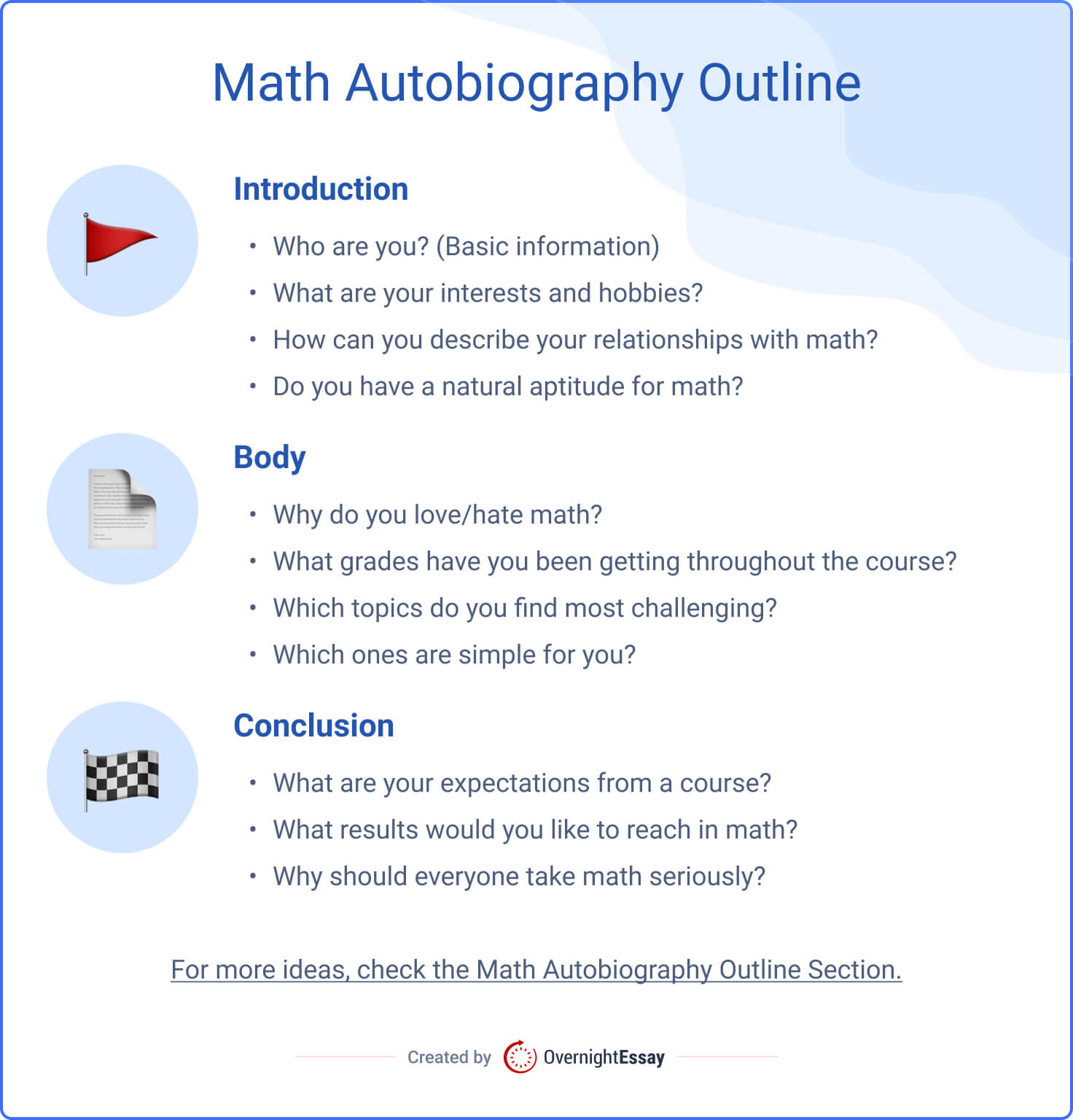
Top 7 Math Autobiography Assignment Tips
Before you start exploring our math autobiography example, we suggest that you look through some tips!
They will help you build up a consistent structure of your math autobiography.
- Study your tutor’s assignment and make sure you understand it perfectly well. If you have questions, ask them before you start writing.
- Brainstorming: take time to reflect on your remarkable experience with math – since elementary school (or earlier) till now.
- Be honest if you have been getting all Cs or Fs in math. A tutor will most likely sympathize with you and want to help then.
- Remember: it’s a get-to-know activity. That means each answer is correct. Stick to your personal story.
- Be precise: why exactly do you dislike math? It’s more fruitful to name particular points and make them clear to your readers.
- If you’re a total mess in math, let your tutor know that you are ready to work. In any case, your relationships will be better if you show your interest.
- Outline: although it’s not an actual essay, make sure your text is structured and proofread.
We have something else in store for you – a great example of a math autobiography that can navigate you through writing.
My Math Autobiography
The best thing to start with is that my major is medieval literature. I guess it gives a hint on my relationships with mathematics. Math has seldom been easy for me. Only in elementary school, when the tasks were basic, could I accomplish them successfully and without much struggle. I have never thought math is essential to me and my life. Besides, I also never considered myself having a natural aptitude for math. I’ve had too many other interests like learning foreign languages, studying literature, and music. As it can be seen, everything is far from math. It’s not that I despise math. I just think it’s beyond my understanding. Sometimes, I find a task unsolvable, while my peers get it easy and fast. It gets me down every time, and I just don’t know how to overcome it. When I entered the 5th grade, I struggled with geometry which I found overwhelming. My school teachers weren’t supportive, they just gave us a lot of worksheets to fulfill, so I had to take up extra classes with a private tutor. That helped me go through the school projects and get decent grades. However, I still didn’t come to terms with math. College math seems even more frustrating to me. But I find it a great challenge and opportunity to master math at last. I realized it’d be hard to live without math because I need it even in my music classes. So, I am ready to put all my efforts into improving my math results. I think I just need some extra help. Hopefully, I won’t remember that I ever had such issues at the end of the course.
Was this an informative guide?
Our team has worked hard to help you. Feel free to ask any questions if you still have them. And don’t forget to check our blog. It is full of helpful articles for students, and we update it regularly.
Trending Resource : 40+ Activities for the First Week of School

Mathematical Autobiography Foldable
How is it possible to already be this far behind with blogging after the FOURTH day of school?!? Oh, yeah. It might be due to the fact that I still have lessons from last school year that need to be blogged about. And, I have yet to finish my #TMC14 reflections. I feel like I’ve been constantly on the go since July. I guess this is the life of a teacher.
This year, I decided I wanted to have my students write a mathematical autobiography. Not wanting to reinvent the wheel, I did some serious google searching. It took a while to find, but I finally happened upon some questions that I liked.
This “Mathography” assignment asked students to write a three paragraph essay. I wanted to use the same questions but make it less intimidating of an assignment for the first week of school.
Here’s my foldable version. Yes, I am truly obsessed. I guess that’s why people kept referring to me as the “foldable queen” at #TMC14… Plus, isn’t this cuter than having your students right an essay? 🙂
Students who wrote things on the inside of their mathematical autobiography foldable that they didn’t want others to see were given the option of stapling their autobiography shut in their interactive notebook after I checked it.
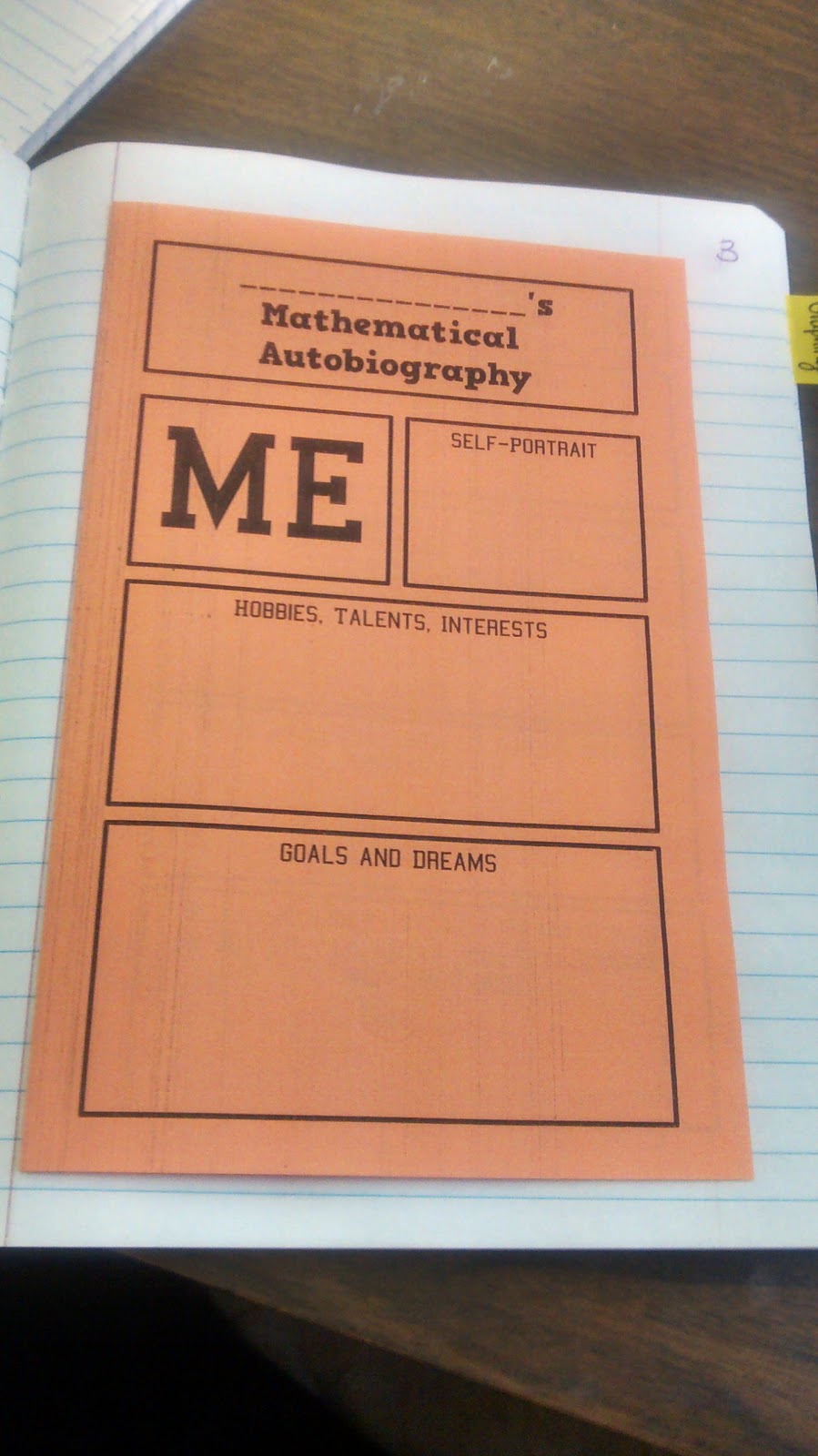
The first section is just about “ME” in general.
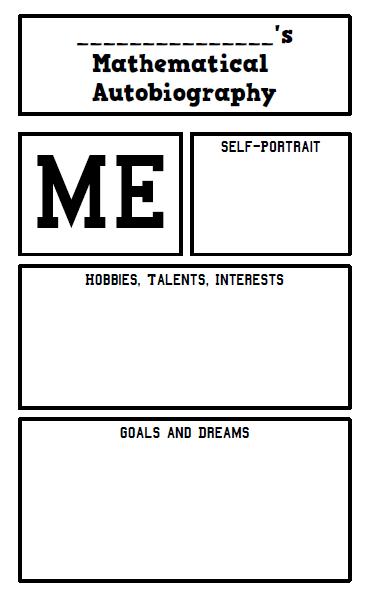
The second section is about “ME” as a student.
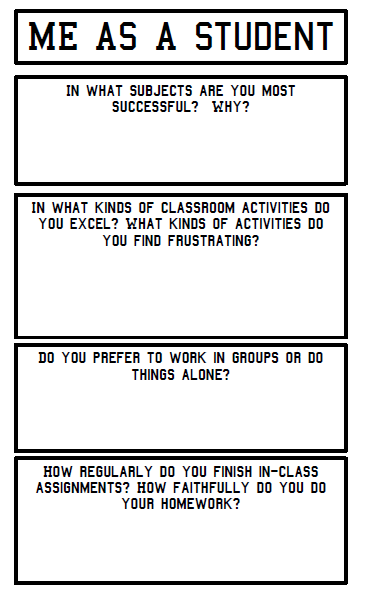
And, the third section is specifically about “me as a math student.”
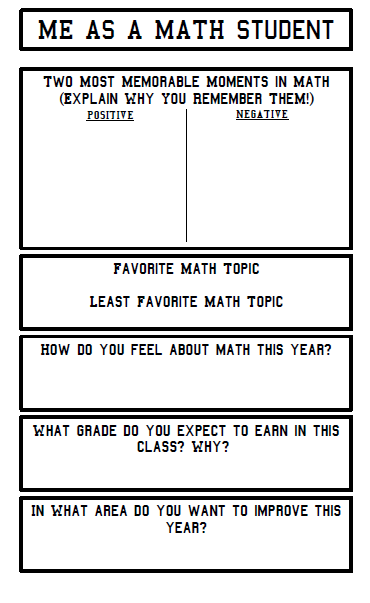
Free Download of Mathematical Autobiography Foldable
Mathematical Autobiography Foldable (PDF) (8334 downloads )
More Fun Activities for the First Week of School
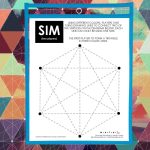
Sarah Carter teaches high school math in her hometown of Coweta, Oklahoma. She currently teaches AP Precalculus, AP Calculus AB, and Statistics. She is passionate about sharing creative and hands-on teaching ideas with math teachers around the world through her blog, Math = Love.
Similar Posts
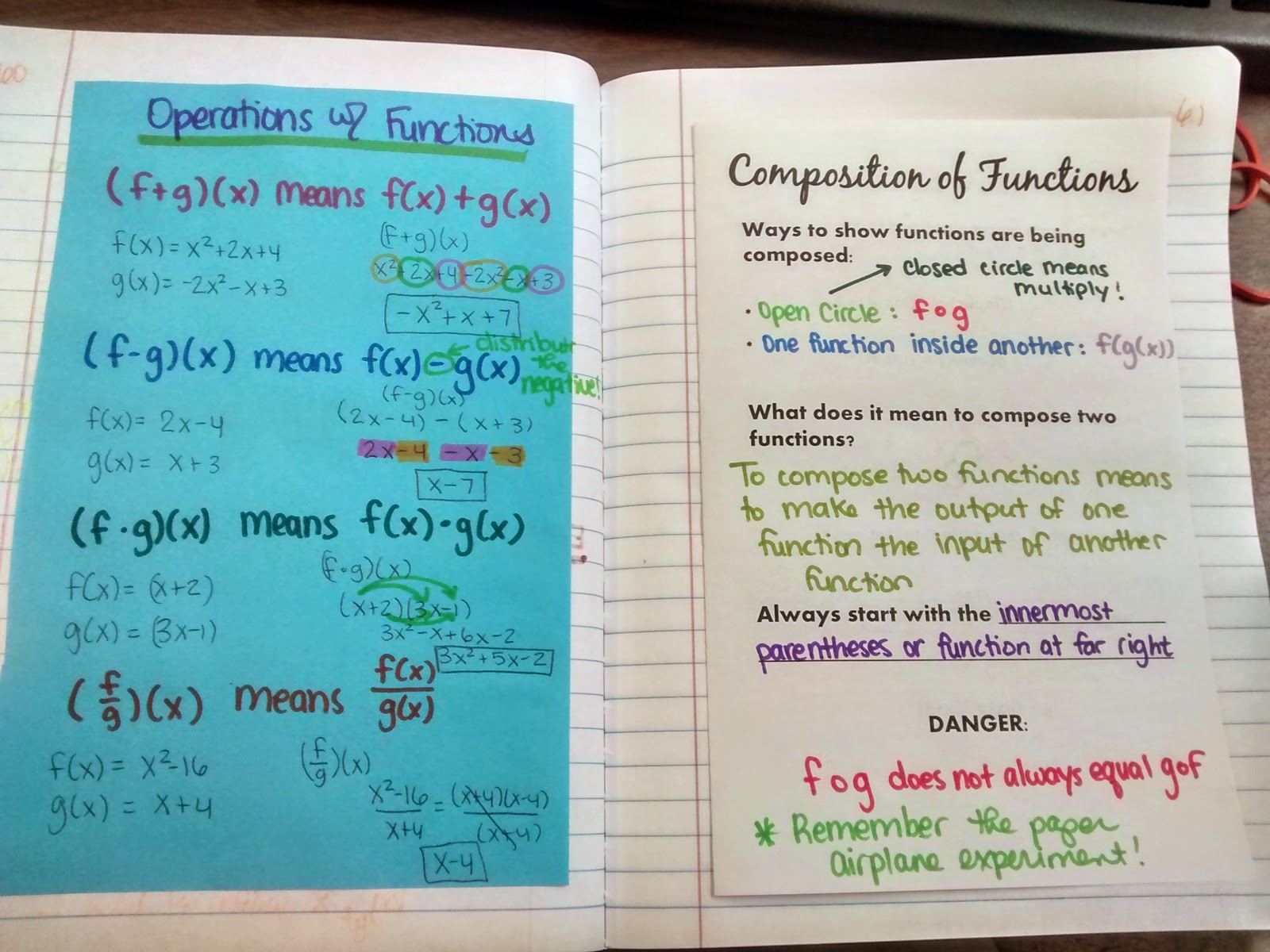
Composition of Functions Foldable
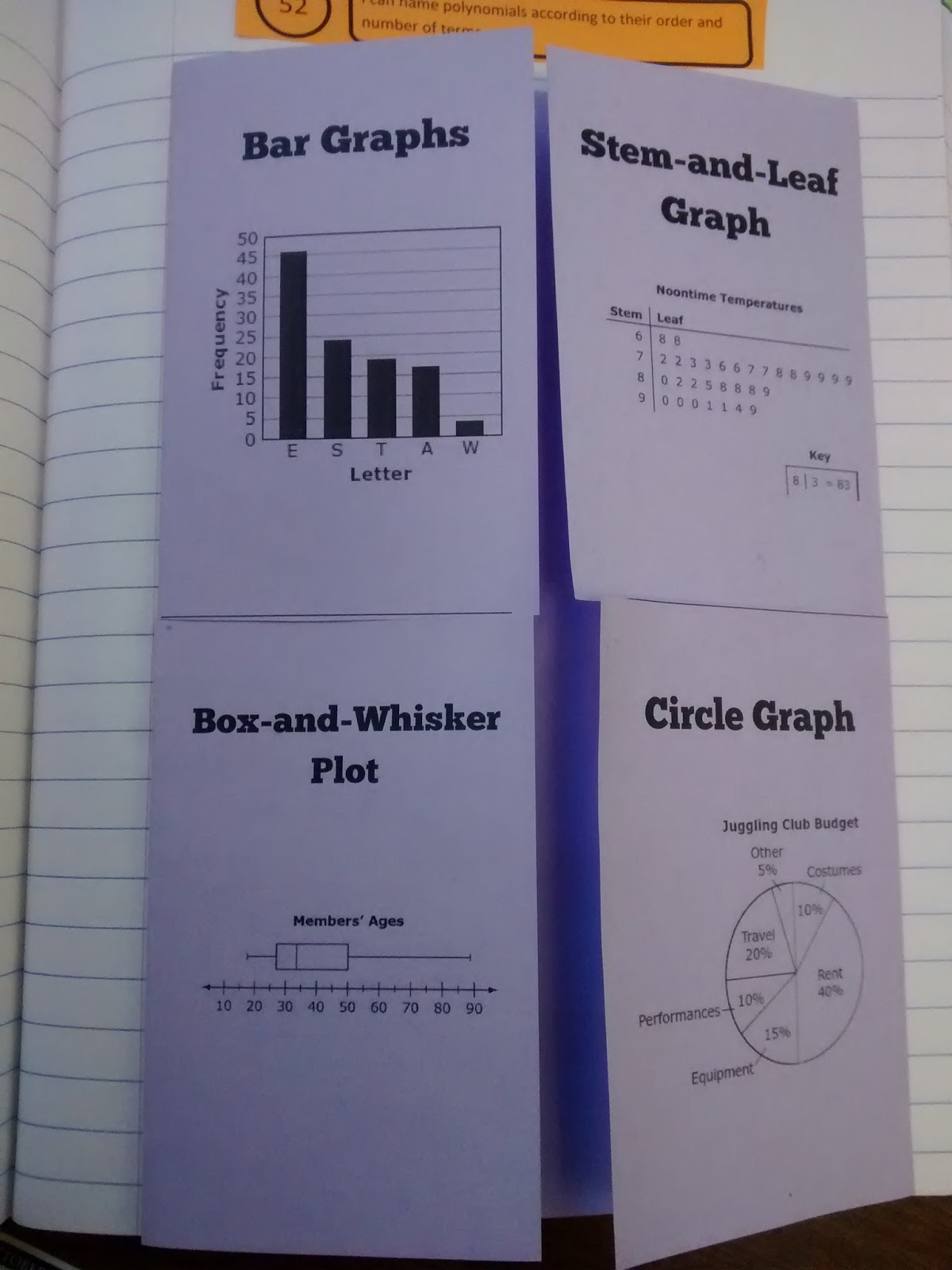
Types of Data Displays Foldable
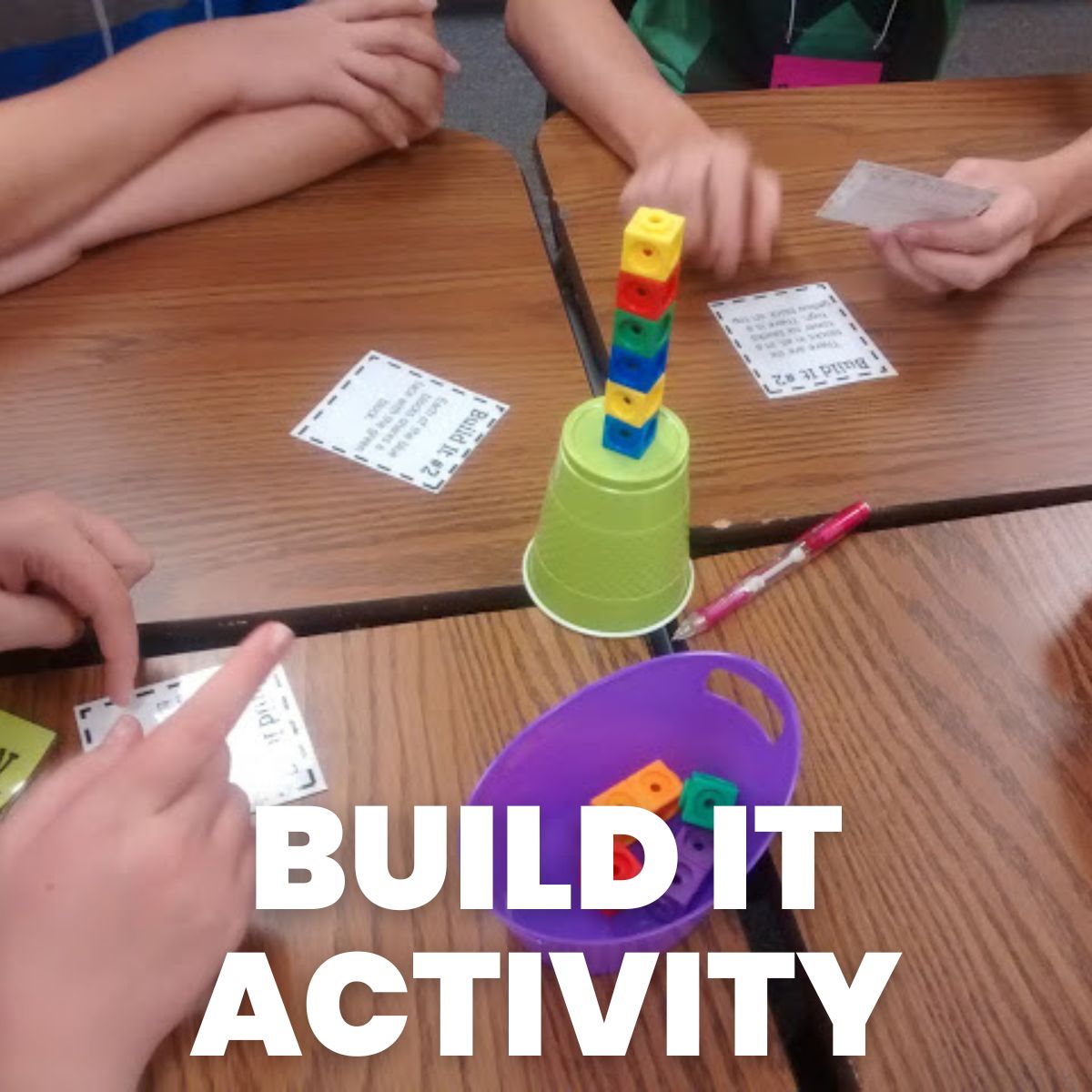
Build It Activity
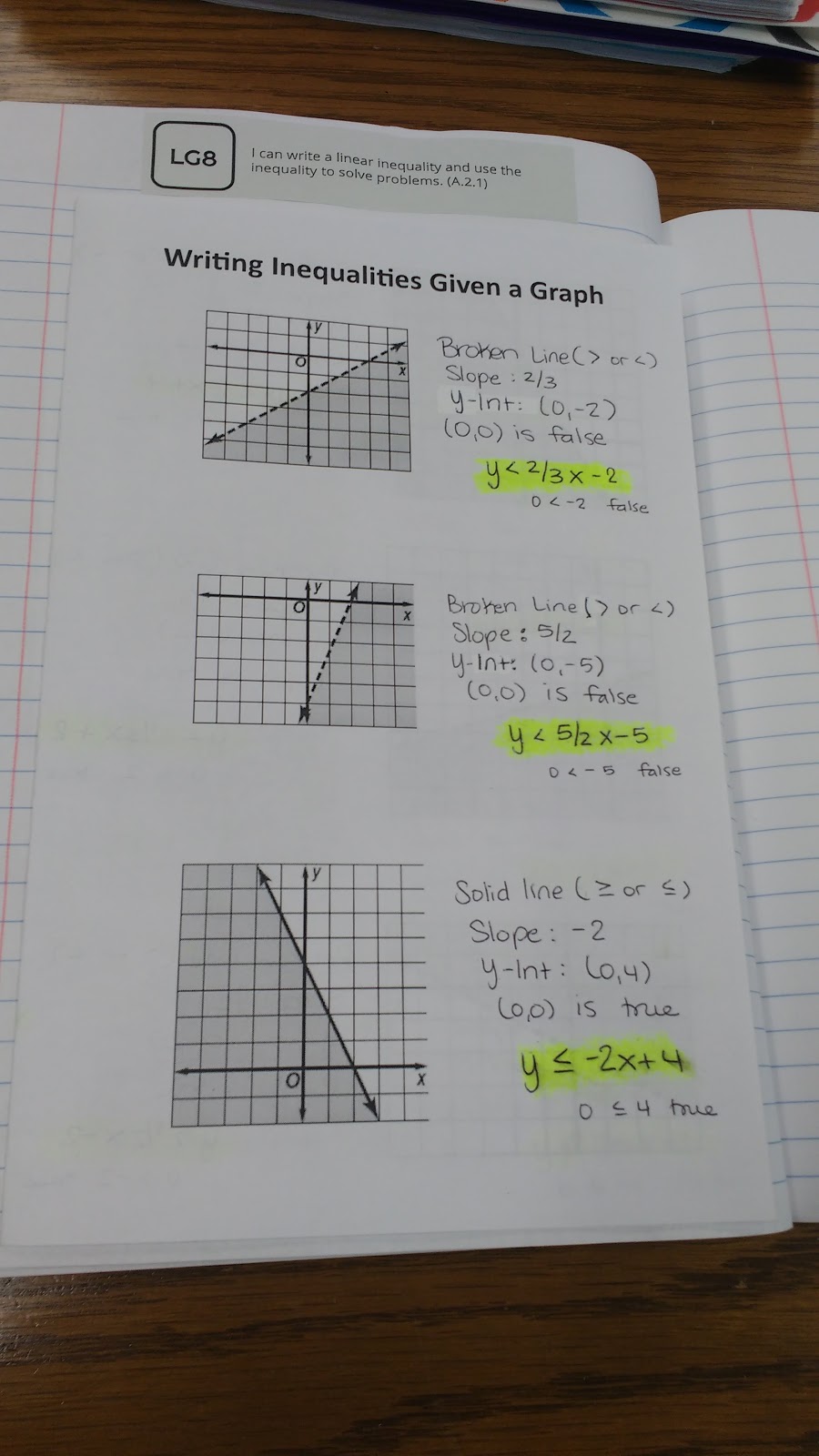
Writing Inequalities Given a Graph Foldable
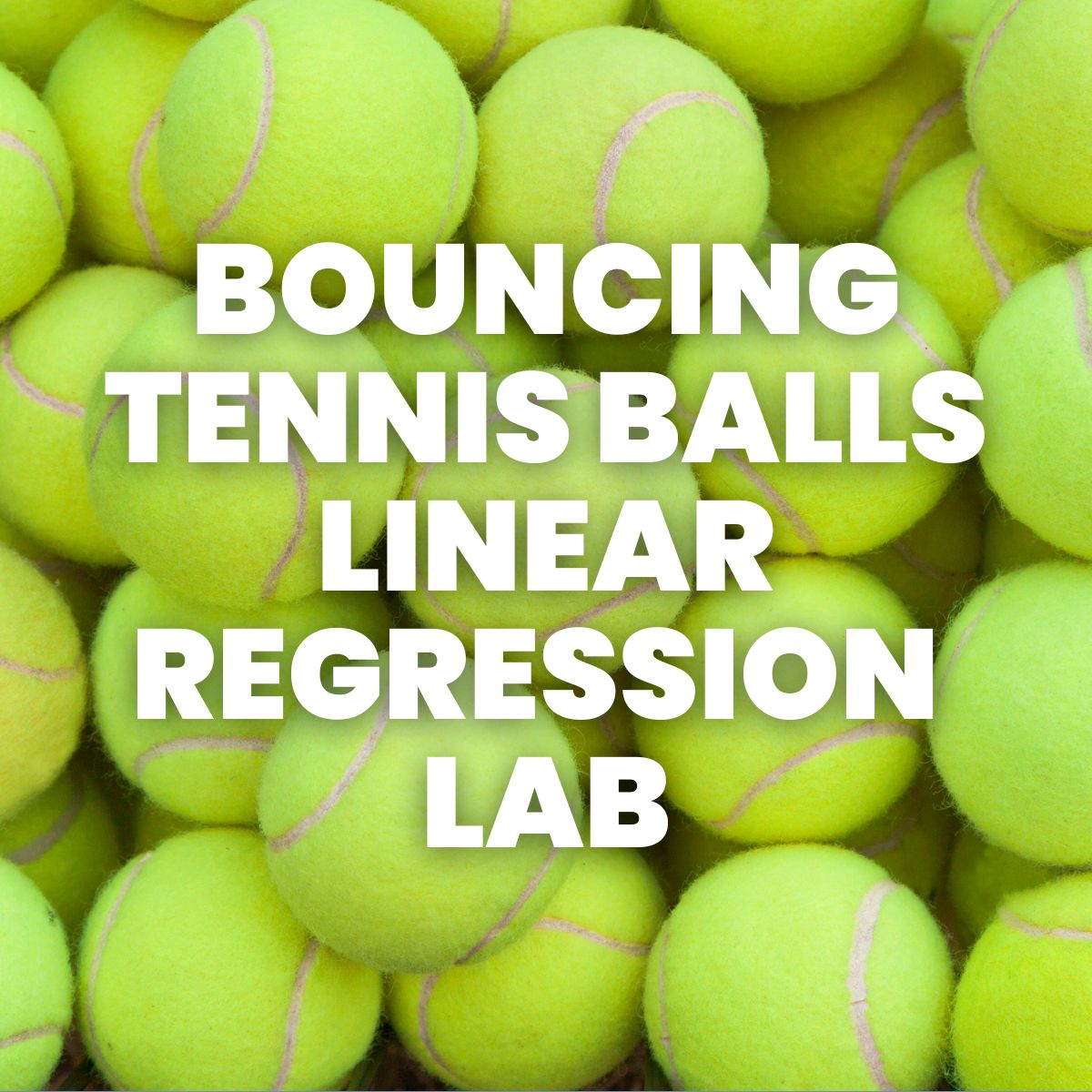
Bouncing Tennis Balls Linear Regression Lab
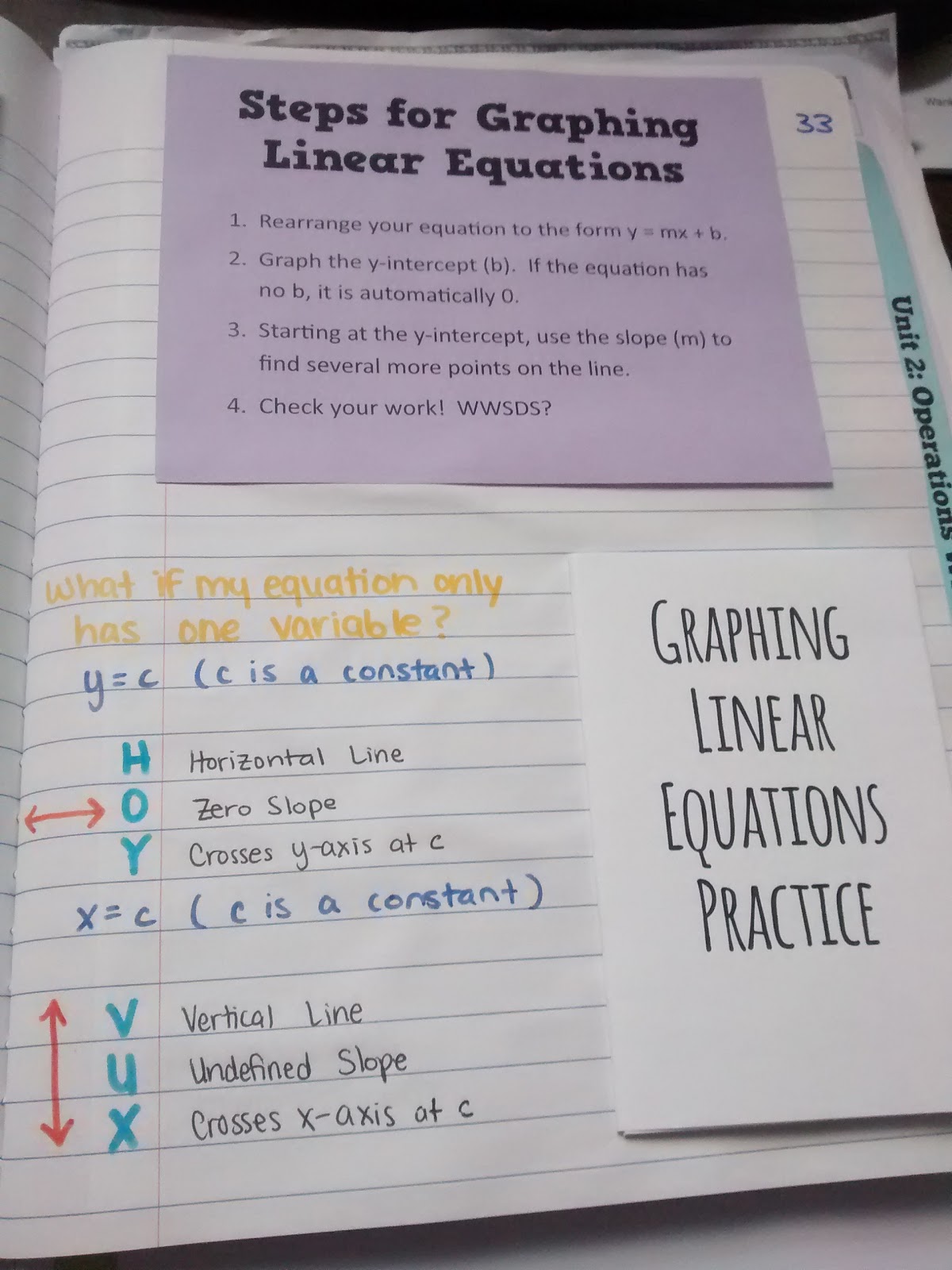
Graphing Linear Equations Practice Book
10 comments.
Sarah! This is awesome 🙂 thanks for sharing this
Thanks Nikki!
Great idea, Sarah! I definitely want to do this!! Thanks for all of your great ideas.
Thanks Cindy! Let us know how it goes if you try it out with your students!
Love it! Thanks so much for sharing.
Thanks for sharing Sarah; do you think you are going to change anything for next year? I am so grateful there are so many math teachers that share their work. =)
No plans on changing this exact foldable. I blogged about changes I will be making in my classroom here: https://mathequalslove.net/2015-2016-school-year-resolutions/
If you have any problems with writing, feel free to ask our writers for help! Evolution Writers is ready to help with any kind of academic writing!
This comment has been removed by the author.
Comments are closed.
- Grades 6-12
- School Leaders
Get Your Free 21st Century Timeline Poster ✨
26 Famous Mathematicians Everyone Should Know
The innovators who brought you number theory, geometry, and more.
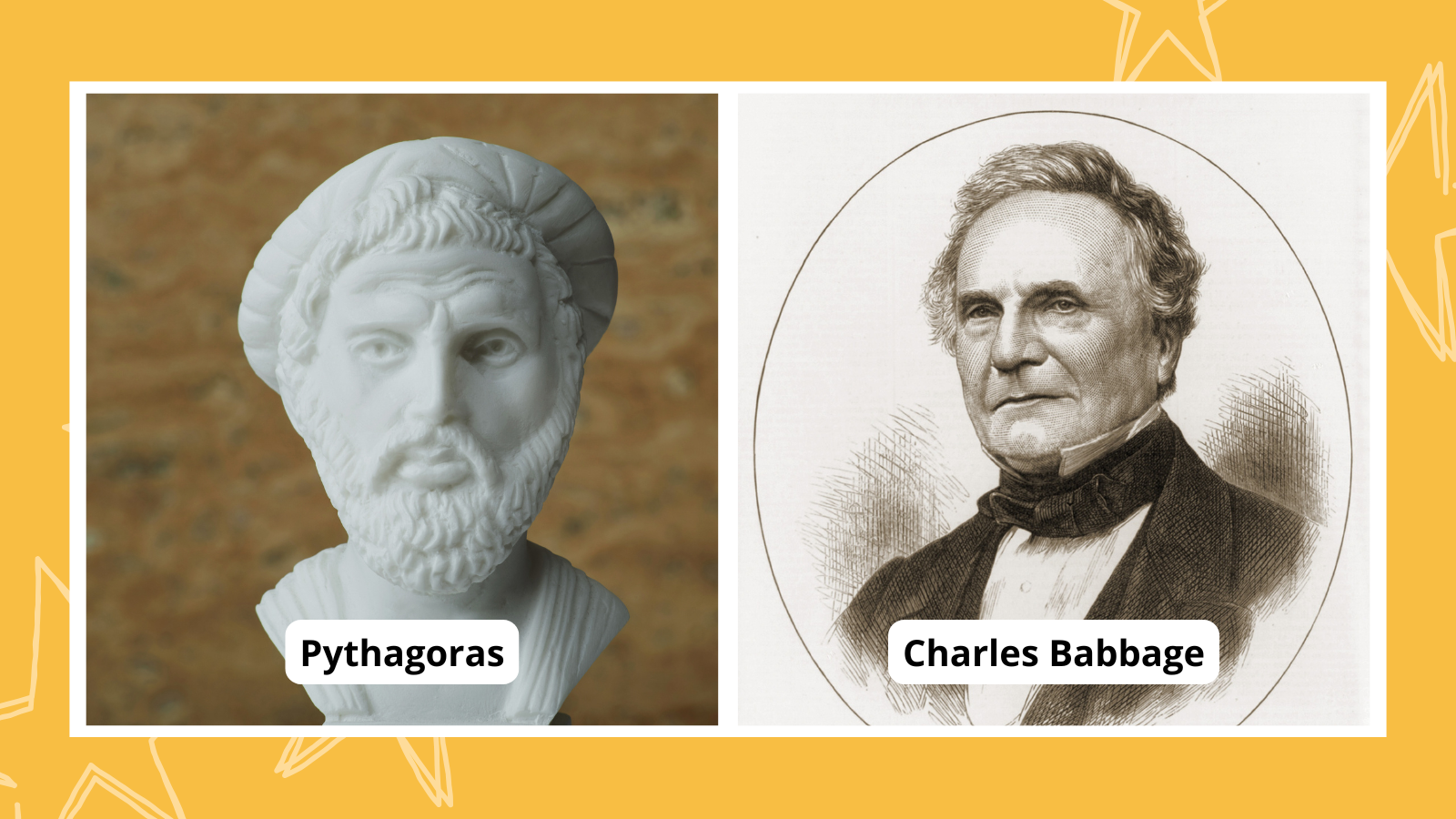
As students learn math, it’s important for them to know that mathematics is more than just numbers and shapes. It’s also about famous mathematicians—the people, personalities, and discoveries that shaped what we know about math today. These 26 famous mathematicians show us how math discoveries have shaped history, come from all around the world, and are still happening today.
Thales of Miletus
Modern turkey, 626–548 b.c.e..
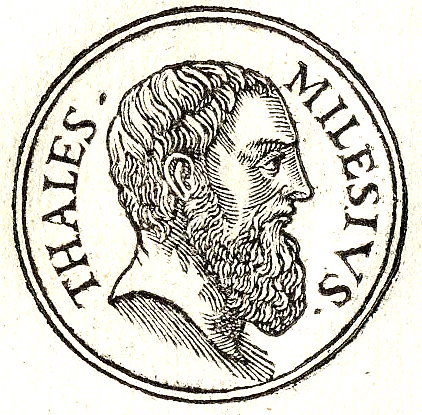
Thales of Miletus used geometry to calculate the heights of pyramids and measure the distance from ships to the shore. He also discovered five geometric theorems and ideas:
- A diameter bisects a circle.
- Angles opposite two equal sides of a triangle are equal.
- Opposite angles of two intersecting angles are equal.
- An angle inside a semicircle is a right-angle triangle.
- When we have the length of a triangle’s base and two angles at the base, we can determine the triangle.
His work sounds easy to us, but it was groundbreaking at the time and set the stage for other famous mathematicians and Western philosophers, like Socrates.
Learn more about Thales of Miletus at Britannica.
Greece, 570–500 B.C.E.
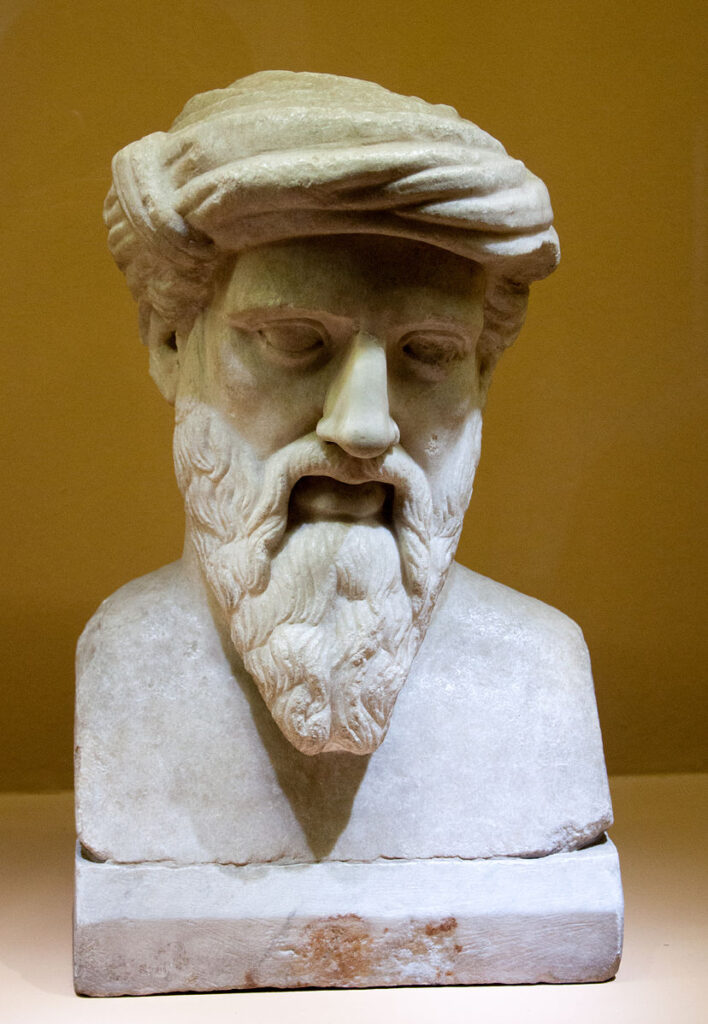
Pythagoras (remember his geometry theorem?) was a Greek philosopher, mathematician, and more. His ideas had a big impact on Western philosophy and the development of mathematics. He didn’t leave any writings, so it’s hard to figure out exactly what originated with Pythagoras and what came from his followers, including other mathematicians. But it’s generally agreed that he created the theory of functional numbers and the Pythagorean theorem for right triangles.
Learn more about Pythagoras at Britannica.
Egypt, c. 325–265 B.C.E.
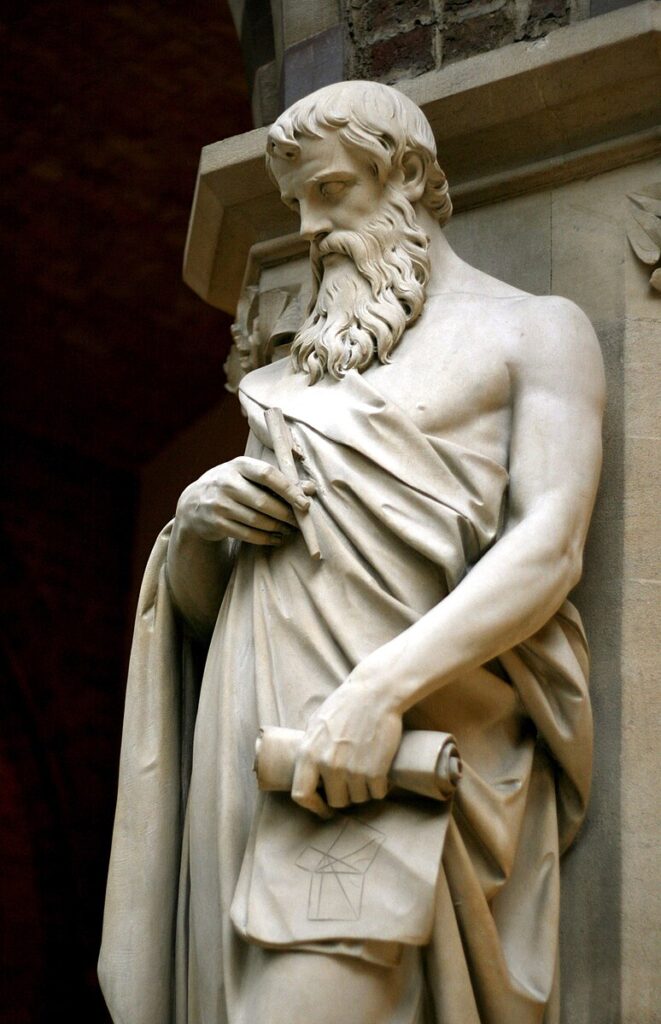
If you’ve studied geometry, you’ve heard of Euclid. He was known as the Father of Geometry . Euclid’s most famous work is The Elements , his writing about mathematics. It was the center of math instruction for 2,000 years. In The Elements , Euclid lays out five postulates that are the foundation of geometry. Postulates one, two, and three are about lines, points, and circles. Postulate four states that all right angles are equal. Postulate five is about the nature of parallel lines. A lot of what Euclid did seems obvious to us now, but that’s because Euclid laid it all out so other scholars could build on it.
Learn more about Euclid at Story of Mathematics.
Greece, 384–322 B.C.E.
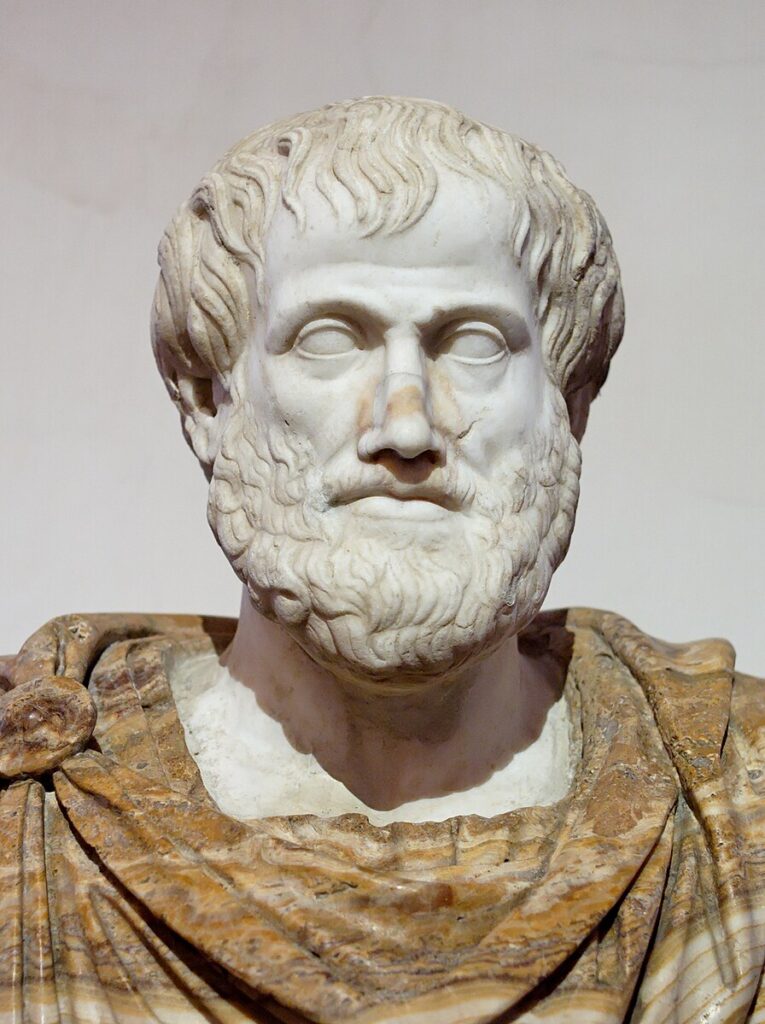
Aristotle is known for being a philosopher, but he was also one of the most famous mathematicians (and also studied geology and medicine, among other things). He helped define math entities like point, line, plane, solid, circle, number, and even and odd, and defined concepts like prime numbers.
Learn more about Aristotle at Britannica Kids. ADVERTISEMENT
Sicily, 287–212 B.C.E
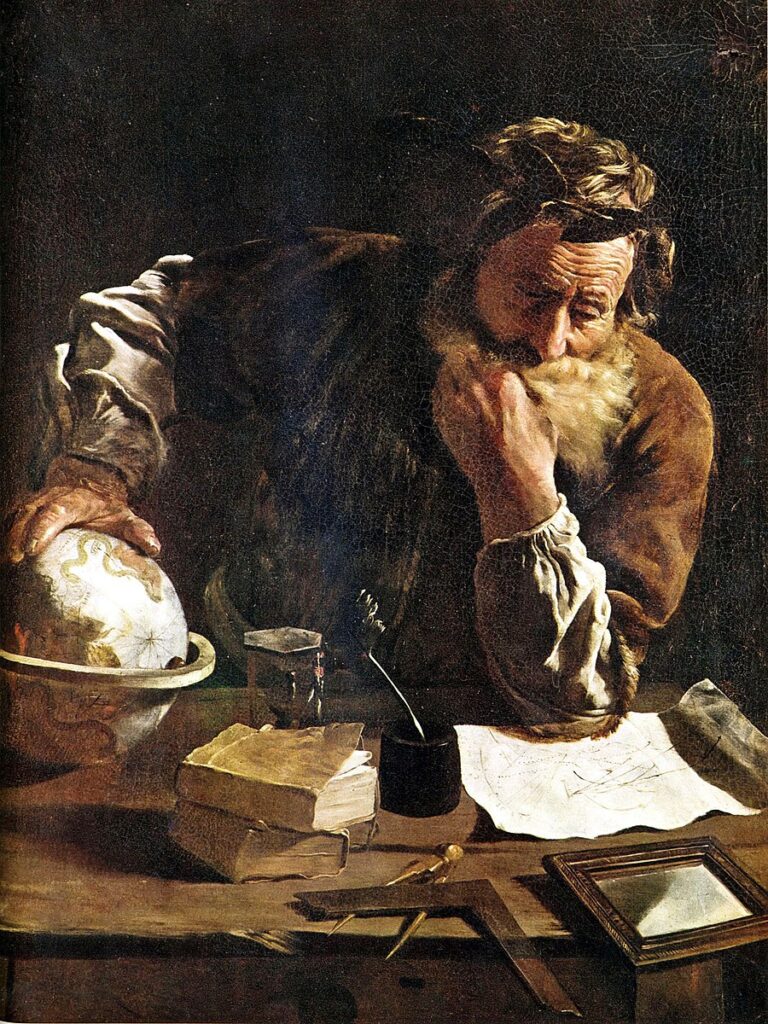
Archimedes spent his life trying to find math formulas that were related to physics. He’s known as the inventor of pulleys and pumps, but his main interest was math. He worked in geometry, making discoveries about spheres, cylinders, circles, and parabolas. Perhaps he is most famous for calculating the value of pi using the “ method of exhaustion .” To do this, Archimedes drew a regular polygon outside a circle and a smaller polygon inside the circle. He doubled the number of sides in each polygon and calculated the length of each side. As the number of sides increased, it became a more accurate approximation of a circle. When the polygon had 96 sides, he could determine pi.
Learn more about Archimedes at World History Encyclopedia.
Eratosthenes
Egypt, c. 276–195 b.c.e..
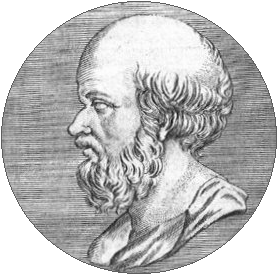
Eratosthenes was known for his exact calculation. He calculated Earth’s circumference and axis tilt. Both were accurate and became well known during his lifetime. To calculate this, he used the noon shadow at midsummer at one point where the sun was so far away that the rays were parallel, then used the distance between two points on land to calculate the circumference. He also worked on prime numbers. His Sieve of Eratosthenes , or a way to find the primes smaller than n when n is less than 10,000,000, is still an important tool in number theory.
Learn more about Eratosthenes at World History Encyclopedia.
Greece, 190–120 B.C.E.
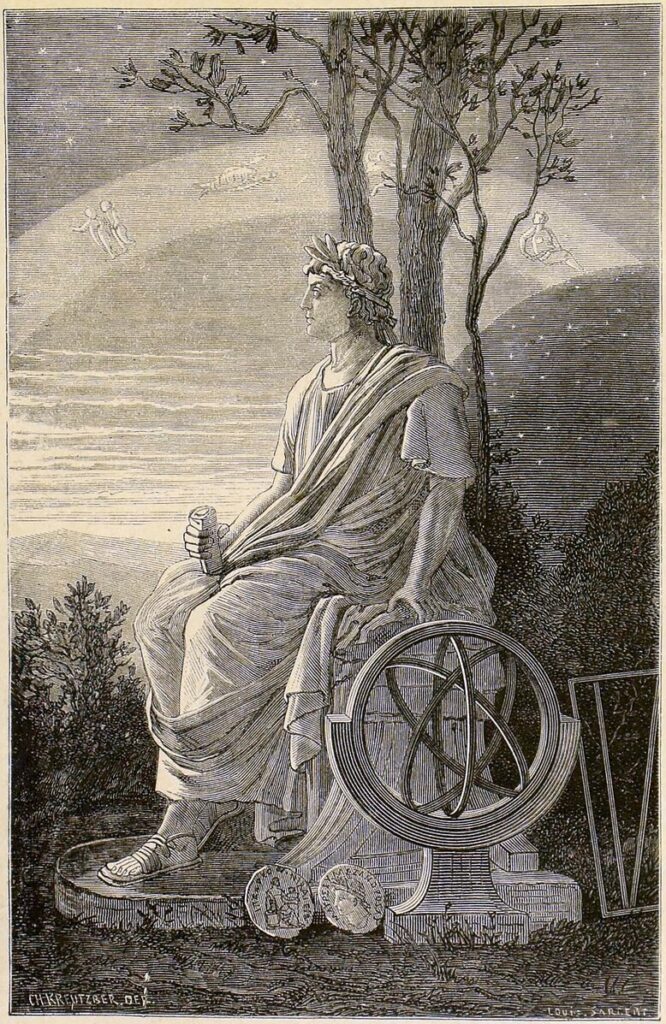
Hipparchus is known first for his astronomy, including creating models for how the sun and moon survive. In math, he developed trigonometry, built trigonometric tables, and solved problems of spherical trigonometry. Using trigonometry and his theories about the sun and moon, he developed a reliable way to predict solar eclipses.
Learn more about Hipparchus at Britannica Kids.
Heron of Alexandria
Egypt, c. 10 b.c.e. to 75 c.e..
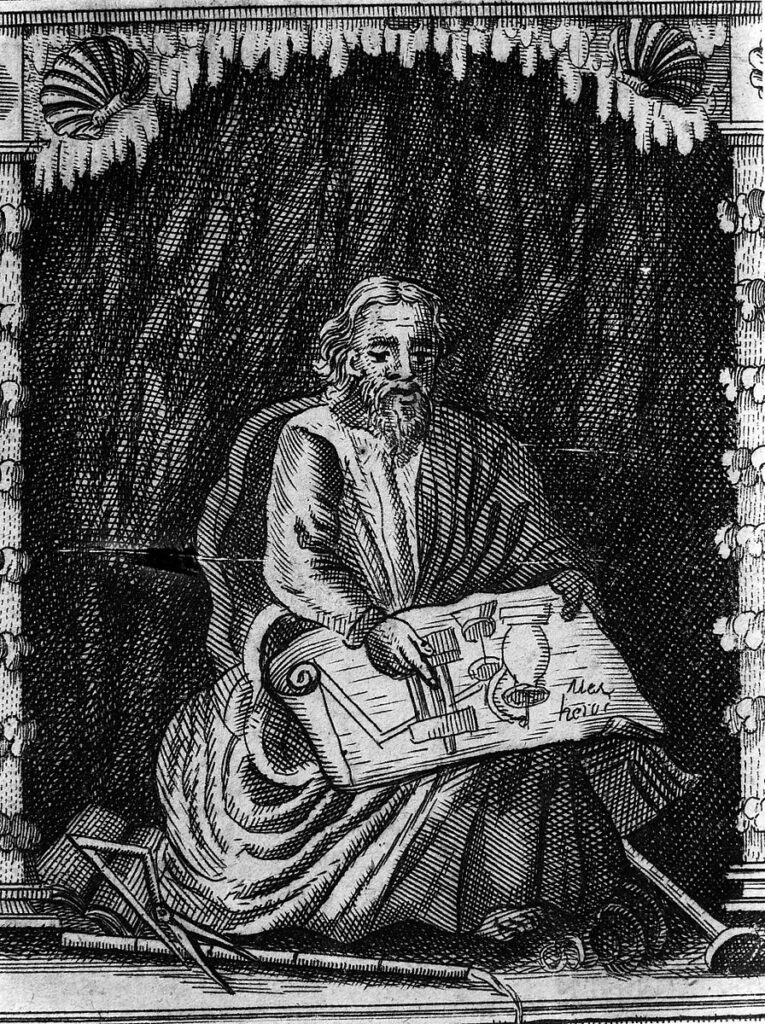
Very little is known about Heron of Alexandria’s life, but he left behind 13 books of his writings. In math, Heron was most famous for Heron’s formula , the formula for finding the area of a triangle using the length of its sides. But Heron’s work did not stop there. He also worked on the areas of quadrilaterals, polygons, and surface and volume of cones, cylinders, prisms, and more shapes. If you’re working with a geometric formula, Heron likely studied it. Heron also gave a formula for finding the cube root of a number.
Learn more about Heron of Alexandria at Britannica.
Egypt, 100–170 C.E.
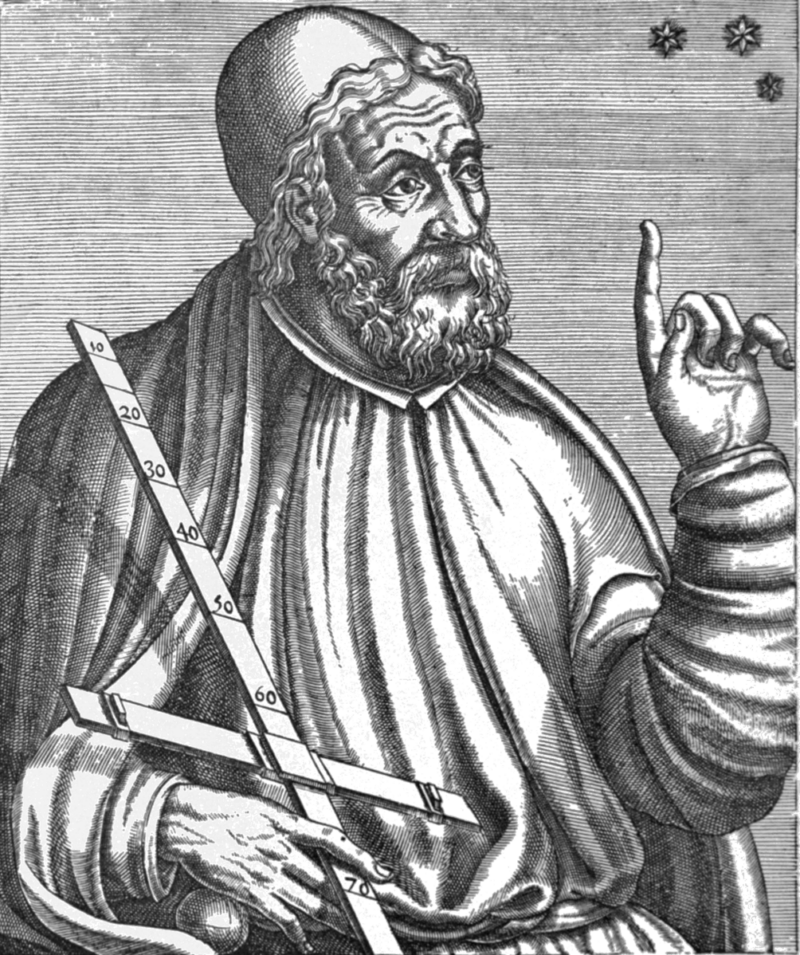
Ptolemy is known for applying math to astronomy, like applying theorems of spherical trigonometry to astrological problems. His book The Almagest , is about math and astronomy, even though at the time, people thought the Earth was the center of the universe. He was also known for his contributions to trigonometry. His table of the lengths of chords in a circle is the first table of a trigonometric function that we have.
Read more about Ptolemy at the World History Encyclopedia.
Egypt, c. 355–415 C.E.
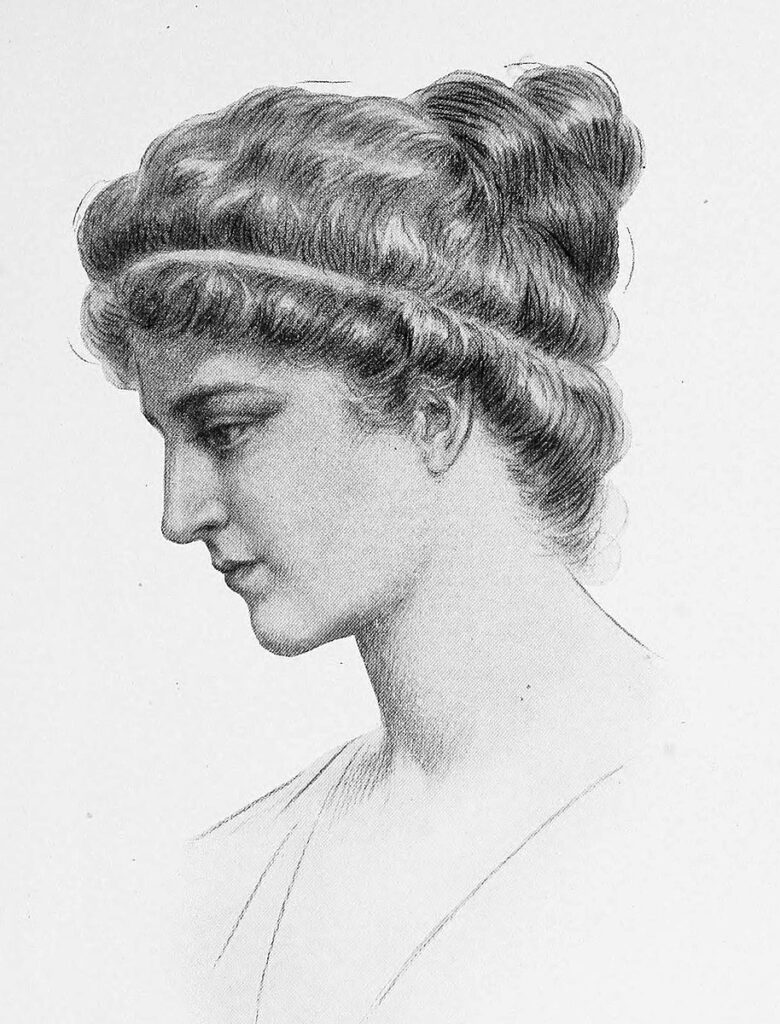
Hypatia is the first female mathematician that we have record of. In fact, during her time, she was the world’s leading mathematician and astronomer. Hypatia’s father was also a famous mathematician and astronomer, and she continued his work, with a focus on preserving Greek math and astronomical knowledge during a difficult time in history. She wrote comments on books about geometry and number theory.
Learn more about Hypatia at Smithsonian Magazine.
Blaise Pascal
France, 1623–1662.
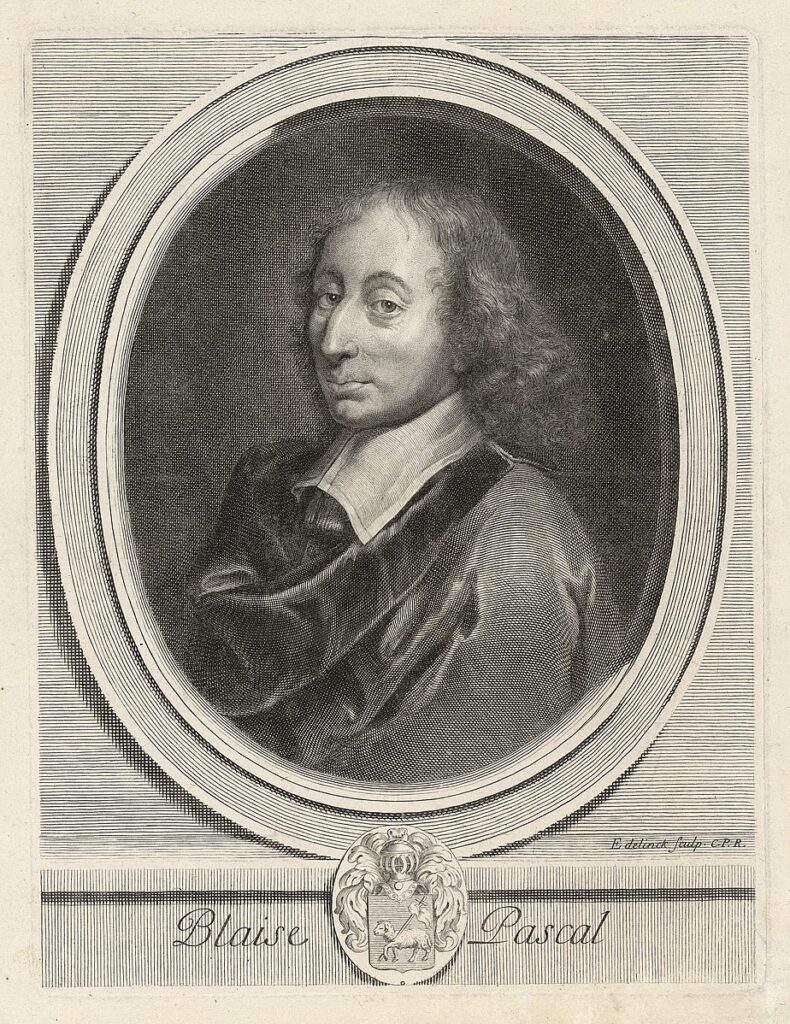
Pascal was a child prodigy whose father was a mathematician, so he accomplished a lot in his 39 years. In math, he worked on the arithmetic triangle—his book Treatise on the Arithmetic Triangle set the foundation for future geometry. He invented a machine that did calculations and helped advance calculus. He is also regarded as the founder of probability.
Learn more about Blaise Pascal at Internet Encyclopedia of Philosophy.
Leonhard Euler
Switzerland and russia, 1707–1783 .
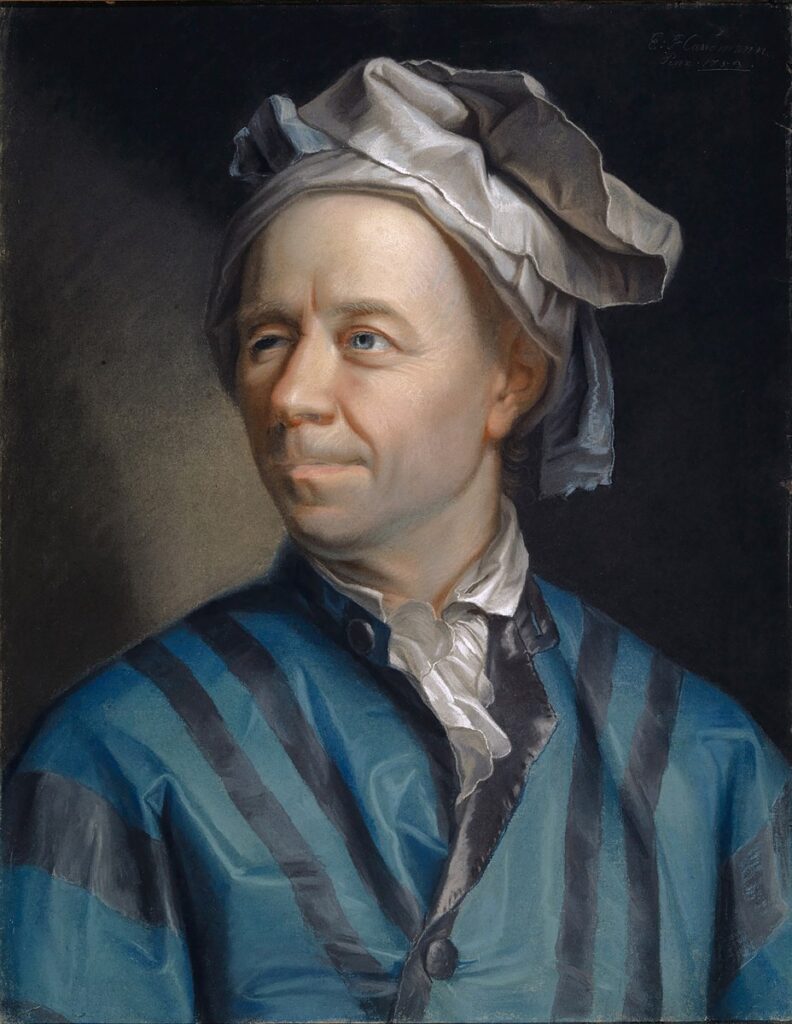
Euler was a mathematician and physicist and a founder of “pure mathematics.” He is known for finding useful ways to use math in technology and public affairs, as well as contributing to geometry, calculus, and number theory. Euler invented functional notation, f(x), and developed the trigonometric functions to show sine, cosine, and tangent. He also invented Euler’s formula, the way to show the relationship between sine, cosine, and tangent. Interestingly, Euler lost his sight, first in his right eye and then in both his eyes.
Learn more about Leonhard Euler at New World Encyclopedia.
Joseph Fourier
France, 1768–1830.
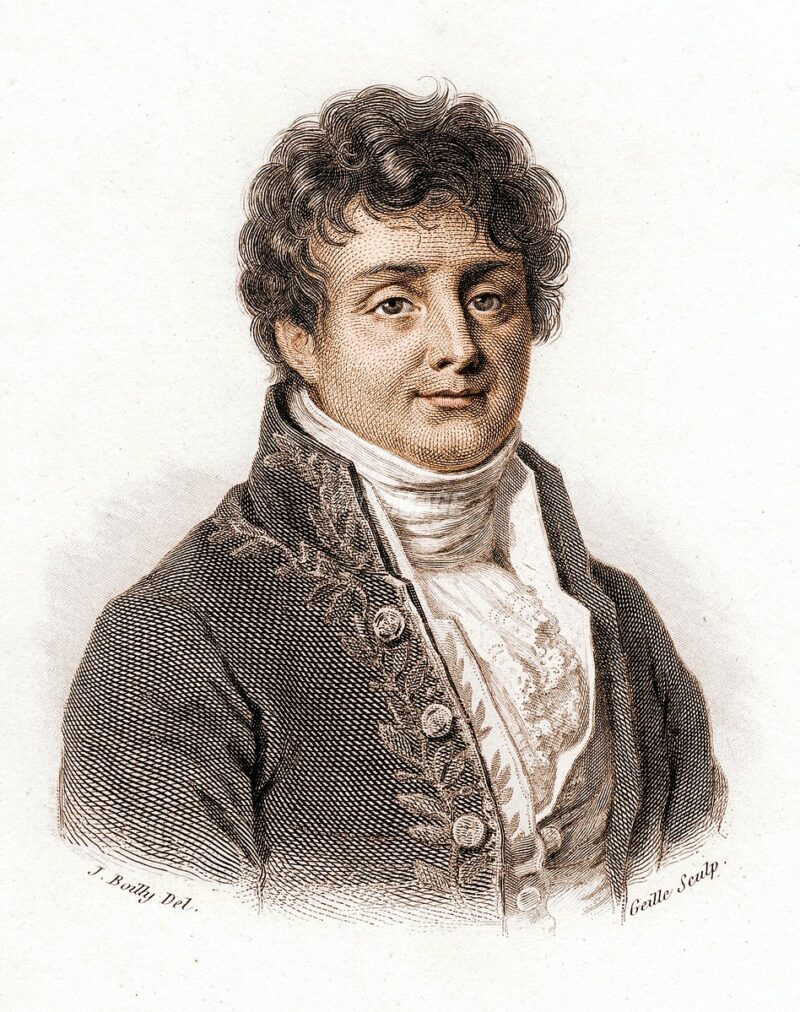
Fourier taught and studied mathematical physics, and showed how heat moving through solids can be analyzed in terms of a mathematical series of infinite sines and cosines (called the Fourier Series ). His work helped scientists study boundary-value problems like sunspots, tides, and weather. He also influenced the theory of functions as a real variable, which is still studied today. Fourier lived during the French Revolution and got swept up in the revolution and its politics.
Learn more about Joseph Fourier at Britannica.
Carl Friedrich Gauss
Germany, 1777–1855.
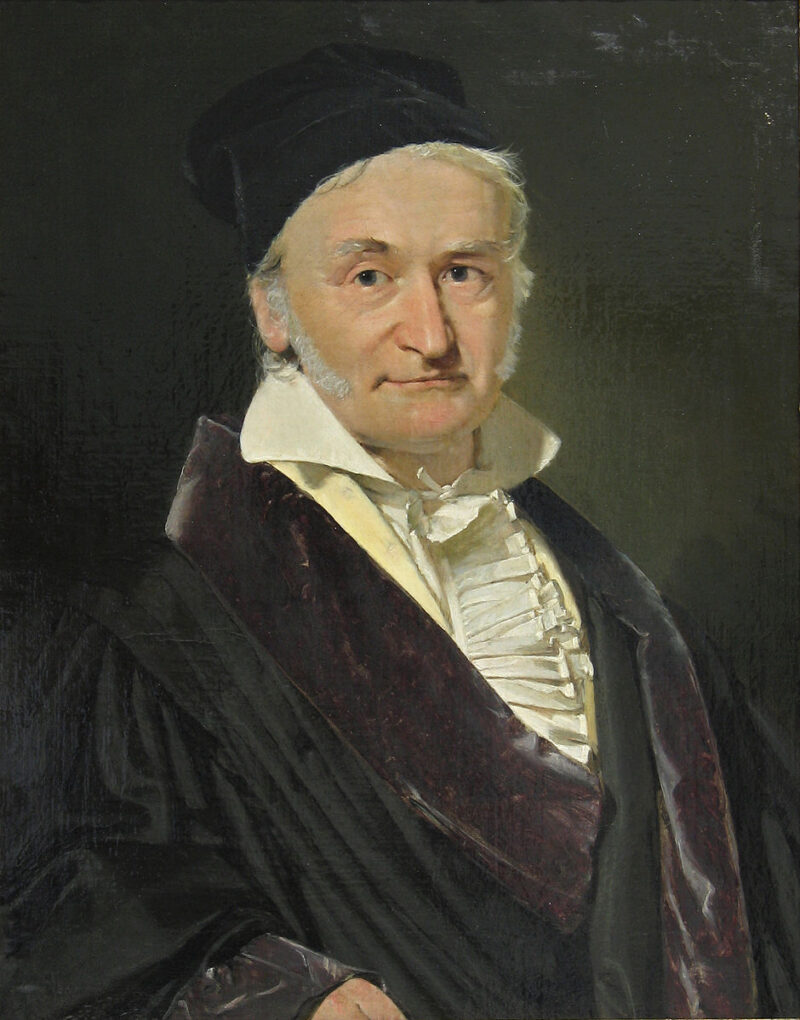
Gauss made contributions to number theory, geometry, probability theory, the theory of functions, and more. Because of the number of contributions he made to math, he has been called the Prince of Mathematics . Some of his contributions to number theory include the prime number theorem , the arithmetic/geometric mean, and the binomial theorem , among others. Gauss is quoted as saying , “Mathematics is the queen of the sciences, and number theory is the queen of mathematics.”
Learn more about Carl Friedrich Gauss at Britannica.
Charles Babbage
England, 1791–1871.
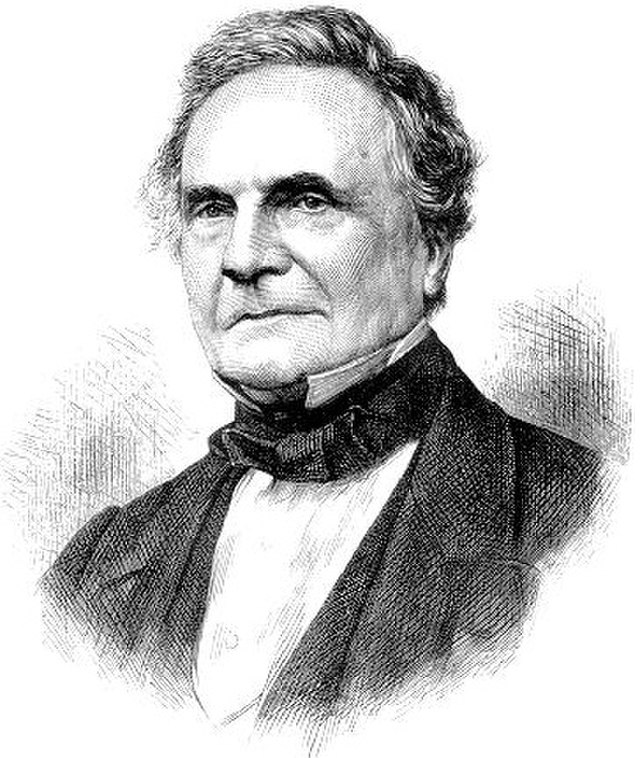
In 1812–13 , Babbage got the idea to calculate math problems using a machine, and he created a small calculator that could calculate up to eight decimal points. Then, in 1823, Charles Babbage designed a machine that could perform computations based on instructions and could store information in memory, like today’s computers. He called it the “ difference engine ” and programmed it to calculate logarithms and trigonometric functions. At the time, Babbage designed it to be the size of a room. The actual engine wasn’t built until almost 200 years later and it worked perfectly. He also designed an “analytic engine” that was even more like a computer with printing abilities.
Learn more about Charles Babbage at Britannica Kids.
George Boole
England, 1815–1864.
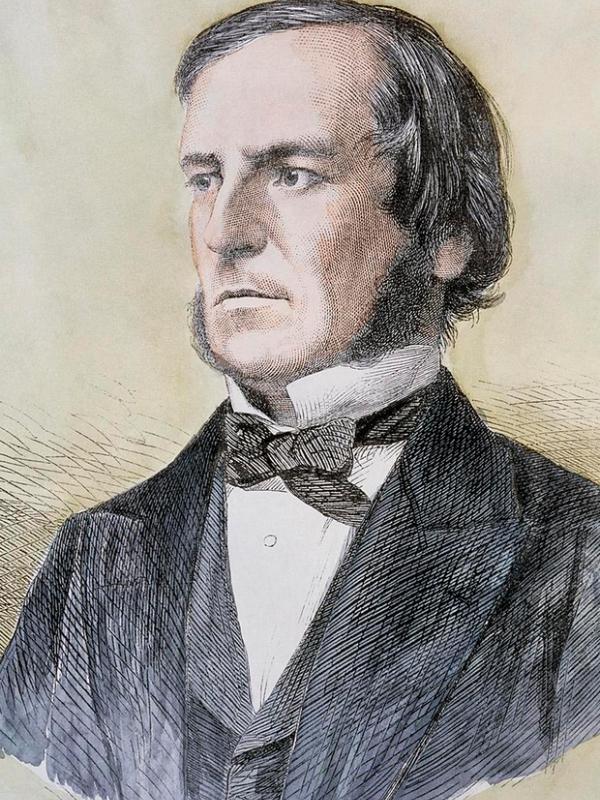
Boole is known for his work in algebra. He designed Boolean algebra (or Boolean logic), which involves logic problems and math functions using the operators and , or , and not . He also described a system where two objects were either on or off (like today’s binary system that uses either 0 or 1). His work was the foundation and start of what became computer science.
Learn more about George Boole at Totally History.
Georg Friedrich Bernhard Riemann
Germany, 1826–1866.
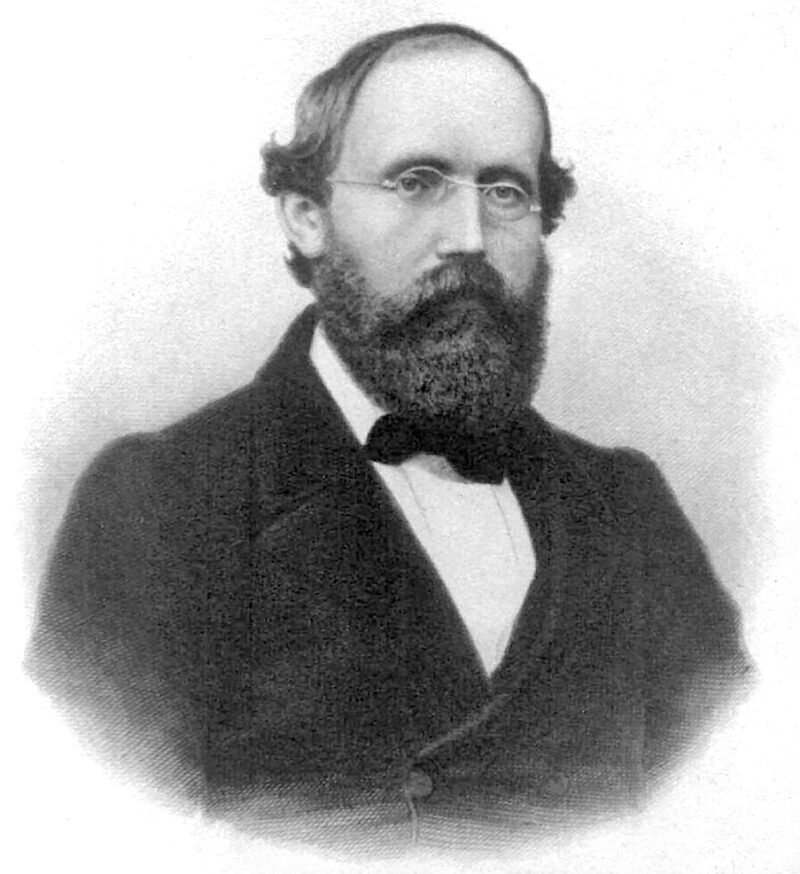
In school, Riemann was a good, but not exemplary, student . He had an interest in math and studied it on his own. Riemann used intuitive reasoning, which meant that he did not use a lot of calculations, but that also meant that his work was easier to read. He was studying at the University of Berlin when he worked out his general theory of complex variables, which is the foundation of his other work. Riemann studied under Gauss and other famous mathematicians. Riemann worked on geometry that went beyond two and three dimensions, and worked in the zeta function and in multi-dimensional complex numbers. His Riemann hypothesis is a mathematical mystery that is still unsolved even though many other famous mathematicians have worked on it.
Learn more about Bernhard Riemann at Britannica Kids.
David Hilbert
Germany, 1862–1943.
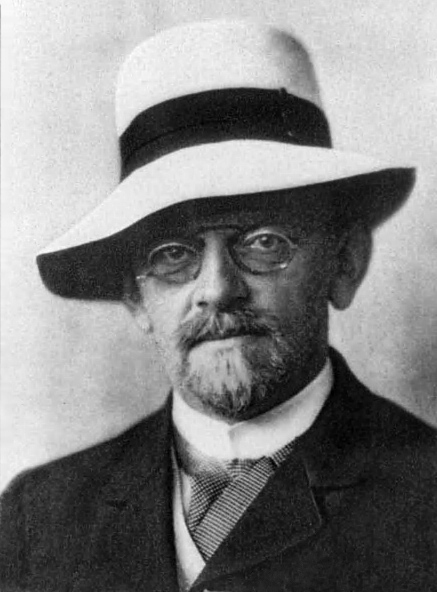
David Hilbert was at the Sorbonne in Paris in 1900 when he gave a lecture about the 23 unsolved mathematical problems of the time. The “Hilbert problems” were the focus for mathematicians during the 20th century. (Now, of the original 23 problems , 10 have been solved, 7 are partially solved, and 6, including the Riemann hypothesis and the Kronecker-Weber theorem, have not yet been solved). Hilbert also developed his own theorems and concepts, including functional analysis. He was also optimistic about mathematics and famously declared in a 1930 radio appearance, “We must know! We will know!”
Learn more about David Hilbert at Britannica.
G.H. Hardy and Srinivasa Ramanujan
England, 1877–1947; india, 1887–1920.
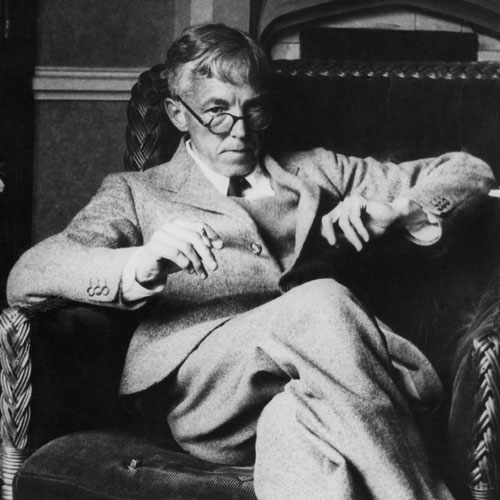
G.H. Hardy and his Indian protégé Srinivasa Ramanujan were famous mathematicians who focused on solving math problems that previous mathematicians had set out, like the Riemann hypothesis. They didn’t solve the Riemann hypothesis—they said they did but only proved that there are infinitely many zeros on the critical line. Ramanujan, who had no formal training, did manage to prove many of Riemann’s results, and said that his ideas came to him in dreams. The pair worked together at Cambridge University and had a big impact on British mathematics, though they never did fully solve the Riemann hypothesis.
Learn more about Hardy and Ramanujan at YouTube.
Emmy Noether
Germany, 1882–1935.
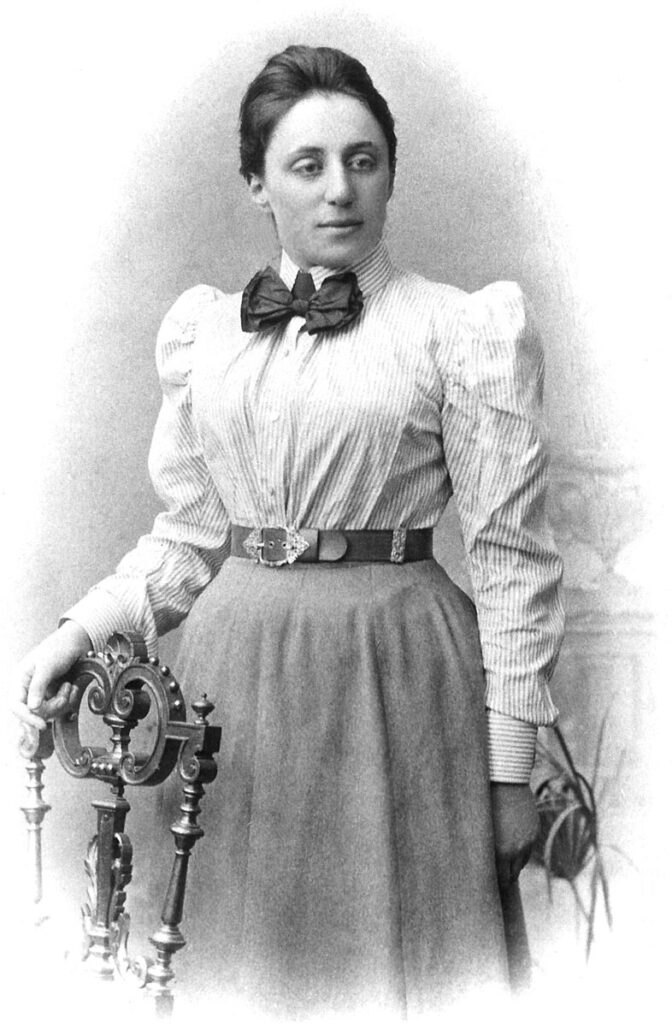
Noether was called the most creative abstract algebraist of her time. She didn’t start out studying math, instead studying what most young women at the time studied—French, English, and how to cook, clean, and play the clavier. At 18, she wanted to take math classes at the University of Erlangen, but the university refused to admit her because she was a woman. They did, however, let her sit in on a class.
She sat in on classes, without getting credit, for two years and then passed the test that allowed her to get her doctorate degree in math. After five years, Noether earned the second degree in math to be granted to a woman. But because the University of Erlangen would not hire her as a professor, she worked with her father and published papers about her work. In her life, she made many contributions to math, including studying rings, groupings, and fields in algebra. She was a teacher and published more than 40 papers about math.
Learn more about Emmy Noether at Britannica.
John von Neumann
Hungary, 1903–1957.
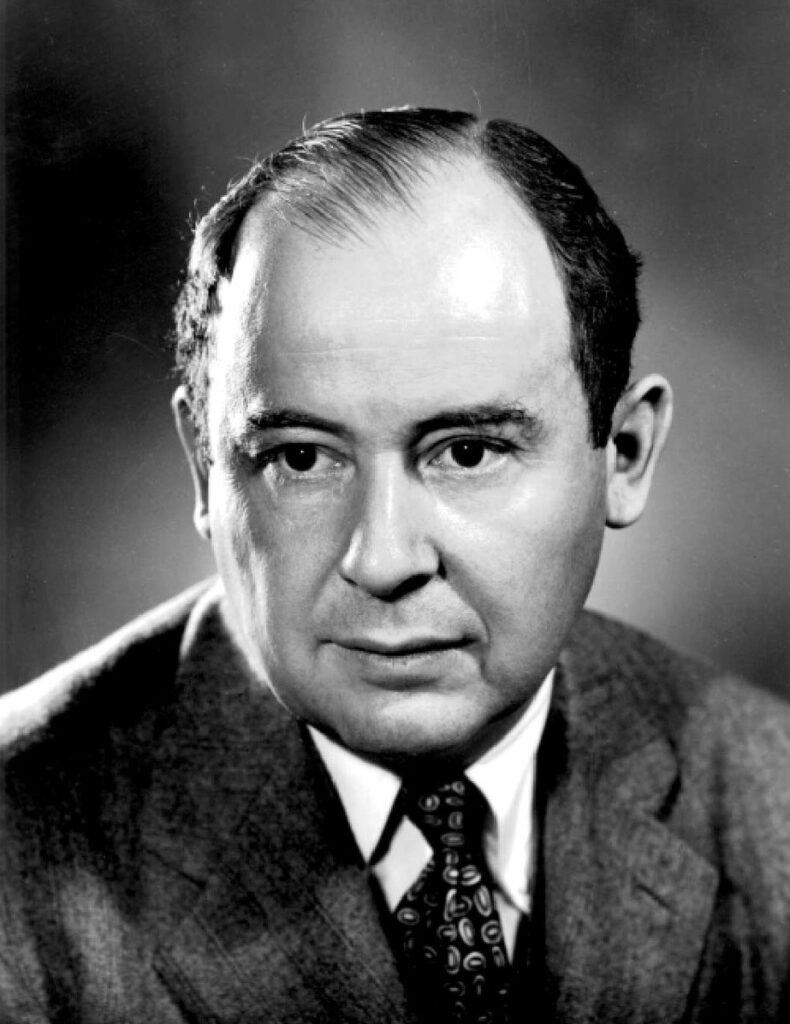
John von Neumann was a child prodigy who worked on quantum theory and the Manhattan Project. He created a design model for a digital computer that used separate storage for processing information and holding data, a structure that computers still follow. He also developed game theory , or a way to use math to analyze how people make decisions that involves other people or “players.”
Learn more about John von Neumann at Britannica Kids.
Katherine Johnson
United states, 1918–2020.
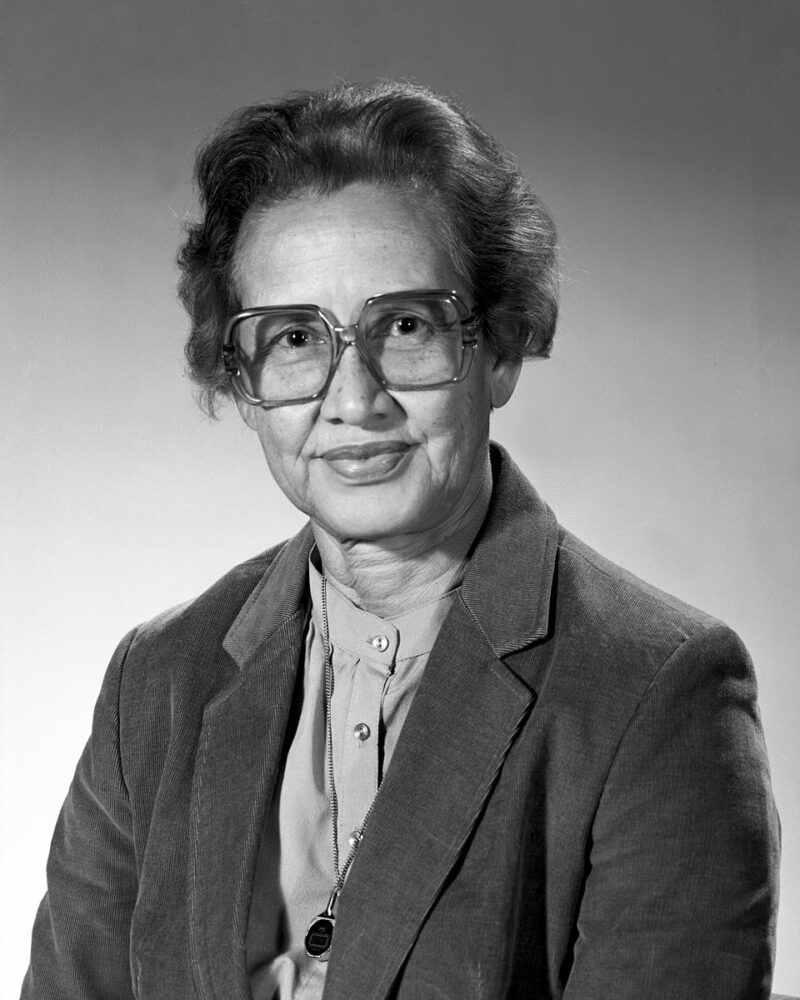
Johnson was the first African American female NASA scientist. She completed the calculations that sent Alan Shepard and John Glenn into space and was an important part of the Apollo space program. She was awarded the Presidential Medal of Freedom in 2015 and was one of the three women depicted in the book and movie Hidden Figures .
Learn more about Katherine Johnson at NASA.
Mary Jackson
United states, 1921–2005.
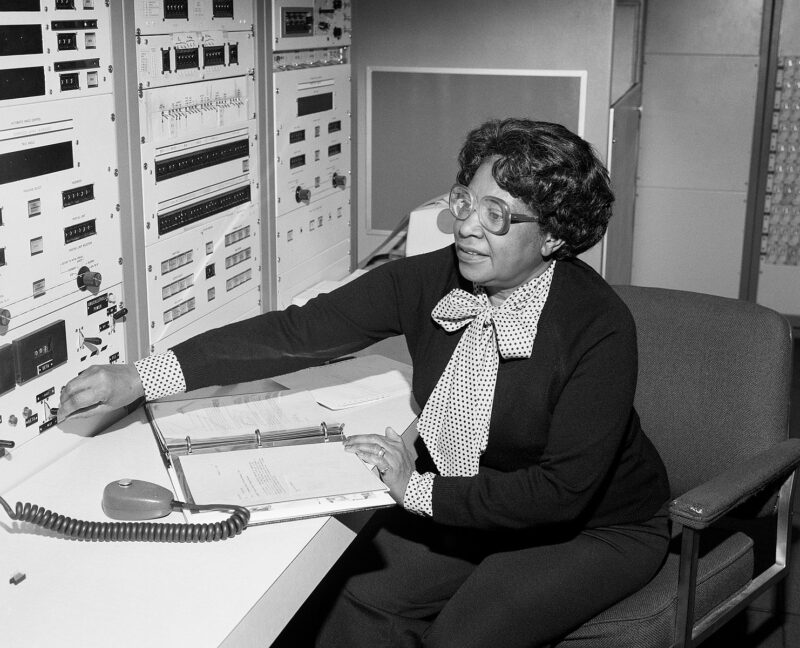
Jackson was another mathematician and aerospace engineer, and was the first African American woman to be a NASA engineer. She started her career as a math teacher and then joined the National Advisory Committee for Aeronautics (NACA) to work on American space programs. She worked with Dorothy Vaughan, another influential mathematician, to provide data that was used in early space missions. Because of segregation, Jackson often had to get special permission to take classes and further her education as she worked to become an engineer. Jackson was also depicted in the book and movie Hidden Figures along with Katherine Johnson and Dorothy Vaughan.
Learn more about Mary Jackson at Britannica Kids.
Alfred van der Poorten
Australia, 1942–2010.
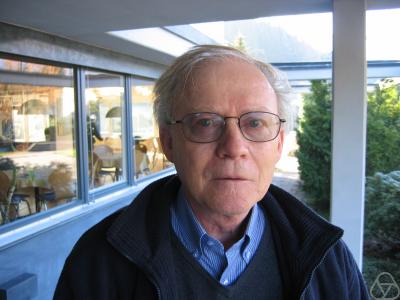
Alfred van der Poorten was a university mathematician through and through. He focused on number theory, specifically Diophantine analysis (an equation where only integer solutions are permitted), transcendental numbers , fractions, and elliptical curves. Van der Poorten made discoveries like solving Posit’s conjecture on the rationality of the Hadamard quotient theorem and on the Einstein cosmological constant. He also analyzed and wrote about other mathematician’s work, including Leonhard Euler’s.
Learn more about Alfred van der Poorten at the Australian Mathematical Society.
Maryam Mirzakhani
Iran, 1977–2017.
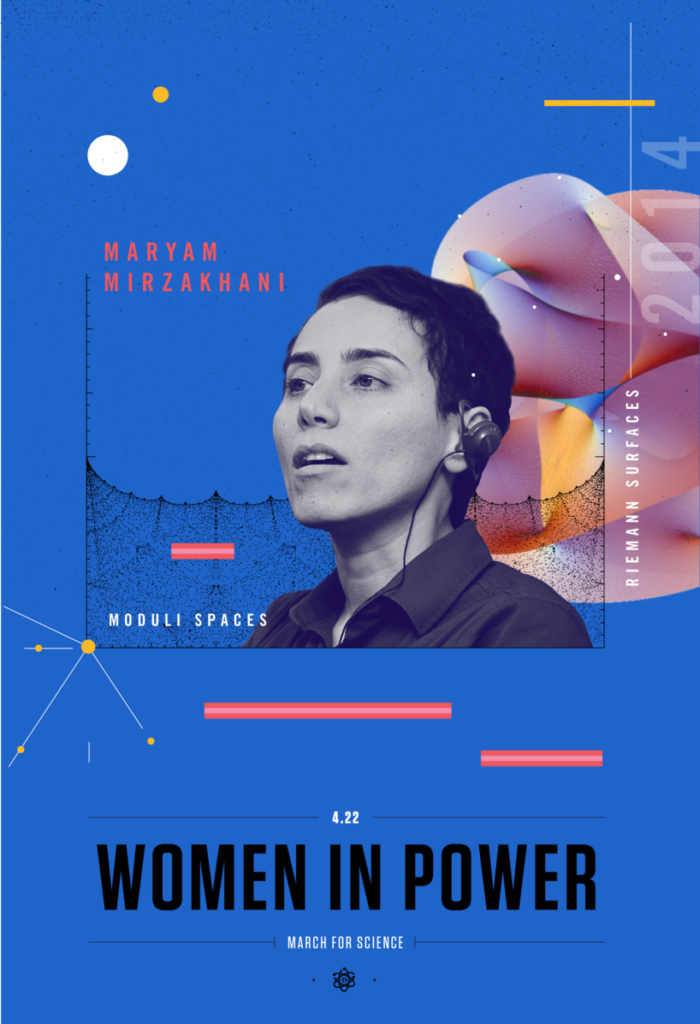
Mirzakhani is one of the most famous mathematicians because she took an innovative approach to research in branches of math, including symplectic geometry and ergodic theory. In 2014, she became the first (and only) woman to earn the Fields Medal. Mirzakhani was interested in math from a young age and won gold medals in 1994 and 1995 in the high school International Mathematical Olympiads. She died at the age of 40 from breast cancer.
Learn more about Maryam Mirzakhani at UNESCO.
Terence Tao
Australia, born 1975.
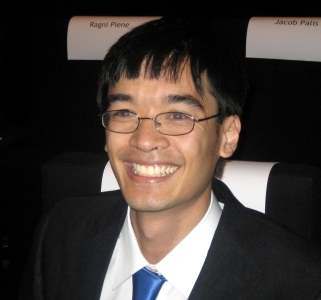
Tao is considered one of the best mathematicians alive today. He is a professor at the University of California, Los Angeles. He won the Fields Medal in 2006 for his work on partial differential equations, among other math topics. Tao’s accomplishments are original and diverse, and he has worked on projects that extend the work of mathematicians who came before him, like Albert Einstein’s theory of general relativity. Tao’s work shows that there is still a lot to be discovered in math.
Learn more about Terence Tao at Britannica.
Want to know more about famous mathematicians?
Watch this video about more famous 21st-century mathematicians:
If you liked this list of famous mathematicians, check out these Nobel Prize Winners Kids Should Know .
Plus, get all the latest articles, teaching tips, and ideas when you subscribe to our free newsletters .
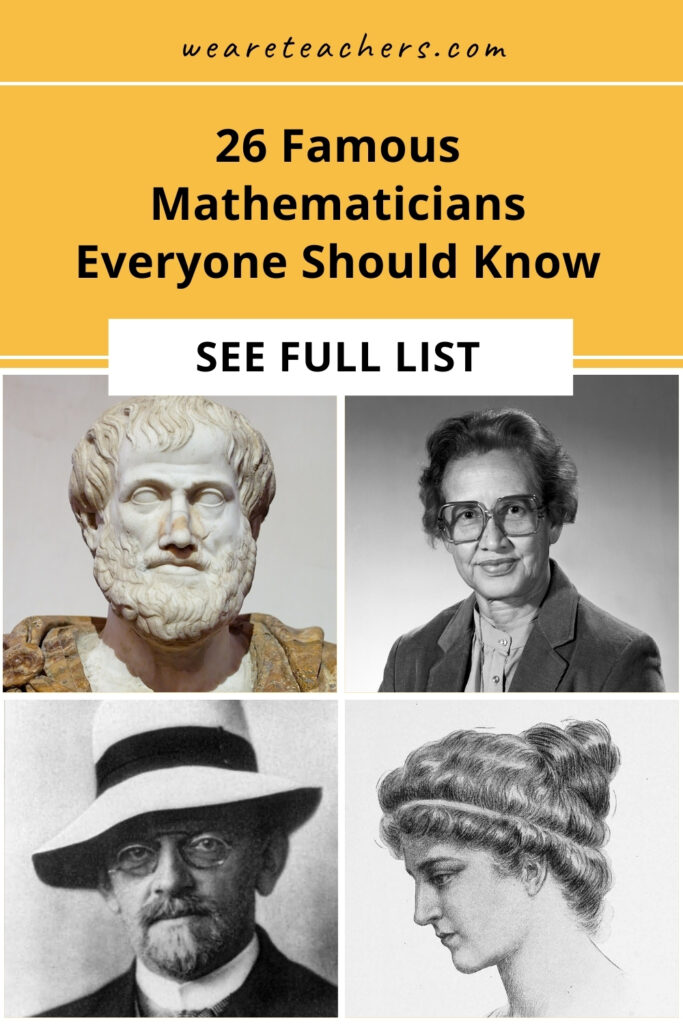
You Might Also Like
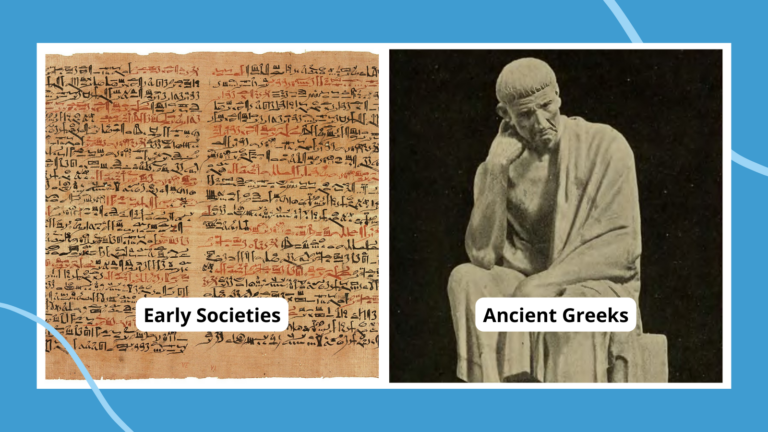
Who Invented Math? The History of Mathematics
Did math start with the Greeks, or has it always existed? Continue Reading
Copyright © 2024. All rights reserved. 5335 Gate Parkway, Jacksonville, FL 32256
MacTutor
Alphabetical index.
Other Indexes
- Chronological
- Birth Countries
- Recent Changes
- African mathematicians
- Ancient Islamic mathematics
- Mathematical astronomy
- Ancient Greek mathematics
- Ancient Indian mathematics
- Female mathematicians
- African-American mathematicians
- Group theorists
- Topologists
- Newsletters
- Account Activating this button will toggle the display of additional content Account Sign out
For me, with the parents I had, “no contact” was the only option.
Last year, my mom had abdominal cancer. Doctors injected her stomach with hot chemotherapy and lifted her body onto the operating table to spread the steaming poison. I wasn’t there. This summer, I had a daughter whom my mom won’t meet. When I think about the holidays, when there will be no cards, no phone calls, no texts—nothing—my body floods with joy and relief.
Estrangement, long a taboo topic, is now being discussed more openly, thanks in part to the royal rift between Prince Harry and Prince William, and in part to the popularity of TikTok, where thousands of twentysomethings testify that walking away from parents improved their mental health. Last month, the New York Times profiled a social worker who urges his social media followers to pen a brief letter saying sayonara to their abusers of origin.
The Times piece zoomed in on an extreme example of a commonplace phenomenon that goes back to biblical times . Like many stories on estrangement, it gave ample room to the therapists who think it’s a bad idea and the parents who feel hurt and rejected and confused about how to present their plight in public, leaving some older readers to shake their heads and sigh, “Kids these days.” This kind of reporting is nothing new. Conversations about cutting ties with family members are usually littered with caveats: that it’s a complicated decision, a last resort, invariably painful and fraught. Some liken the choice to “losing a limb,” walking through a never-ending fog of grief, or being “ orphaned .”
But after four years of no contact with my mom and almost two decades without my other parent, I want to shout: Estrangement can also feel wonderful! Saying goodbye changed my life for the better, and I’m far from alone. Understanding the experiences of millions of Americans like me is crucial to understanding why estrangement seems to be on the rise—and why that might be a good thing.
Despite the stigma, going no contact is extremely common: About 30 percent of Americans are currently estranged from a family member, with up to 40 percent of Americans having experienced it at some point. Though hard data is difficult to come by, anecdotes suggest that family splits are becoming more frequent.
Common narratives portray these breakups as a scourge inflicted by hyperindividualistic, narcissistic millennials who reject filial duty, refuse to reconcile, fail to forgive, and take the easy way out of hard conversations. In 2021 David Brooks pointed to millennial insistence on drawing these kinds of hard boundaries as “evidence of the breakdown of society” and proof of the “pervasive psychological decline” that’s “ripping families apart.” Rejectedparents.net , an online support group, urges cut-off parents to “call it what it is: ABUSE by adult children.”
But these sensationalist critiques ignore the perspective of the millions of people like me, who are very happily distant. Joshua Coleman, a psychologist with 20 years of experience working with fractured relationships and the author of Rules of Estrangement , told the BBC , “The research shows that the majority of adult children say it was for the best.”
I’m estranged from both of my parents for very different reasons. My parents separated when I was 11, after my mom won custody, and my other parent, Theresa, moved across the country. After one phone call, I didn’t hear from Theresa for five years, until Facebook came on the scene. I’d missed her terribly, but the parent I instant-messaged was not who I expected: Theresa was deep in crisis, unable to even leave her house. She felt that I, as a child, had abandoned her and seemed to hold me responsible for her subsequent psychiatric hospitalizations. I kept trying to reconnect, but she politely declined offers to meet up for coffee. I had hoped to invite Theresa to my wedding, until her unenthusiastic response to the news of my engagement—“Congratulations,” followed by a period—persuaded me to give up.
Losing a relative involuntarily, whether through desertion or death, can be a gut-wrenching experience. Discussions of estrangement tend to focus on the pain inflicted on the person left behind: The recent Times piece condensed one estranged mother’s shortcomings—including alcoholism, a personality disorder, and creating a “volatile atmosphere” for her young children—into a single paragraph, while dedicating seven to her grief.
I’ve seen the agony of abandonment from both sides. As a child, I certainly suffered years of lonely afternoons in my mom’s apartment, wondering if Theresa loved me and how she could have left. But the more I learned about her emotional well-being, the more grateful I became for her decision to let me go. Theresa knew her limits. By honoring them, she spared me years of caregiving and playing go-between in bitter conflicts between my parents. Even though I had no control over our rift and it hurt bitterly at the time, it wound up being a gift.
As an adult, I learned how difficult it could be to decide to say goodbye. After Theresa’s departure, my mom raised me as a single parent, while struggling with compulsive shopping and hoarding. My mom did the best she could, but she couldn’t tell there was a problem, even when we had no place to cook or bathe, or when I spent a year in foster care. In high school, after her apartment became totally unlivable, I spent months scrounging up places to stay, making me an easy target if someone wanted to hurt me. When, at 17, I slept in my Toyota, she declared, “No child is homeless when they have a 1992 Corolla!”
As a teenager, I didn’t realize setting boundaries was even an option. Therapists at the time urged me to “focus on what you can control”—but what I could control, it seemed, never included my need to have a relationship with her. Endless aphorisms emphasize the unique bond between relatives: “Blood is thicker than water”; “You can’t choose your family”; “You have only one mom.” But these maxims ignore the special ways our closest kin can hurt us—particularly parents who wield near-absolute power over their minor children. Like many other folks navigating family dysfunction, I received advice focused on keeping us in contact, regardless of the personal cost.
Even after college, once I realized that estrangement was an option, I wasn’t sure I qualified for it. Most people believe that distance is sometimes warranted: Even the most vigorous critics of estrangement carve out a tidy exception for abuse, before using that caveat to condemn whatever boundaries they deem selfish. But all too often, only heinous physical and sexual violence is considered valid. Even the nature of mistreatment is open to interpretation; what one generation calls parenting, the next generation identifies as gaslighting.
Once I began telling more people about my childhood, they started asking me, “Are you still in touch with your parents?” I thought that this was a rhetorical question. “Of course!” I would reply. Their confused stares indicated that this answer wasn’t the obvious one. In my mid-20s, a therapist suggested that stronger boundaries might help me. Shortly after, my husband casually told me, “I don’t know how you can still talk to your mom.”
Even so, I wanted to avoid being one of the self-absorbed, conflict-avoidant millennials that populate think pieces about cutting ties. If I set limits, I would be not only a bad daughter but also the source of society’s decline. At a certain point, though, the idea of never speaking to my mom again began to feel like a huge relief. But I wasn’t sure I could handle the stigma of having wrecked that relationship, a characterization reinforced by every article that trivializes the reasons families are falling apart. I’d never seen an unapologetic account of someone who had walked away and thrived. Back then, I didn’t believe that it was possible because I’d never seen it depicted.
While writing this piece, I put out a call on social media, and before long my inbox was flooded with people of all ages who are happily estranged from parents, siblings, children, and other relatives. Many said it was the best choice they’d ever made; some said it had saved them from suicide. One 27-year-old man wrote that since he and his mother got a restraining order against his father, “we have never been this happy. … It’s almost like my life is divided into a before and after.” Walking away has enabled people to discover who they are, model healthy relationships, and invest in those who are there for them.
“Sometimes estrangement can force a wake-up call,” said Coleman, the estrangement psychologist. Coleman told me he found his specialty after his daughter stopped talking to him in her mid-20s. “It forced me to do a much deeper self-exploration that was critical to the healing that took place.” If it hadn’t been for his daughter’s decision, he might have never done the work that enabled him to eventually reconcile. “Some parents—I was one of them—have to be hit on the head to do that kind of empathetic deep dive.”
Although estrangement can have positives, powerful barriers keep people trapped in relationships that might not be healthy. In many communities of color, stigma around severing relationships can be especially intense. For others, it means being utterly alone, often without resources. Lilly (who asked to be identified only by her first name to protect her privacy) runs EaCES , an organization for former foster youth and estranged young adults in the U.K. EaCES distributes a guide about how to navigate social services and survive without family support. “Filling in that information gap can be the difference between being homeless or not,” Lilly said.
Many critics claim that estrangement is a social media trend, spread via viral videos often crowned with the hashtag #toxicfamily . But internet culture’s emphasis on identifying harmful patterns can have benefits too. Lilly explained, “TikTok can help people work out how to have healthy relationships and try to break the cycle with their own kids.” Seeing many different perspectives helps to counteract reductionist storylines in which cutting ties is an all-or-nothing proposition that’s justified only in the narrowest cases of severe abuse.
From age 23 to 27, I felt hamstrung by those impossible standards. I walked around with an invisible measuring stick, trying to judge whether what my mom had done was bad enough, weighing it against how much she clearly loved me. But in thinking so deeply about her actions, I ignored how our relationship made me feel. When my mom texted me, I grew agitated for weeks. I blamed myself for the ways I’d been hurt as a vulnerable teenager on my own; it took me years to realize that those heinous self-blaming thoughts grew out of things my mom had said to me. I don’t believe she had bad intentions, but she seemed incapable of responding in any other way. Confronting her went nowhere; she only doubled down. My attempts to bridge the gaps weren’t helping her, or me.
No one needs a reason to justify estrangement, because estrangement is not about blame. Instead, it highlights the fact that adult relationships require mutuality. Children aren’t indentured servants; parents don’t owe their grown kids heroic acts of saintliness either.
Many assume that because estrangement is a difficult choice, it must feel bad. The truth is, lots of important decisions are hard. People grapple for years with the idea of getting married or go back and forth about wanting kids. Yet we don’t assume that every moment of a marriage must be fraught or that every instant of our children’s lives is tinged with regret. Even though it took me nearly a decade to decide I couldn’t have contact with my mom, as soon as I called her, I knew I had made the right decision.
After I said goodbye to my mom, my whole life changed. I stopped doubting my basic emotions and deferring to her version of reality. Relationships with other relatives deepened once I stopped equating family with guilt and obligation. For the first time, I started wanting to become a parent and believing that I could do an OK job.
Yes, I fear that my own daughter may not speak to me when she grows up, but that’s her choice. Knowing she has that right has pushed me to think about how to become someone she will want to call—and avoid replicating my parents’ mistakes.
After three years, I’m convinced that estrangement can be an act of love. Theresa spared me years of fighting and caregiving. With my mom, there’s no more judging, no more begging her to change. Nor am I enabling her compulsions. I used to hope, or fear, that my distance would crush my mom, but given what I’ve heard from relatives, she is, by her own definition, thriving: beating cancer, pursuing her passion (clearance shopping), and surrounding herself with like-minded friends who share her perspective. I’m happy for her. She deserves to live her life free from the scorn of people—like me—whose baggage prevents them from embracing her as she is. We all do.

- Why SIP Abacus?
- Our Courses
- Become our Franchisee
- SIP Abacus Near Me
Overcoming Math Anxiety in Children
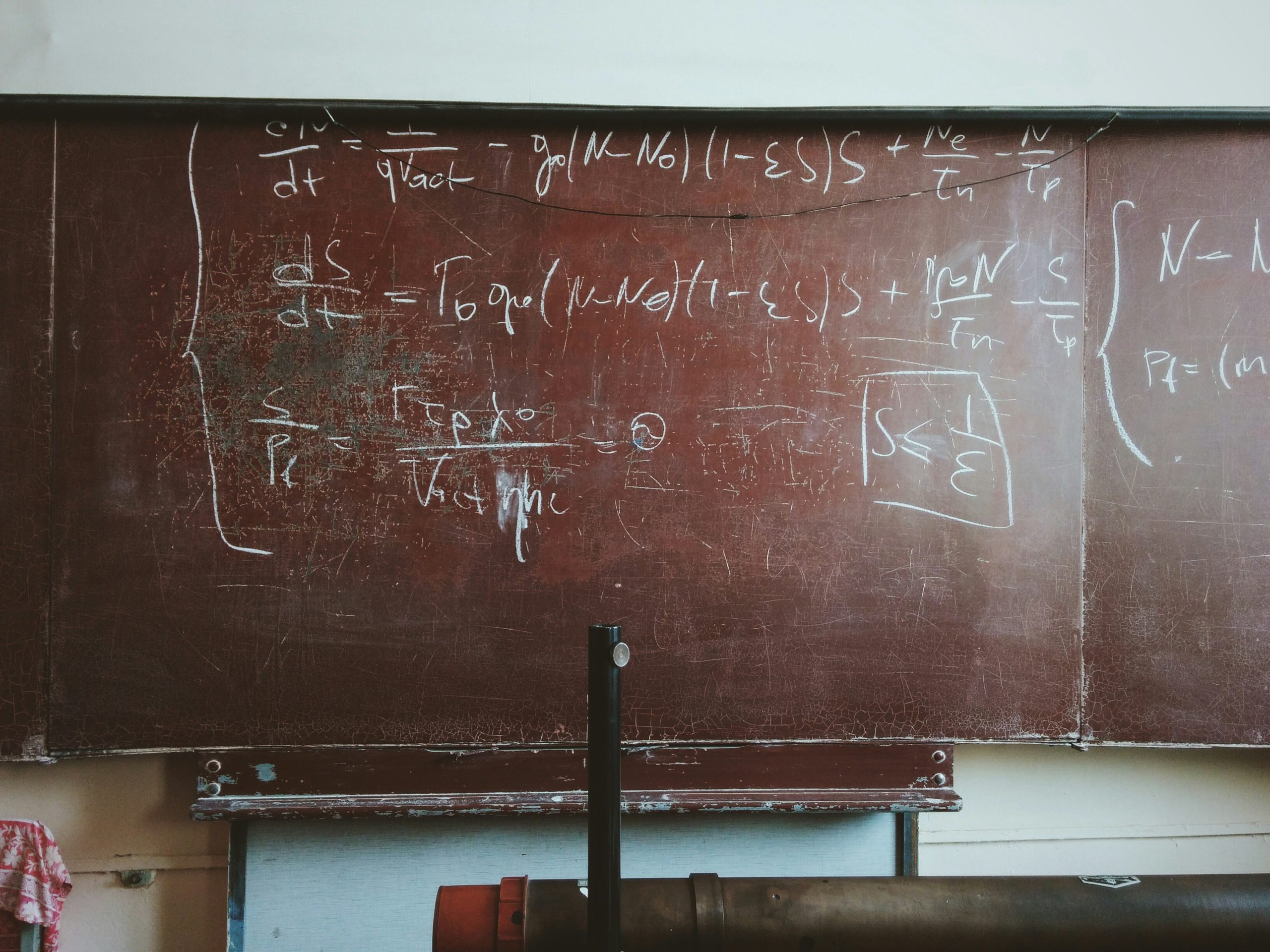
Do you notice your child feeling anxious or stressed when it comes to mathematics? Math anxiety is a common issue among children, often stemming from negative experiences or perceptions about mathematics. The good news is that there are several strategies to help your child overcome math anxiety and build confidence in their mathematical abilities. In this blog, we will explore practical tips and techniques that parents can use to support their child’s journey in overcoming math anxiety.
Understanding Math Anxiety
Math anxiety, also known as study anxiety or anxiety in kids, is the fear or apprehension about math-related tasks. It can lead to a negative attitude towards the subject and hinder a child’s ability to learn and perform well in mathematics. It is important for parents to understand the signs of math anxiety, which include avoidance of math-related activities, difficulty concentrating during math lessons, and feelings of frustration or panic when faced with math problems.
To address math anxiety effectively, it is crucial to foster a positive attitude towards math from an early age. Parents should be mindful of their own attitudes towards math and avoid expressing negative feelings about the subject. Instead, emphasize the importance of effort and learning from mistakes. By highlighting the process of problem-solving and encouraging a growth mindset, parents can create a supportive environment that helps children overcome math anxiety.
Embracing Mistakes as Learning Opportunities
One effective way to reduce math anxiety is by teaching children to embrace mistakes as part of the learning process. Rather than focusing on wrong answers, parents can guide their children to explore different strategies to find solutions. This approach helps children develop problem-solving skills and reduces the fear of failure. Encourage your child to see mistakes as valuable learning opportunities and emphasize that everyone makes mistakes. By normalizing mistakes, children will feel more confident in tackling math problems and be willing to take risks.
Making Math Fun with Game-Based Learning
Game-based learning platforms can be a great tool to engage children in math activities and make learning fun. These platforms provide interactive games that allow children to practice math skills in a relaxed and enjoyable environment. By incorporating elements of play and competition, game-based learning helps children develop their mathematical abilities without the pressure of traditional assessments. Encourage your child to explore these platforms and find games that align with their interests and learning style.
The Power of Expressive Writing
Expressive writing can be a powerful tool in helping children articulate their feelings towards math and reduce anxiety. Encourage your child to write about their experiences with math, including any challenges they may be facing. This process allows them to reflect on their emotions and provides an outlet for self-expression. Additionally, encourage your child to write stories about characters who overcome math challenges. By creating narratives where characters triumph over obstacles, children can develop a more positive association with math and build confidence in their abilities.
Creating Real-Life Connections
Connecting math to real-life situations is a great way to reduce anxiety and make math feel more relevant and practical for your child. Involve them in activities such as budgeting, cooking, or shopping, where they can see how math applies to everyday life. For example, ask your child to help you calculate the total cost of groceries or measure ingredients while cooking. These real-life connections help children understand the practical use of math and spark their curiosity. By showing them how math is an integral part of their daily lives, you can help alleviate their anxiety.
Promoting Resilience and Growth Mindset
Promoting resilience is key to overcoming math anxiety. Encourage your child to view challenges as opportunities to learn and grow. Instead of focusing on the end result, praise their effort and perseverance in tackling math problems. Help them understand that struggling with a concept doesn’t mean they are bad at math, but rather an opportunity for improvement. By fostering a growth mindset, where mistakes are seen as stepping stones to success, your child will develop a positive attitude towards math and become more resilient in facing mathematical challenges.
The Benefit of Mixed-Ability Grouping
In educational settings, mixed-ability grouping can be beneficial in helping children overcome math anxiety. By allowing children to learn from each other, this approach creates a supportive environment where less confident students can gain insights from their peers. It also reinforces the knowledge of more skilled students as they explain concepts to others. Mixed-ability grouping promotes collaboration and fosters a sense of community in the classroom.
By implementing these strategies, parents can support their child in overcoming math anxiety and foster a positive attitude towards mathematics. Remember that each child is unique, and it may take time for them to develop confidence in their mathematical abilities. Be patient and provide ongoing support and encouragement. Creating an environment that emphasizes effort, real-life applications, resilience, and growth mindset will significantly enhance your child’s confidence and performance in math.
SIP Abacus’ Offerings and Value Propositions
SIP Abacus India offers world-class skill development programs that aim to unlock the mental potential of children through fun learning methodologies. Their programs focus on developing skills in mathematics and overall development.
Teaching Methodology
SIP Abacus uses the Abacus tool and visualization techniques to teach children mental math skills from ages 6-12.
The curriculum is divided into Junior, Foundation, Advanced, and Grand Master modules with structured levels and a proven track record.
Classes are small (6-8 students) with 1-2 sessions per week, each lasting 1.5-2 hours depending on the level.
The program incorporates fun learning, interactive software, lesson plans, and materials designed to engage children.
Benefits of SIP Abacus Programs
Develops strong mental math abilities to do complex calculations quickly in the head.
Improves focus, concentration, and attention span in children.
Enhances overall intelligence, learning ability, and academic performance.
Boosts confidence, self-esteem, and personality development.
Provides a competitive edge over peers in exams and future competitive tests.
Helps children develop skills like visual memory, retention, speed writing, and numerical ability.
Children who complete the SIP Abacus program perform significantly better in math and reading at school, often 3-4 years ahead of their peers within 2 years of joining. The program’s unique approach of developing both sides of the brain has proven effective in nurturing children’s academic and overall growth.
Remember that overcoming math anxiety is a journey, and with the right support and strategies in place, your child can develop confidence and excel in mathematics. Embrace their challenges as opportunities for growth and celebrate their progress along the way. With a positive mindset and a supportive environment, your child can overcome math anxiety and thrive in their mathematical journey.
Share this article

COMMENTS
Teaching maths I started teaching mathematics during my PhD. At first I taught exactly as I had been taught, with procedures and algorithms. But I also didn't want to respond to a student with 'Because that's the rule', so I started trying to really understand why maths concepts worked the way they did. I learned so much more about maths when I started to explain it to others. The way ...
20 Best Mathematician Biography Books of All Time Discover the most recommended mathematician biography books, and pick the right one for you. As seen on CNN, Forbes, and Inc, BookAuthority features the books recommended by experts.
Here is the Mathematical Autobiography Assignment I am handing to my students. And these are examples of two very different auto-biographies: Mathematical Autobiography Example 1, Mathematical Autobiography Example 2. Seeing the differences in the biographies is a good reminder how diverse the audience of a mathematics for liberal arts course is.
What is your math story? References Drake, C. (2006). Turning points: Using teachers' mathematics life stories to understand the implementation of mathematics education reform.
Math Autobiographies. August 15, 2016. " Dear Math: I hate you. — J. This year, I did the best getting-to-know-you activity I've ever done. I had my students write math autobiographies, telling me their personal history with math, warts and all. And two days into school, I know more about my students than I knew after 4 weeks last year.
The world's best mathematician biography books of all time. Recommended by leading experts like Richard Branson, Larry Page, and Bill Gates.
In our Relay teacher preparation curriculum for math teachers, we start by asking Relay students to write their own math autobiography. The exercise works like this: Consider the beliefs you named in the pre-work about what it means to teach math, who can learn math, and how math should be taught. How have your experiences with math informed ...
This math autobiography is the story of who I am as a mathematician. Everyone has a math journey, but every journey is unique. My math journey has had a profound impact on my identity — chance is that yours has too. When we share, we can better understand each other.
Mathematical Autobiography. The purpose of this assignment is to have you reflect on your experiences with mathematics. This will set the stage for all the (possibly different) ways you will experience mathematics in this class. The autobiography will also help me in knowing how you feel about mathematics and what you have experienced in ...
John Derbyshire shares the 5 best books on mathematical biographies. Have you read Hilbert?
Biographies and backgrounds of the most famous mathematicians throughout history.
Math autobiographies build elementary school students' confidence by giving them a chance to reflect on their skills and continue growing.
Top Mathematicians Here's our alphabetical list of the most popular mathematicians or contributors to mathematics on the Famous Scientists website, ordered by surname.
These biographies of mathematicians put a human face on a field that students tend to see as abstract and make the field accessible to young people.
The third and final piece of the math autobiography is a visual depiction of the student engaged in some sort of mathematical activity. This could be an illustration, photograph, or even a video clip. But more important than choosing the media, is the student's analysis of all the tasks in which they personally (and probably unknowingly ...
️ How to Write a Math Autobiography Assignment You might get a task to write a math autobiography in middle school or college. We have researched and collected helpful information on this assignment's points for any education level. Let's figure out how to write a good math autobiography now!
Free Download of Mathematical Autobiography Foldable - Great way to get to know your students and their math history at the beginning of the school year.
As students learn math, it's important for them to know that mathematics is more than just numbers and shapes. It's also about famous mathematicians—the people, personalities, and discoveries that shaped what we know about math today. These 26 famous mathematicians show us how math discoveries have shaped history, come from all around the world, and are still happening today.
Steven Gimbel shares the 5 best books on biographies of mathematicians and scientists. Have you read Hilbert?
Ancient Islamic mathematics. Mathematical astronomy. Ancient Greek mathematics. Ancient Indian mathematics. Female mathematicians. African-American mathematicians. Group theorists. Topologists. DJF/JOC/EFR.
Mathematics is a field of study that discovers and organizes methods, theories and theorems that are developed and proved for the needs of empirical sciences and mathematics itself. There are many areas of mathematics, which include number theory (the study of numbers), algebra (the study of formulas and related structures), geometry (the study ...
September 2012. My Math Autobiography. For this paper I will be writing about my experiences with math. I will talk about my feelings about math, my good and bad math years, and what I expect from myself this year. I have always liked math and I have always been good at math.
Explore our approach to middle school math tutoring: 6 th grade math tutoring; 7 th grade math tutoring; 8 th grade math tutoring; Our tutors assess each student's current skills and considers their unique academic goals to create personalized learning plans that will put them on the best path towards math mastery.
The Times piece zoomed in on an extreme example of a commonplace phenomenon that goes back to biblical times.Like many stories on estrangement, it gave ample room to the therapists who think it ...
4. Solve Tricky Math Problems Step-by-Step Whether you're looking to tackle complex algebra problems or simple math problems that are too tricky to piece together, ChatGPT is particularly strong at handling math. You'll need to present your problems clearly and concisely for the best results.
The World Health Organization on Wednesday declared the ongoing mpox outbreak in Africa a global health emergency, the highest level of alarm under international health law. It follows a public ...
Connecting math to real-life situations is a great way to reduce anxiety and make math feel more relevant and practical for your child. Involve them in activities such as budgeting, cooking, or shopping, where they can see how math applies to everyday life. For example, ask your child to help you calculate the total cost of groceries or measure ...
Furthermore, math has always been one of my favorite subjects because an answer can always be reached through numbers and equations — even if the answer is "no solution." People can frequently be intimidated by math, but I want to show students that math is not impossible and can be done by anyone if they put their mind to it.
To reach your goals and aspirations, you can tap into the Moon's power, she says, and manifest by making moon water. Here's a guide on how-to, especially for tonight's blue moon .
Develop your quantitative and analytical thinking skills, which can be used in a broad range of career and life pursuits. For students with AP Calculus credit, the minor requires just 12-16 units instead of the usual 19.